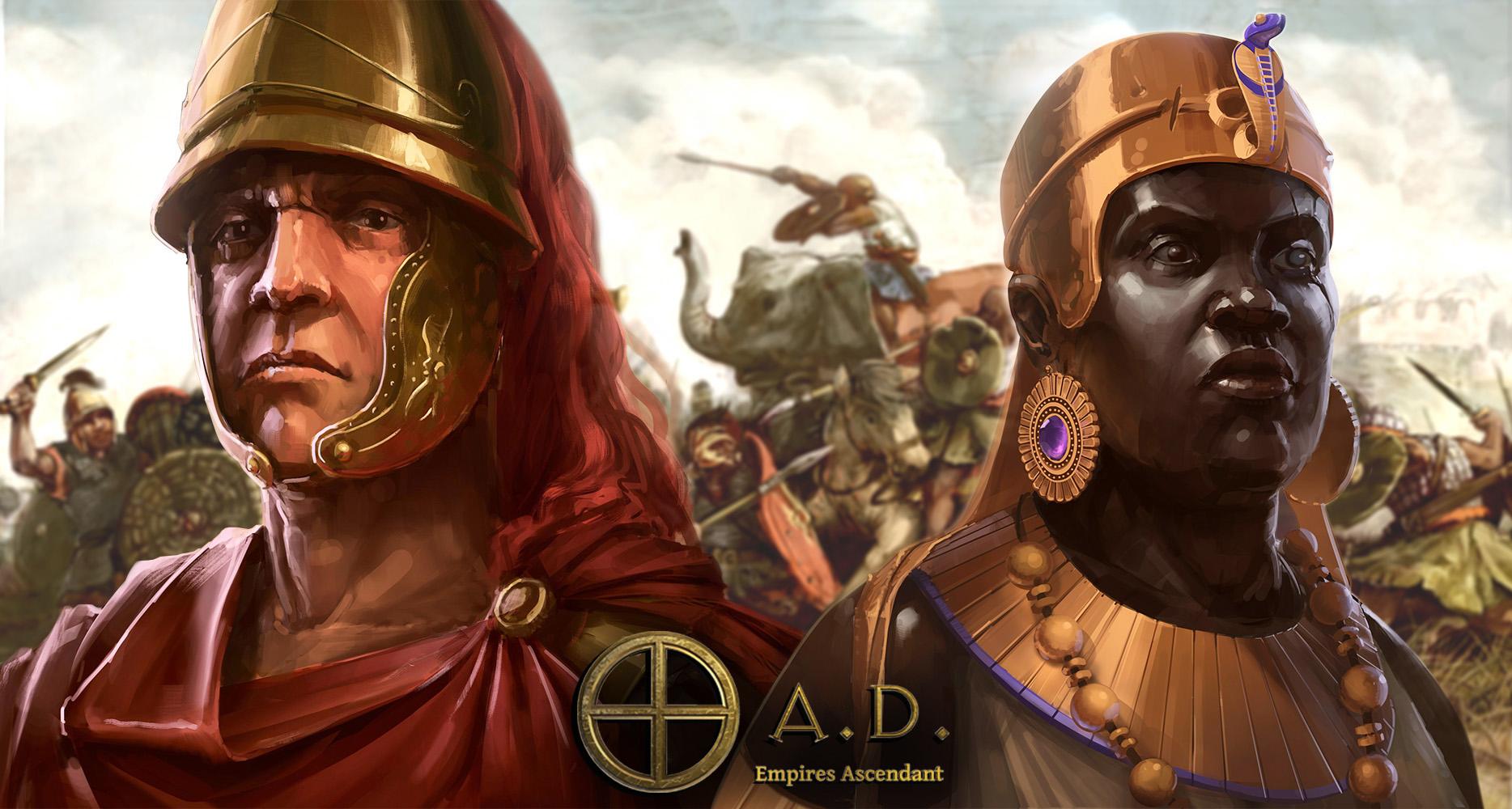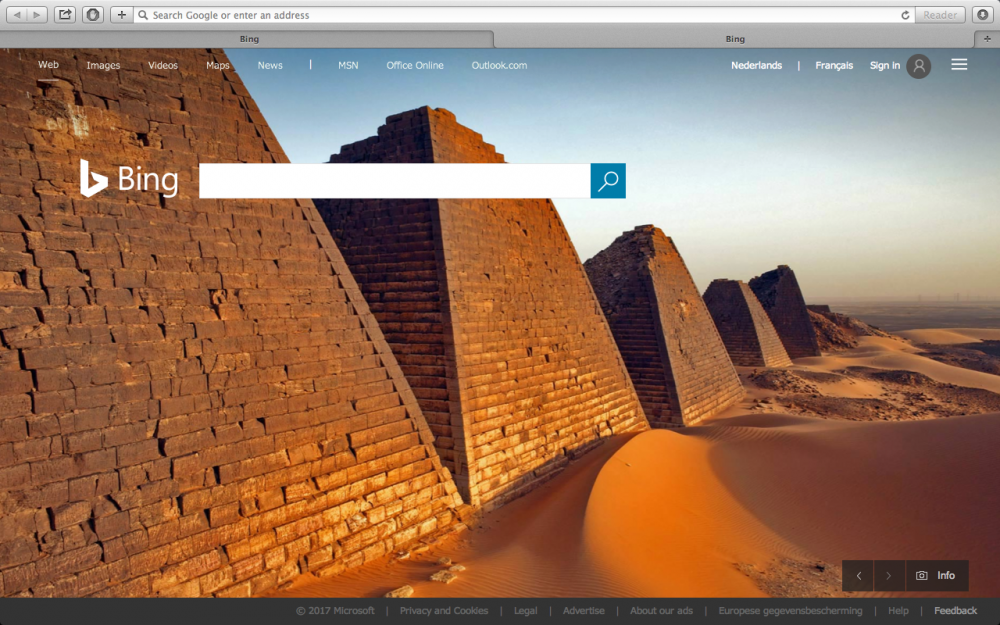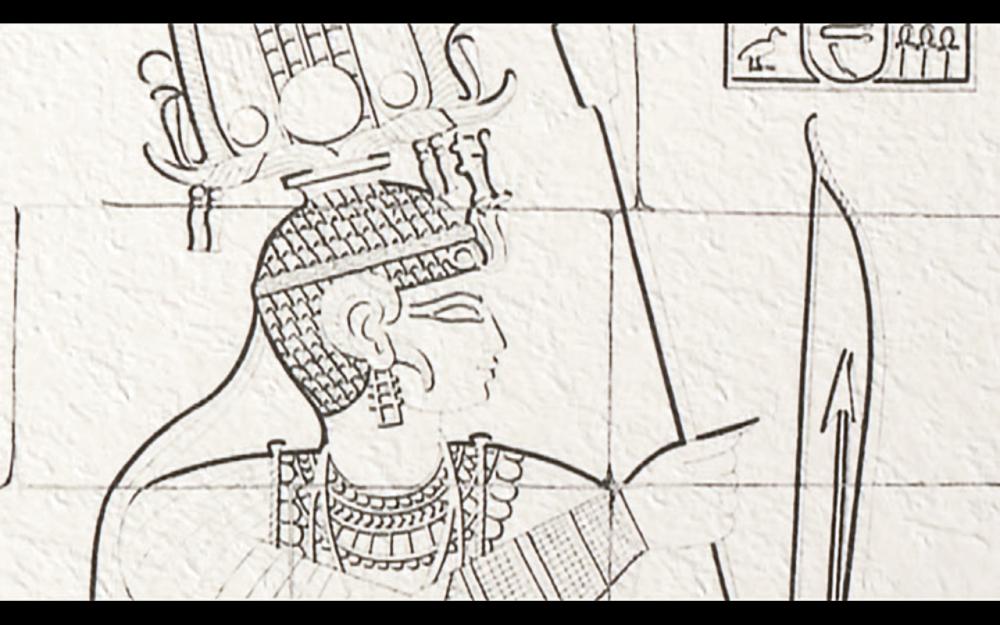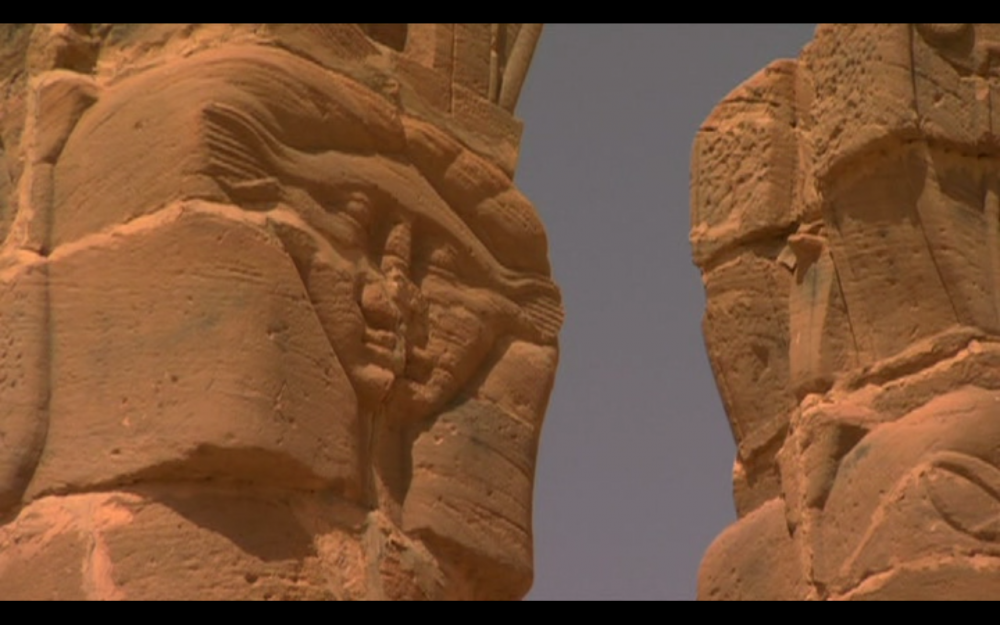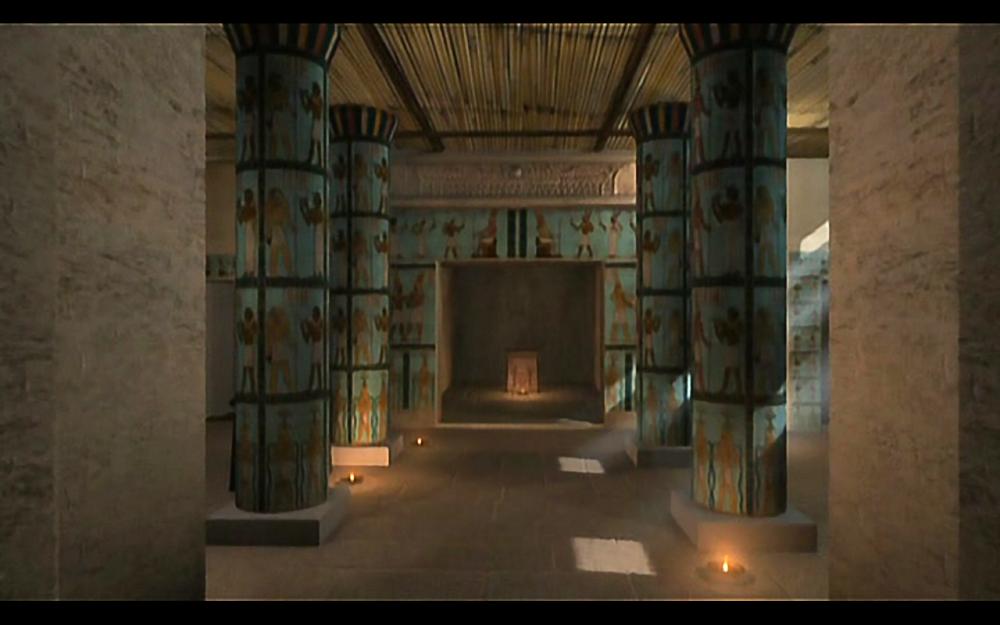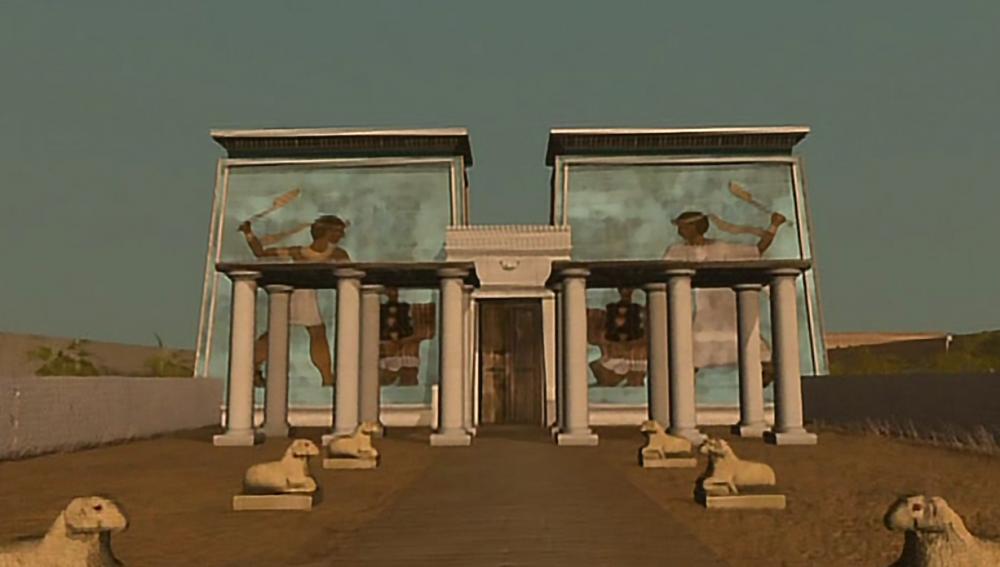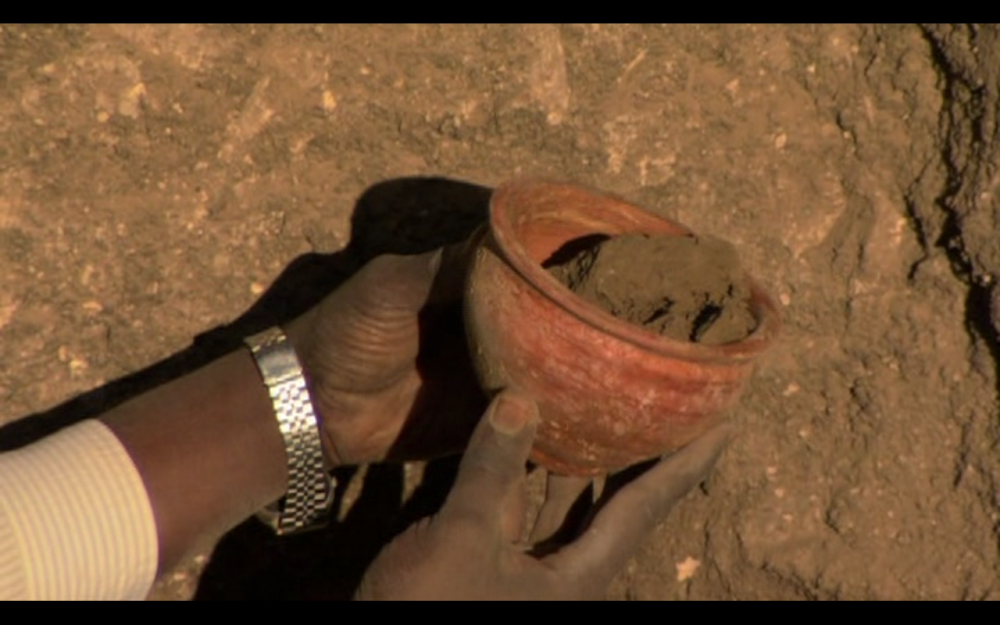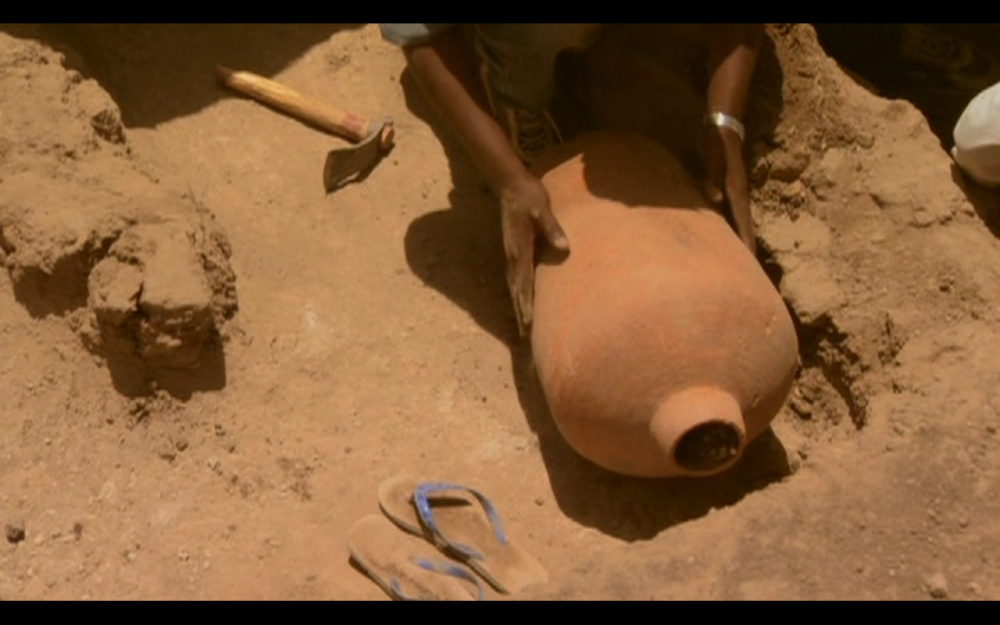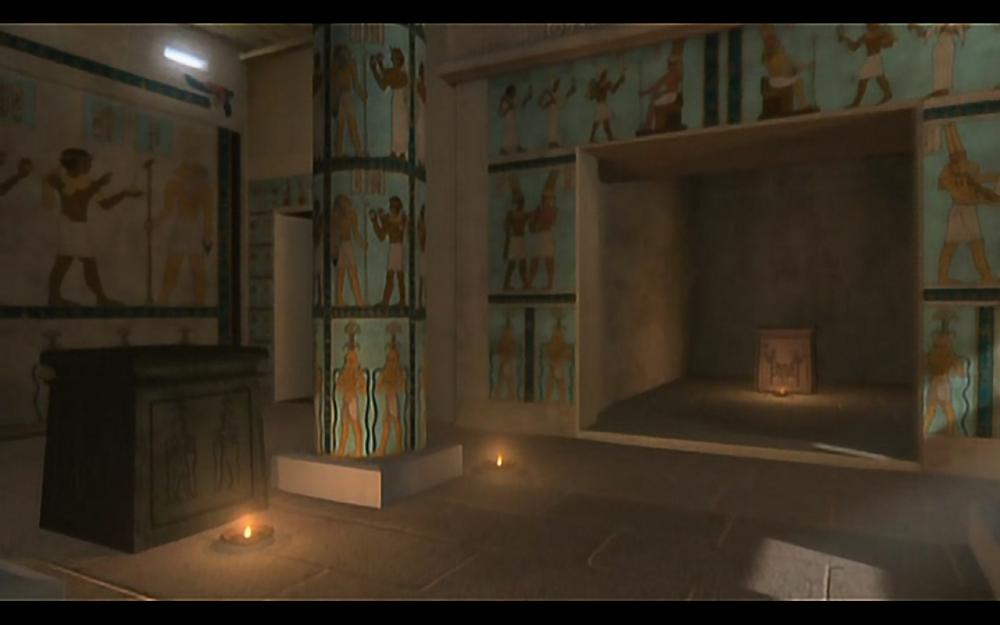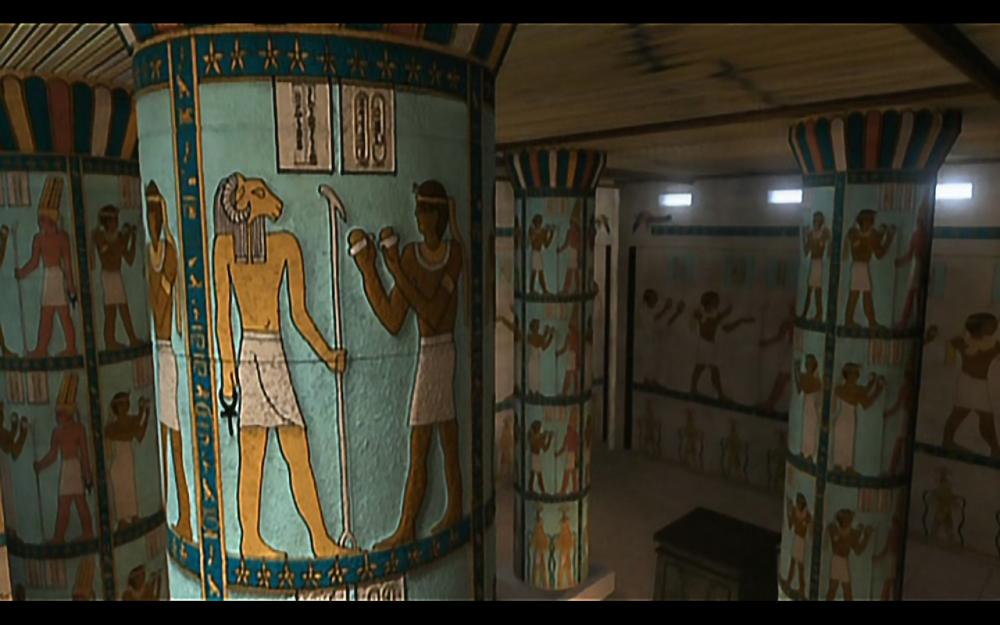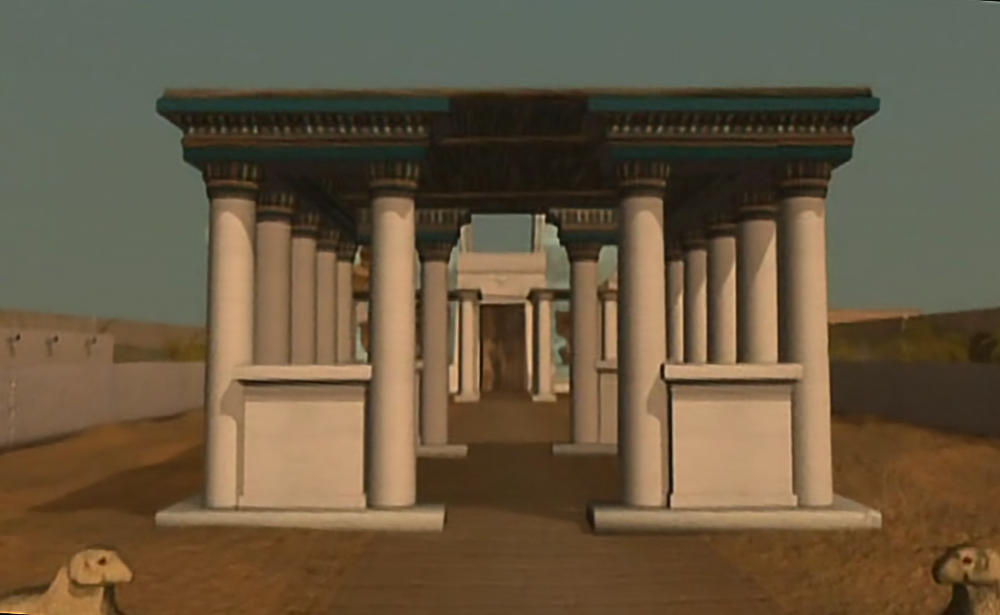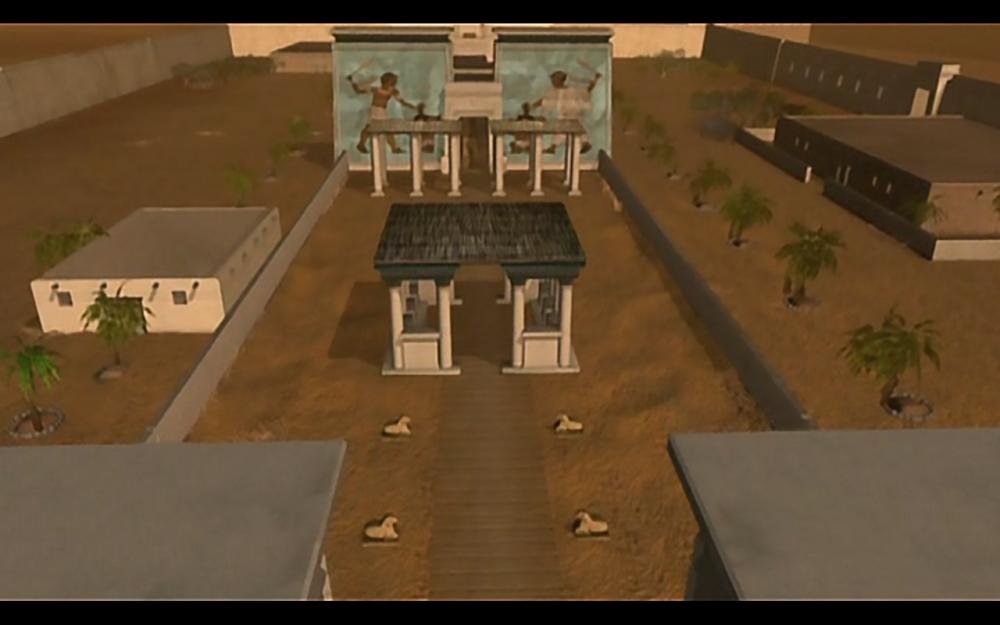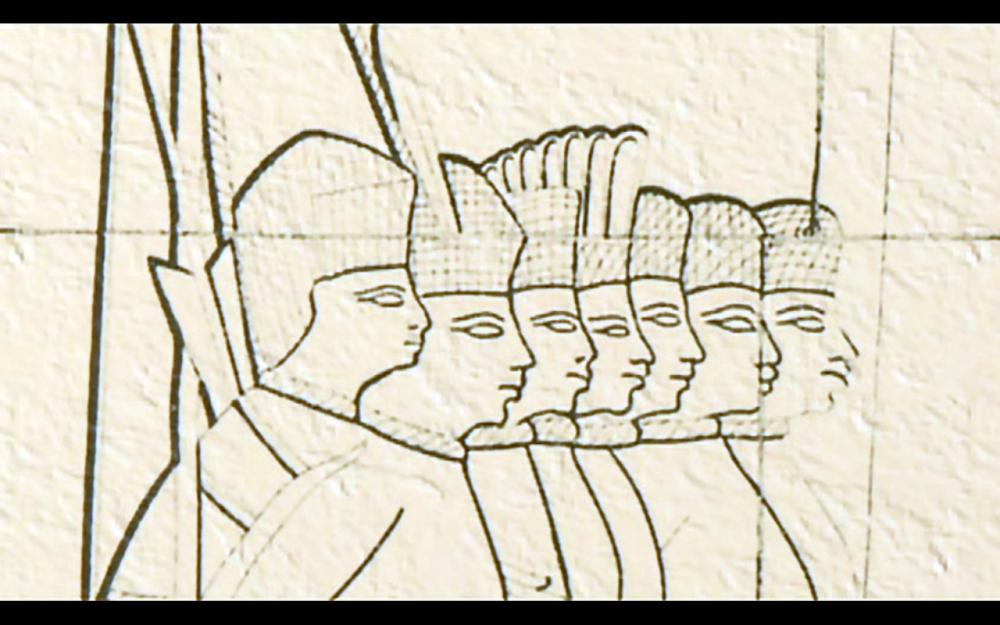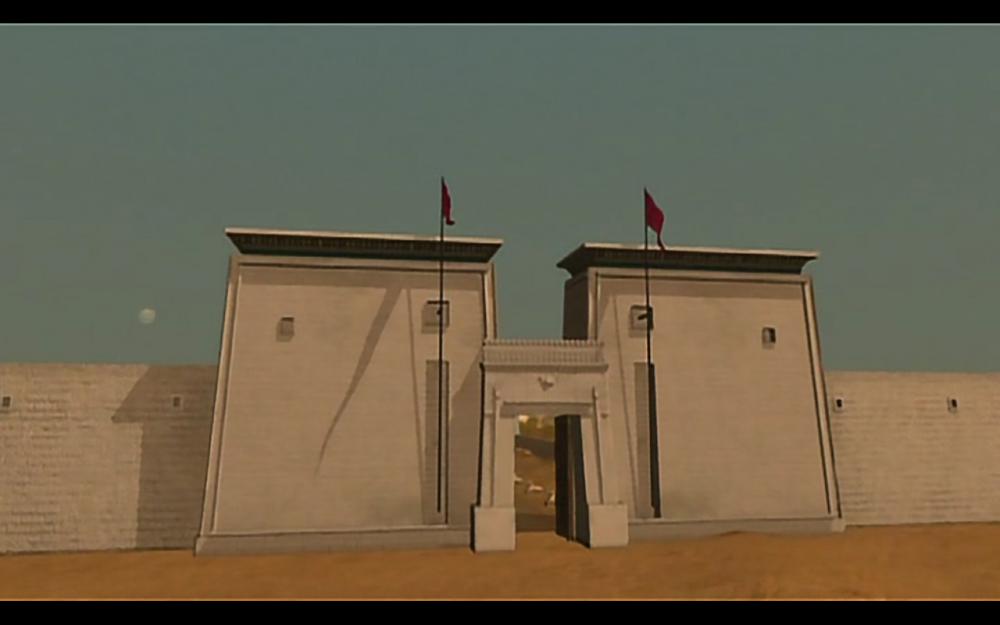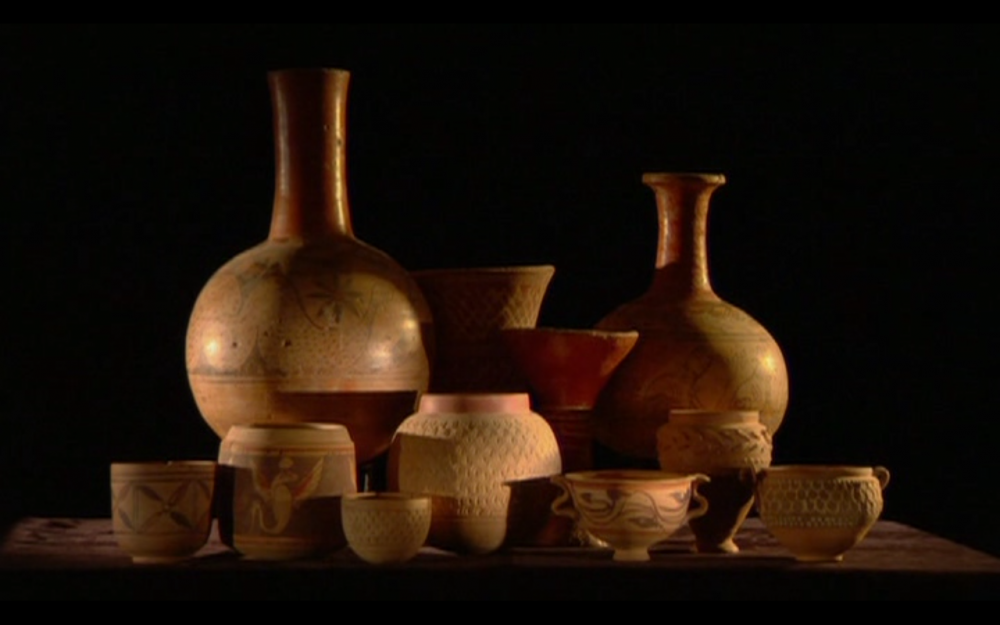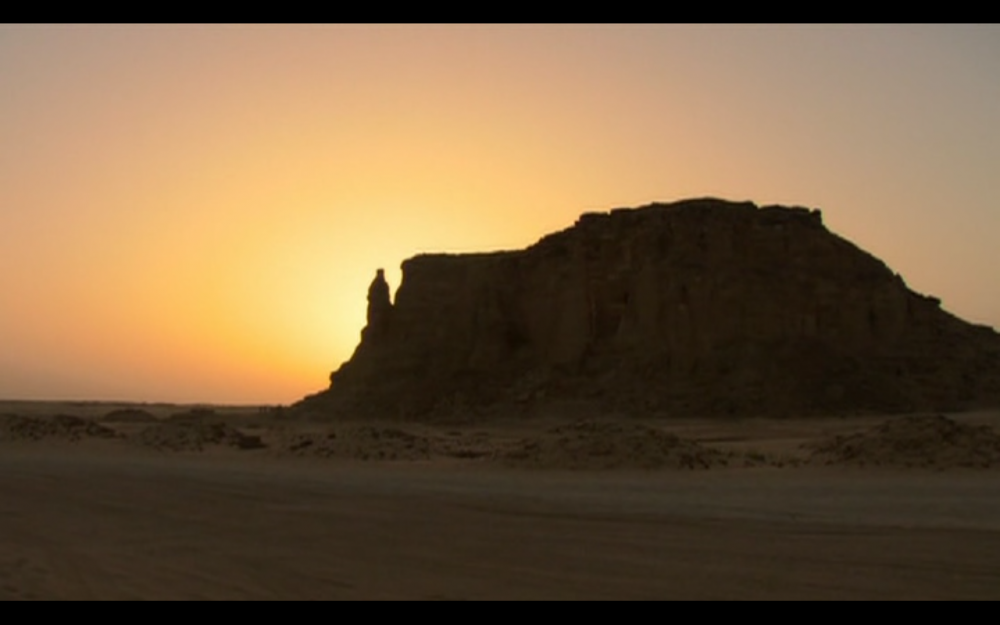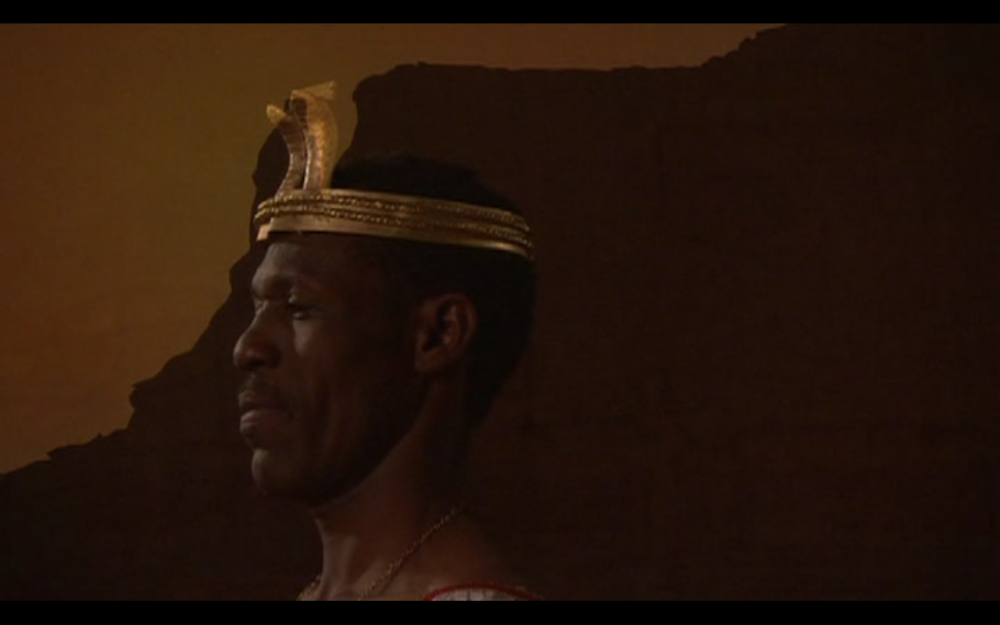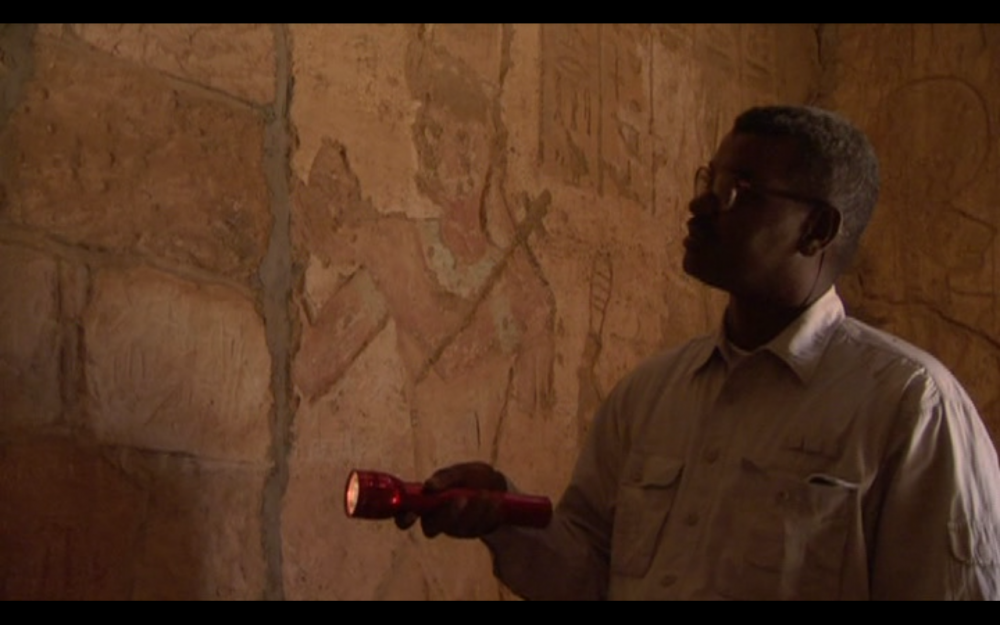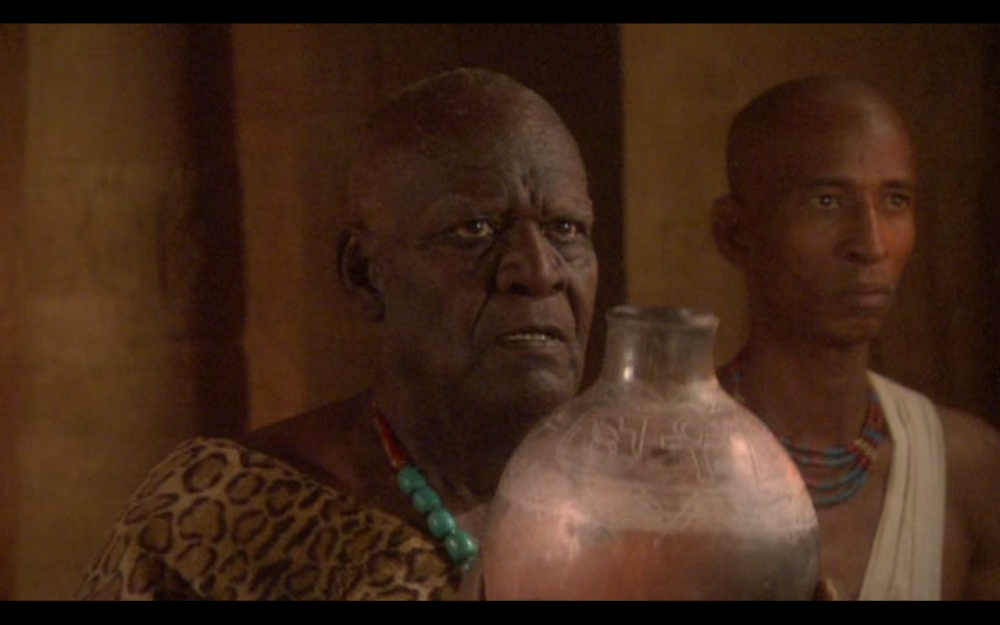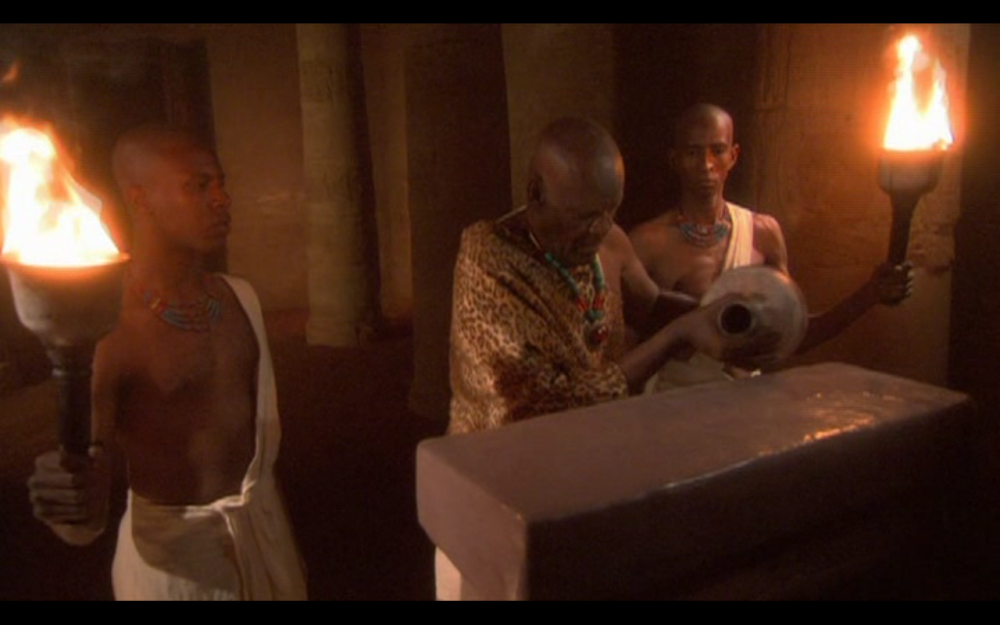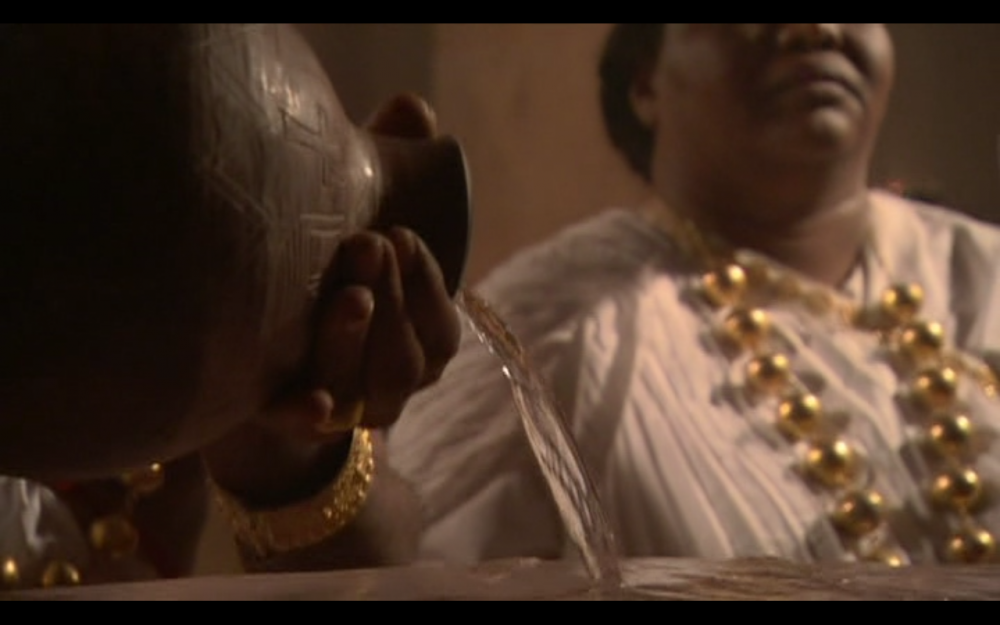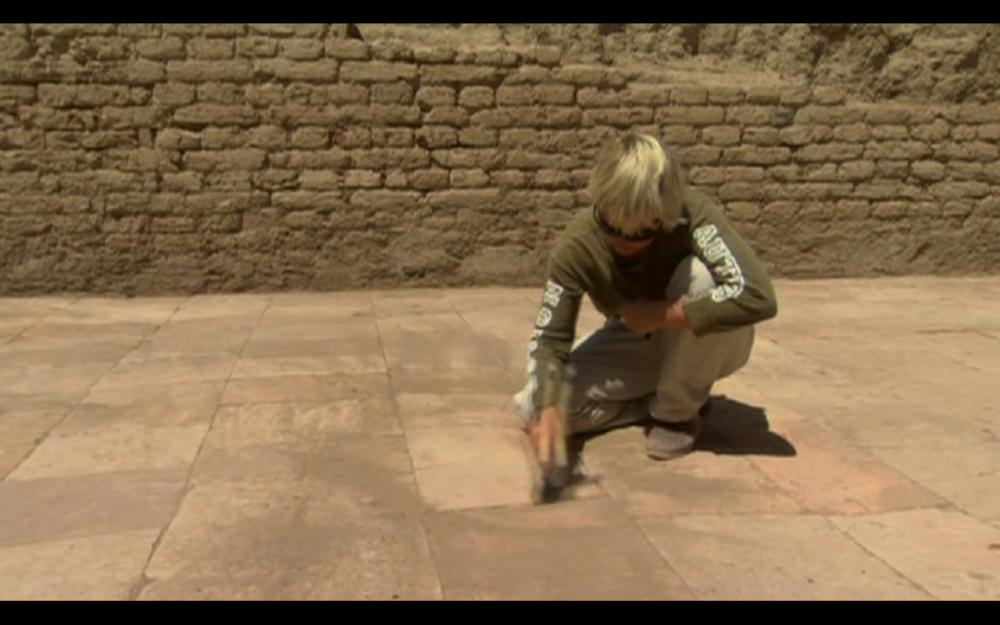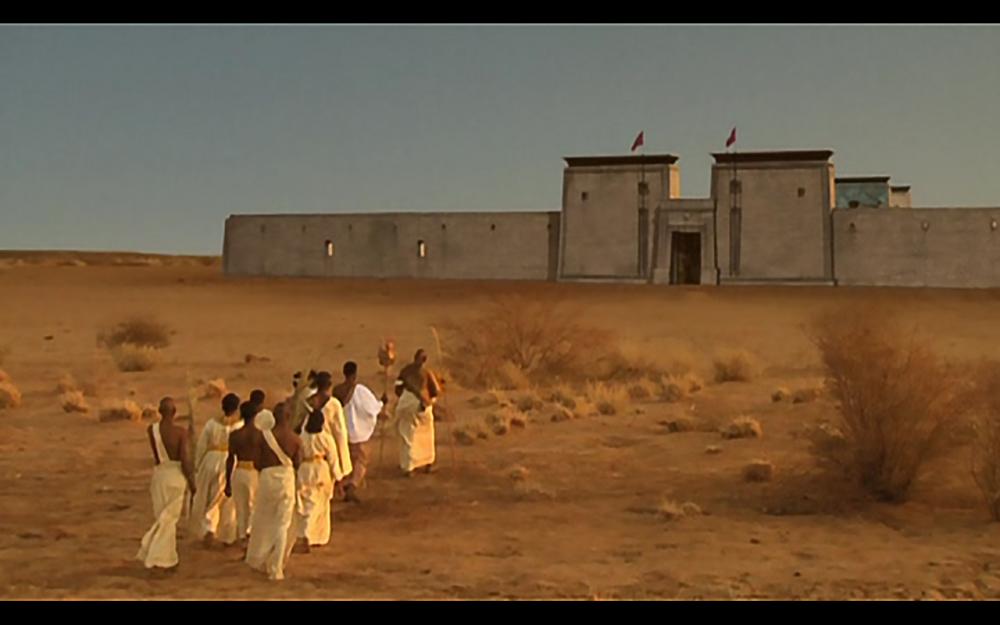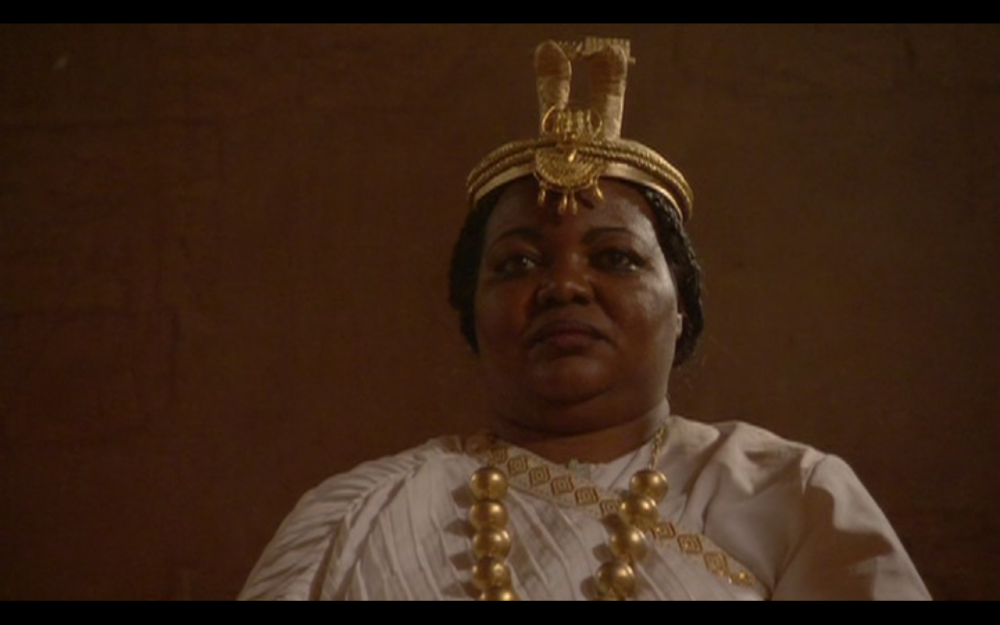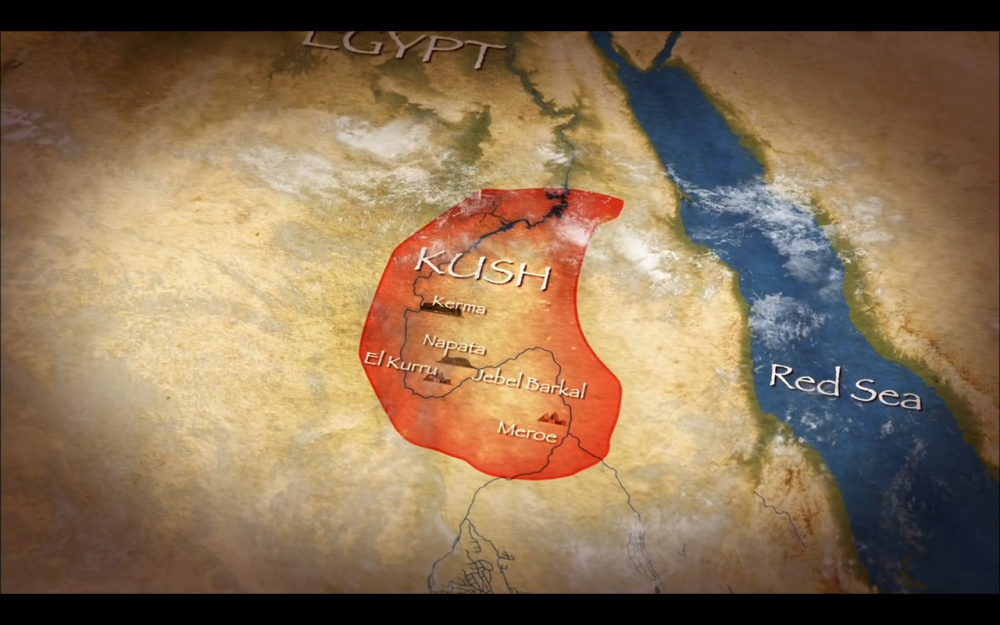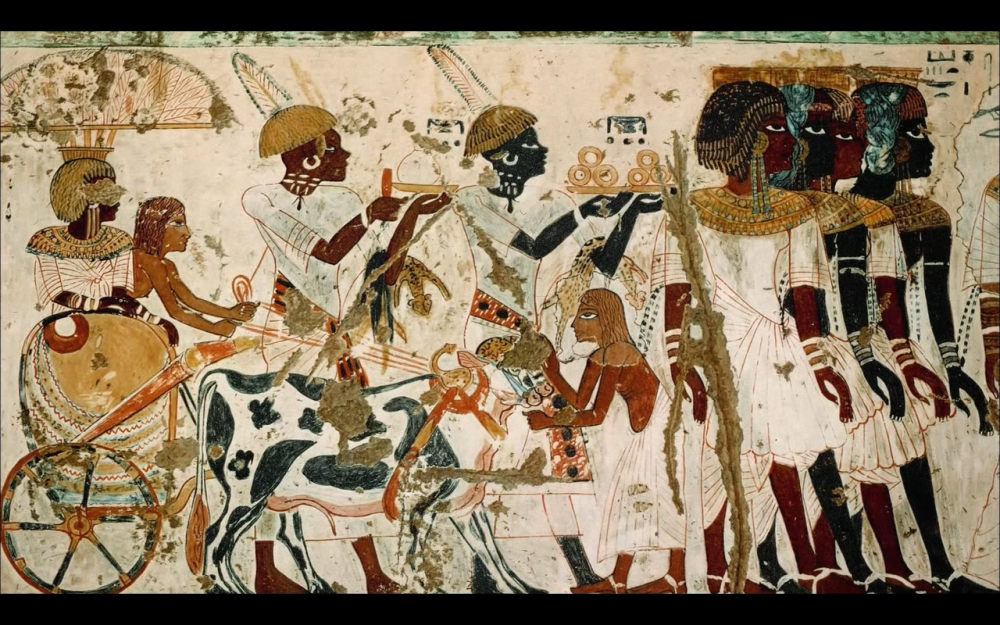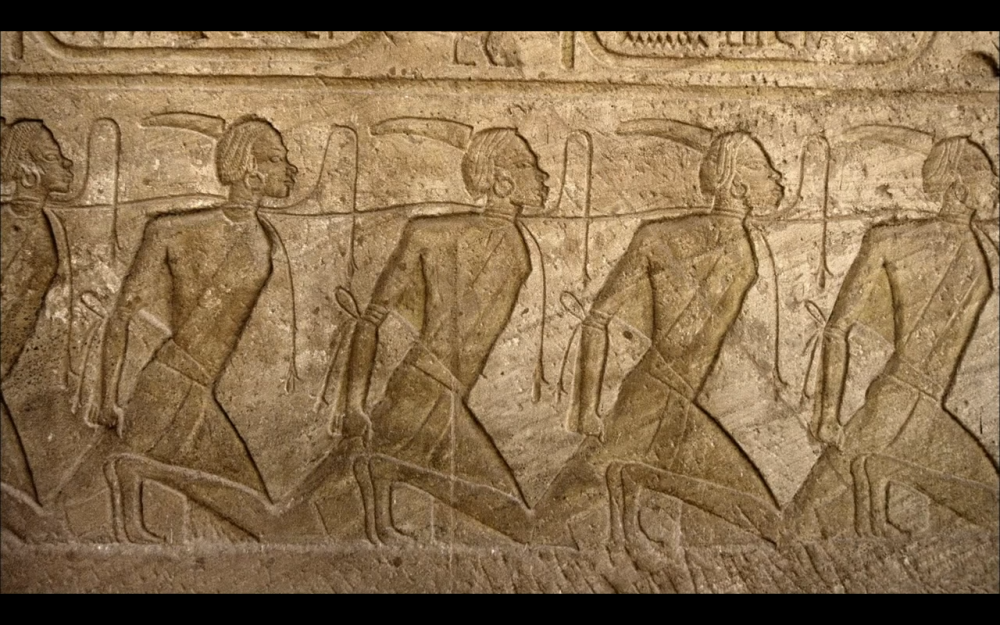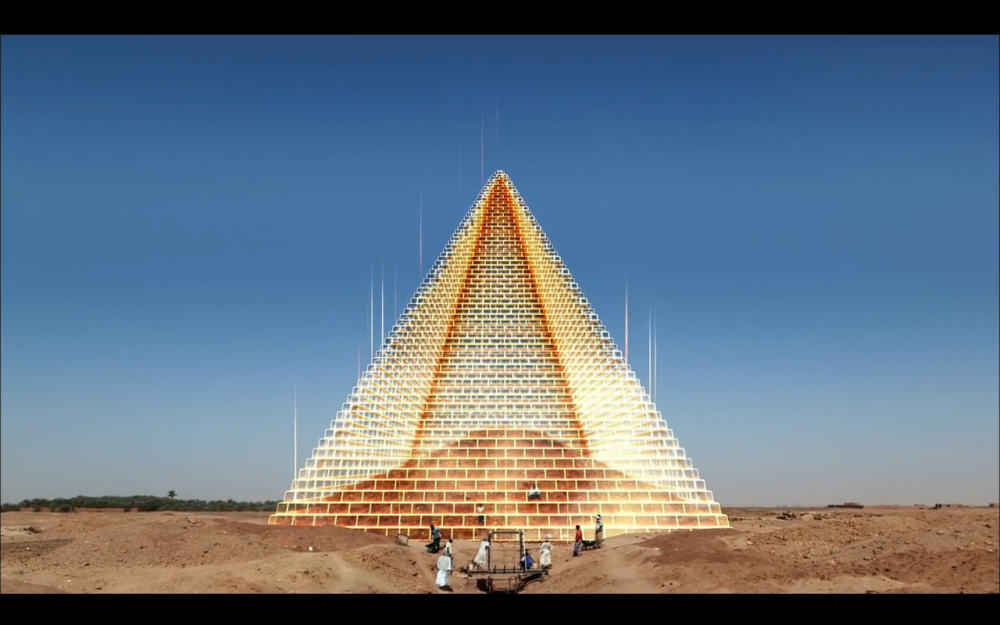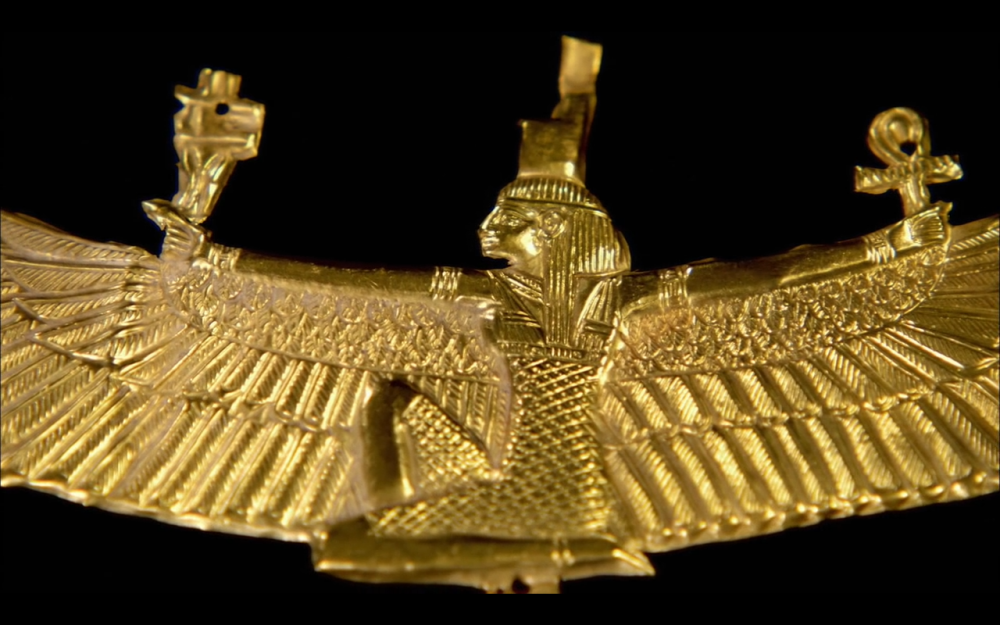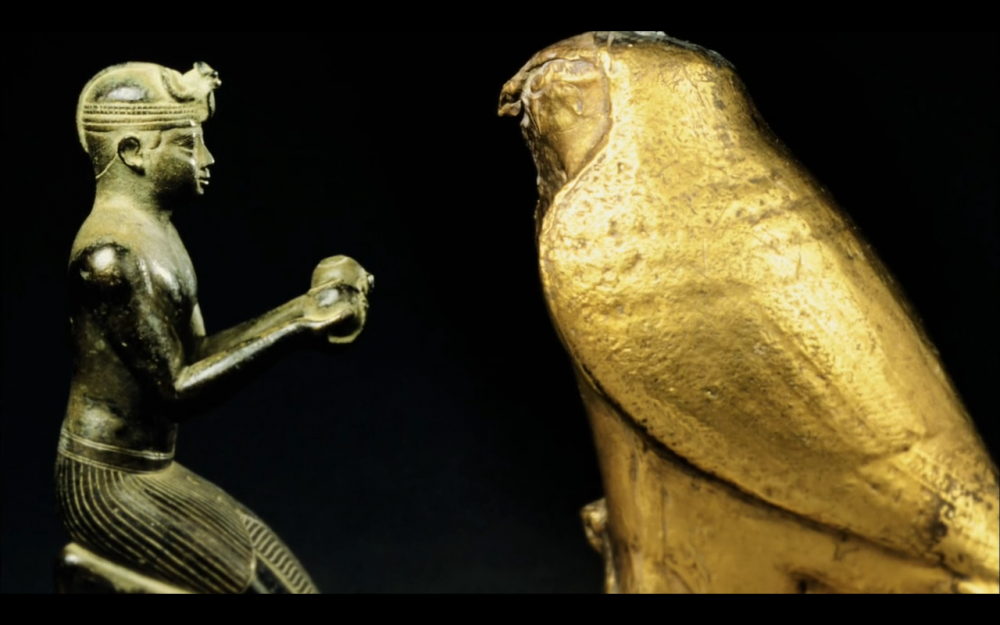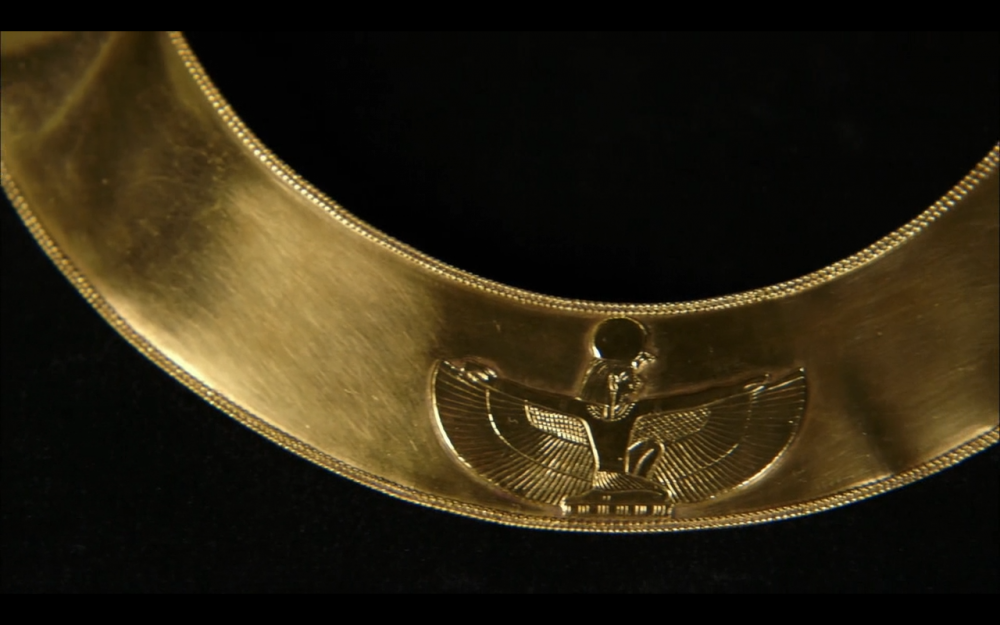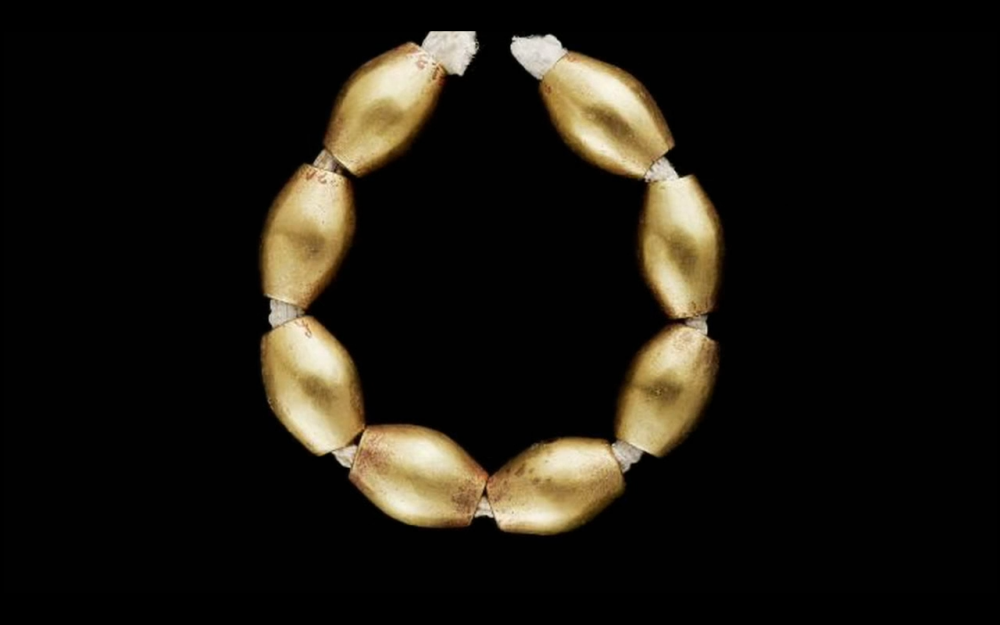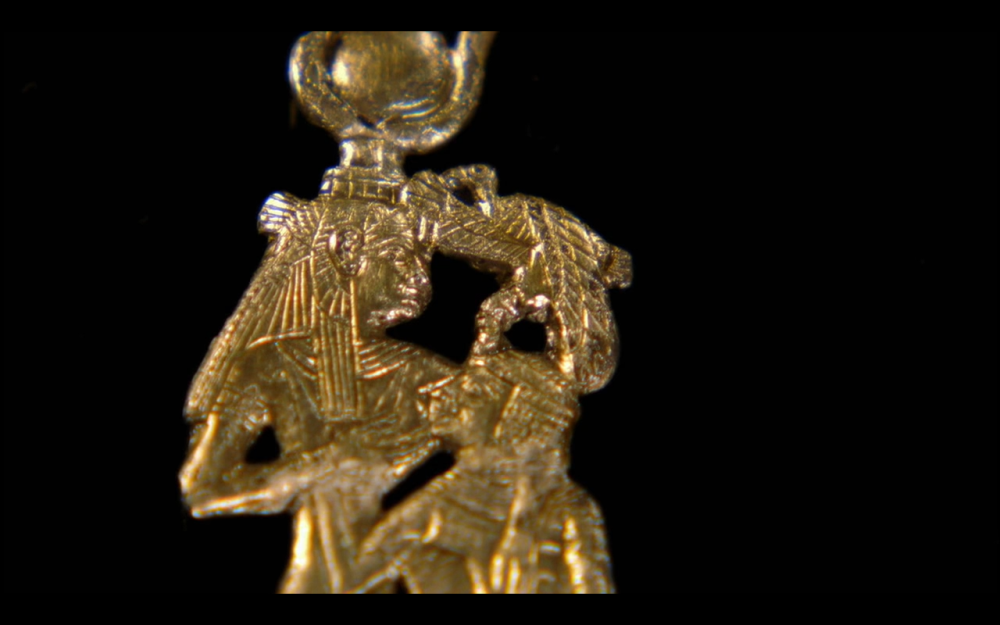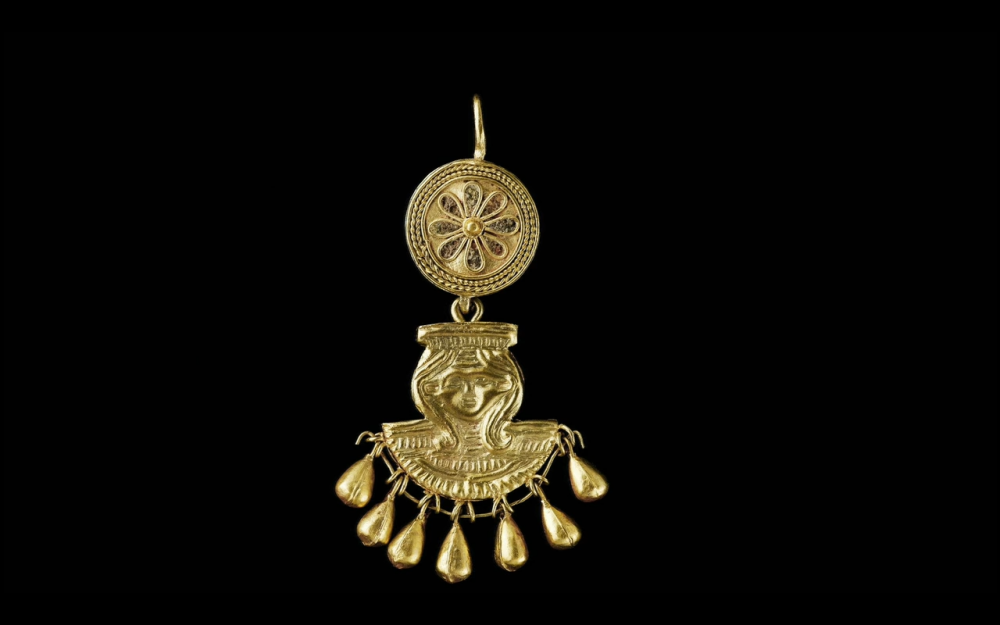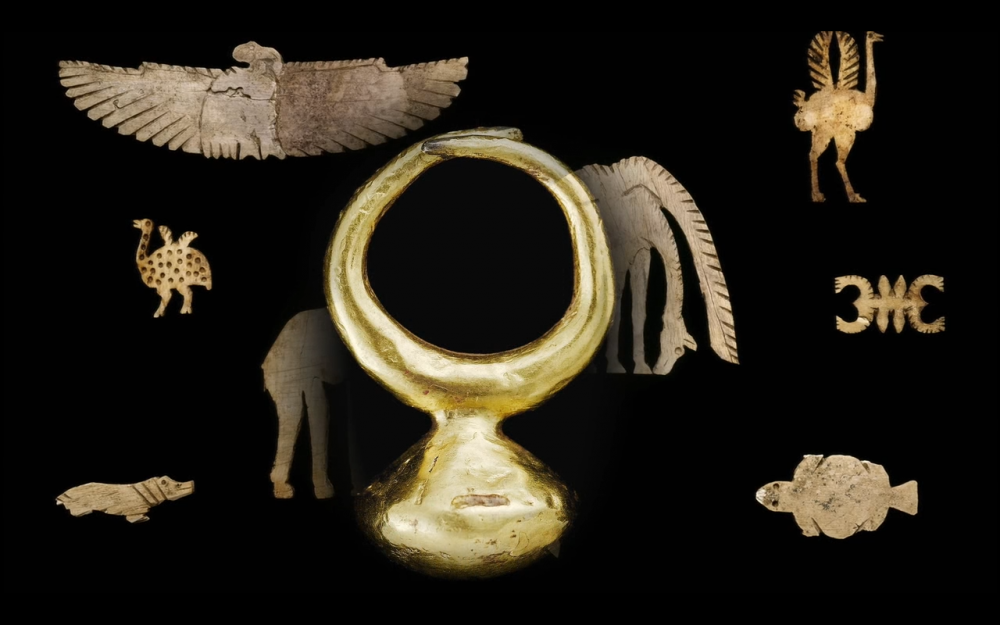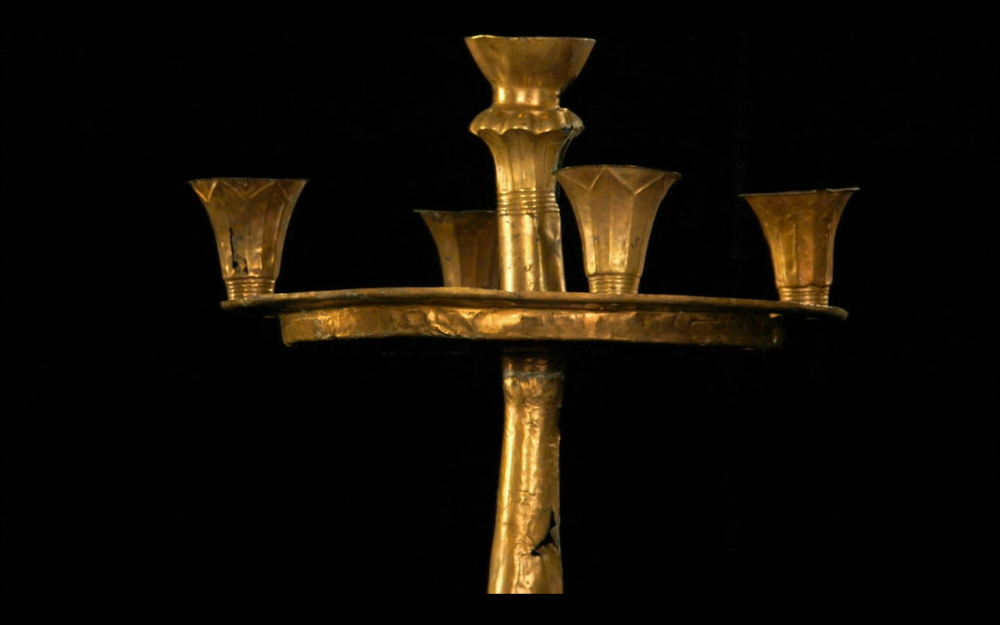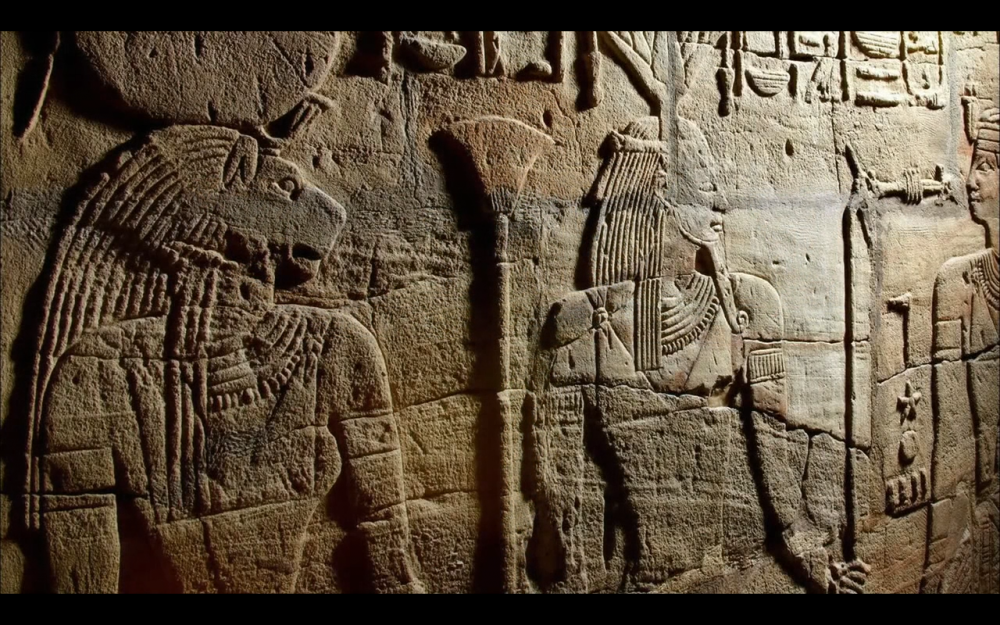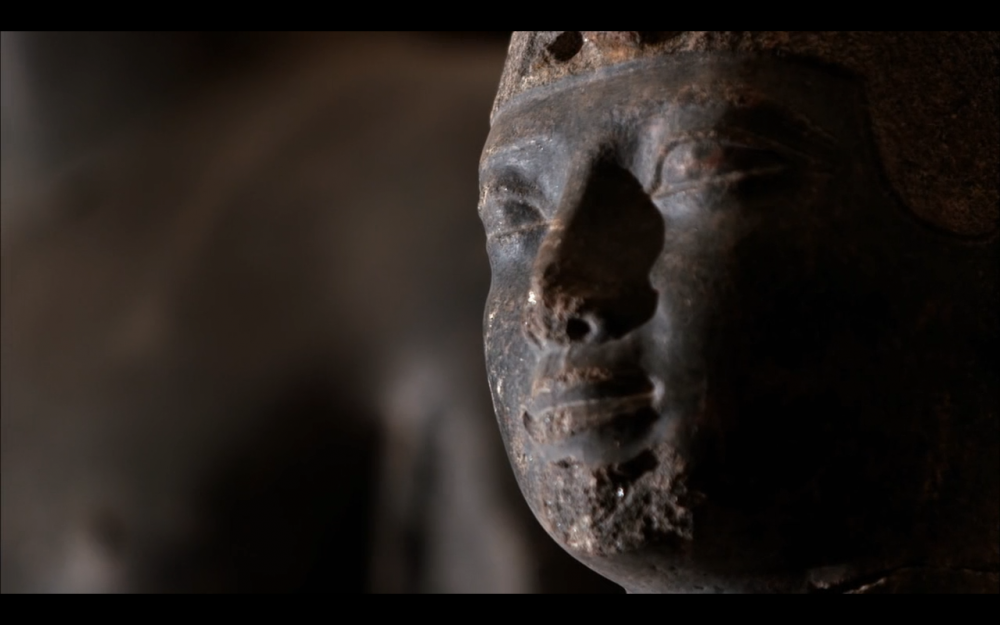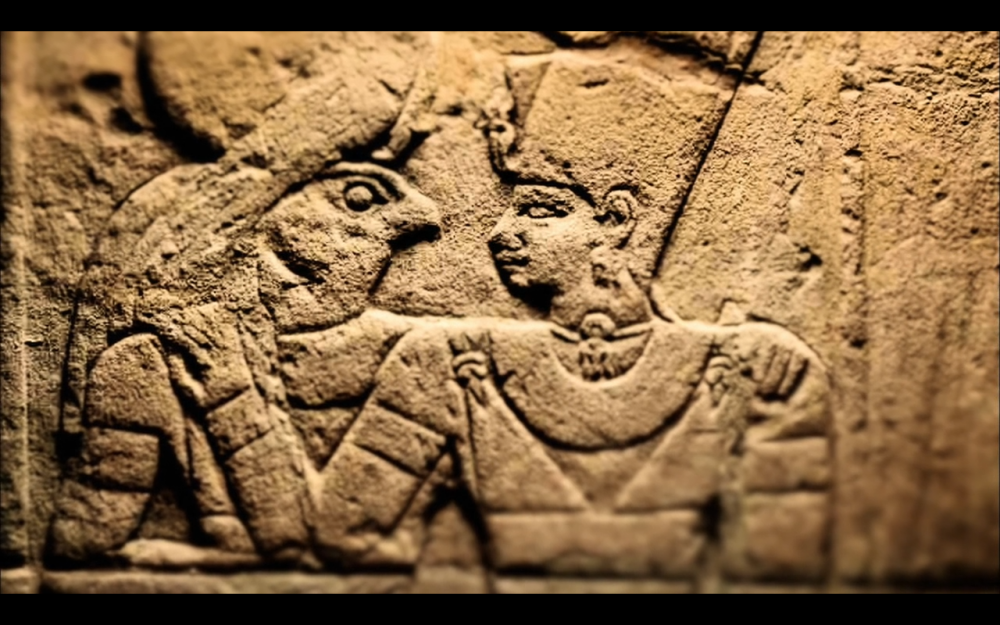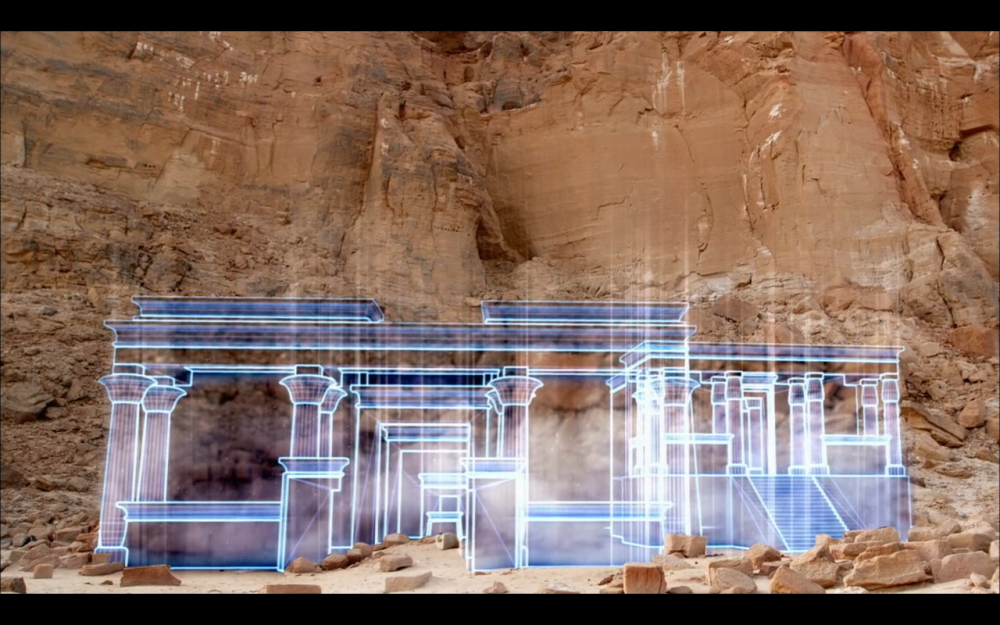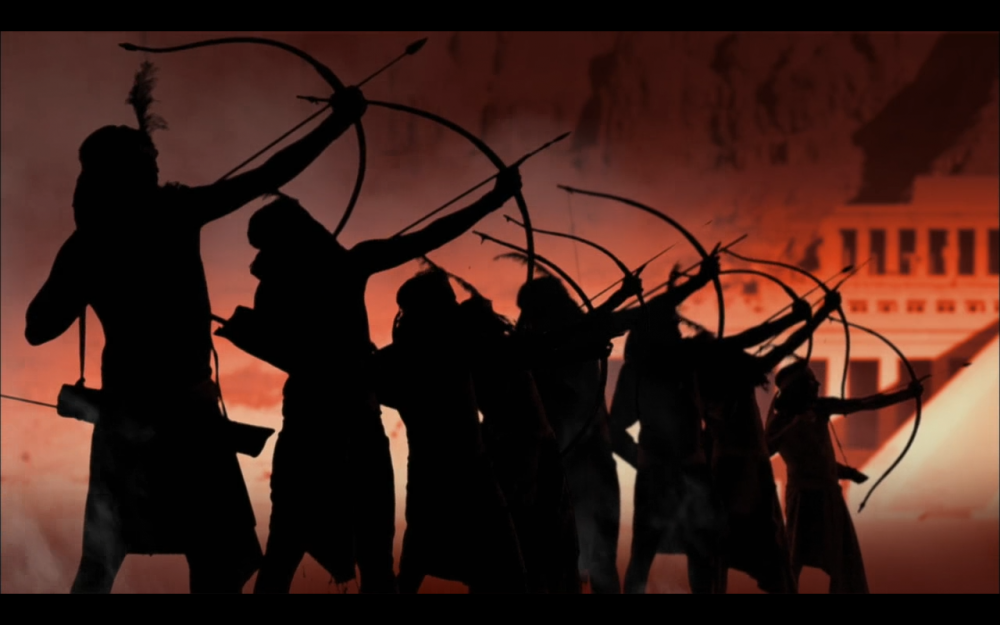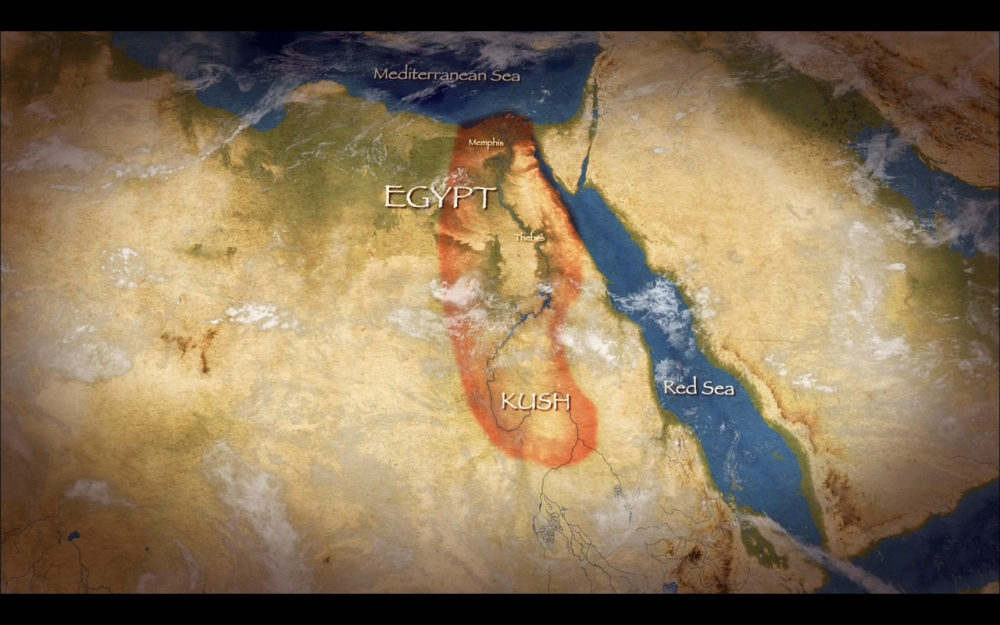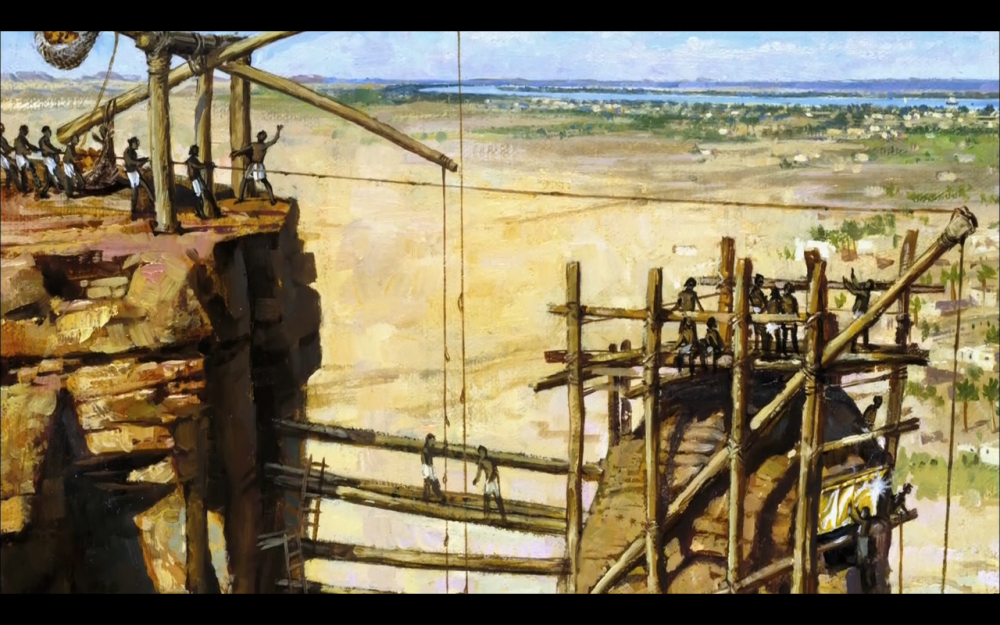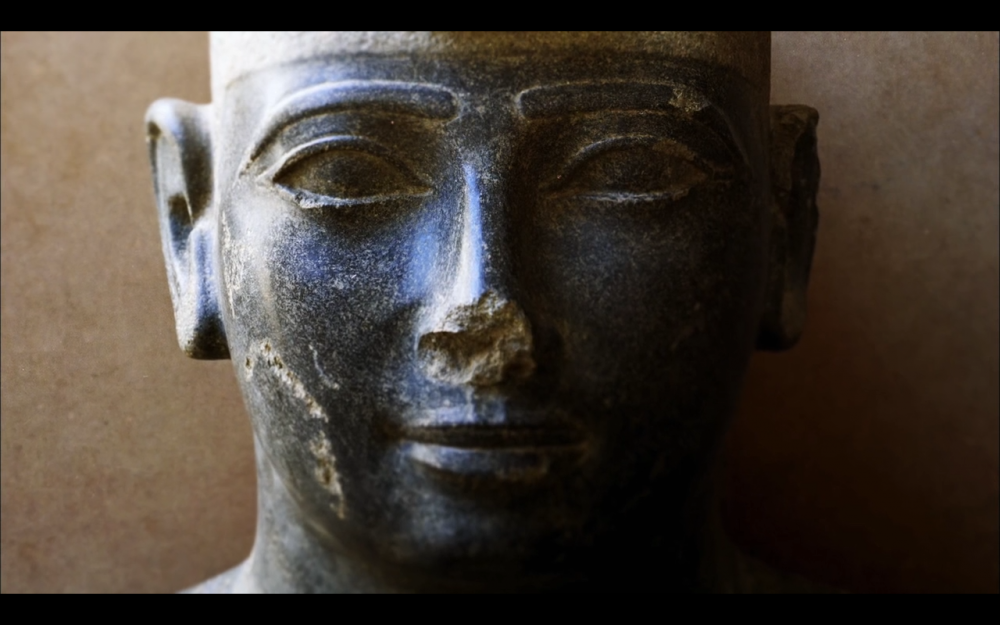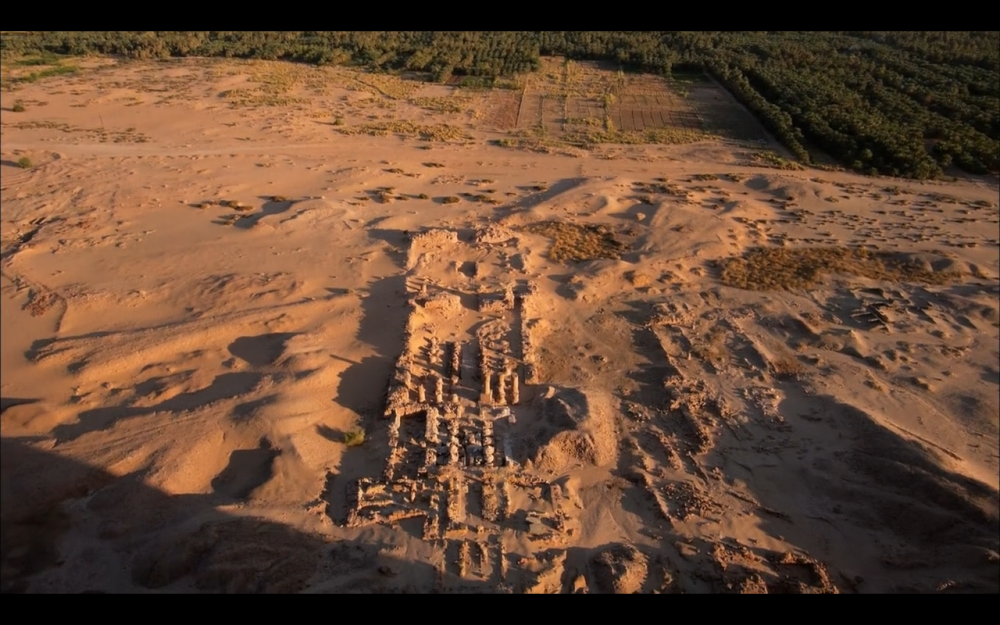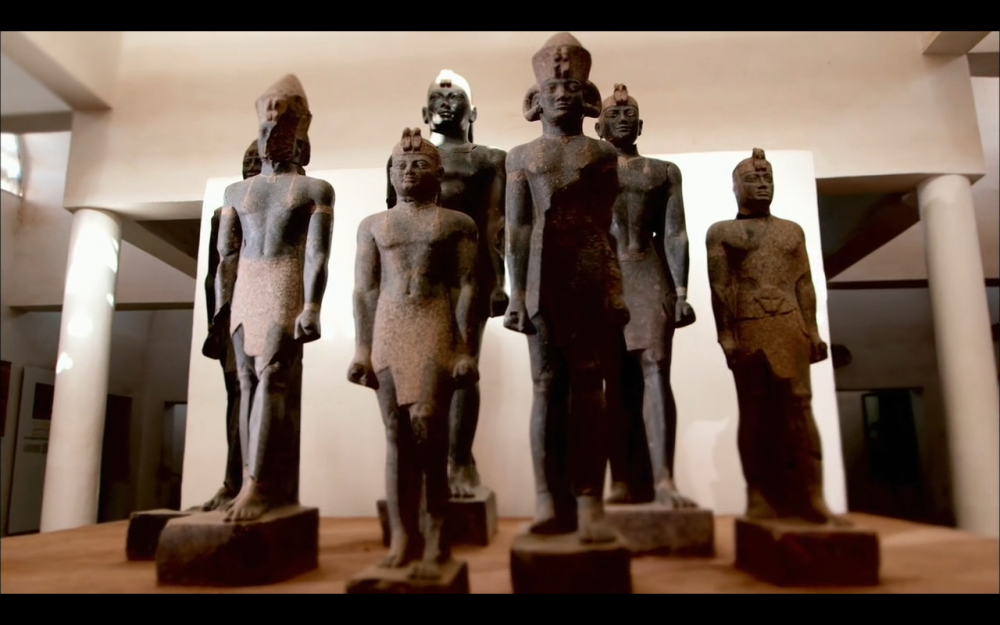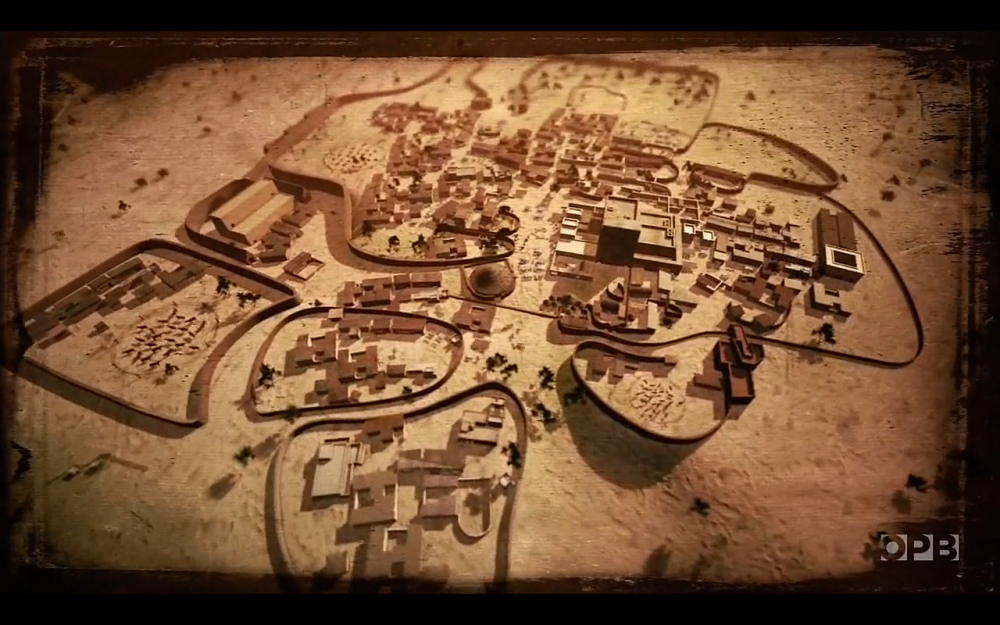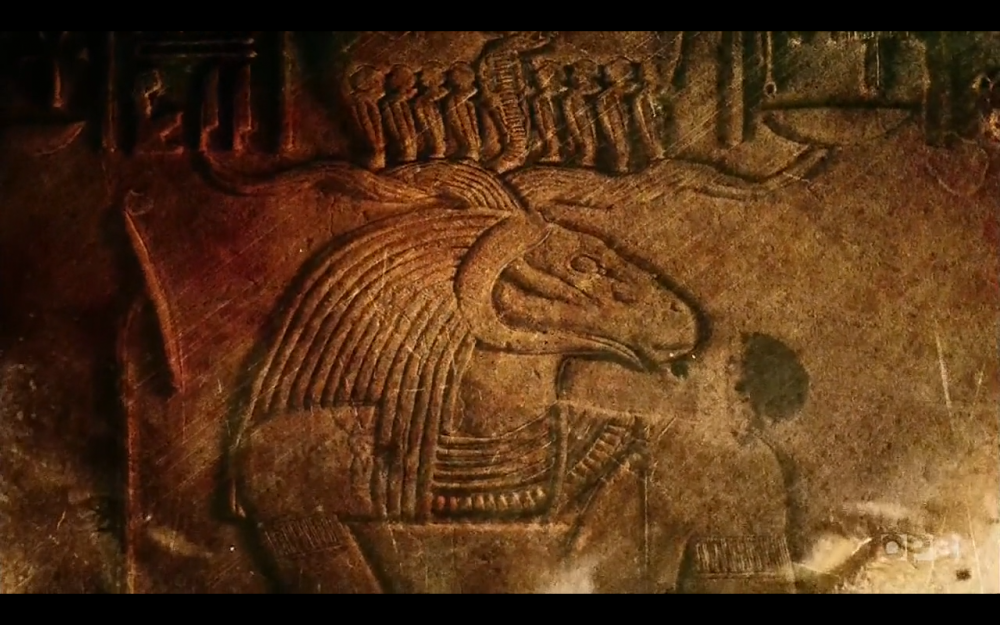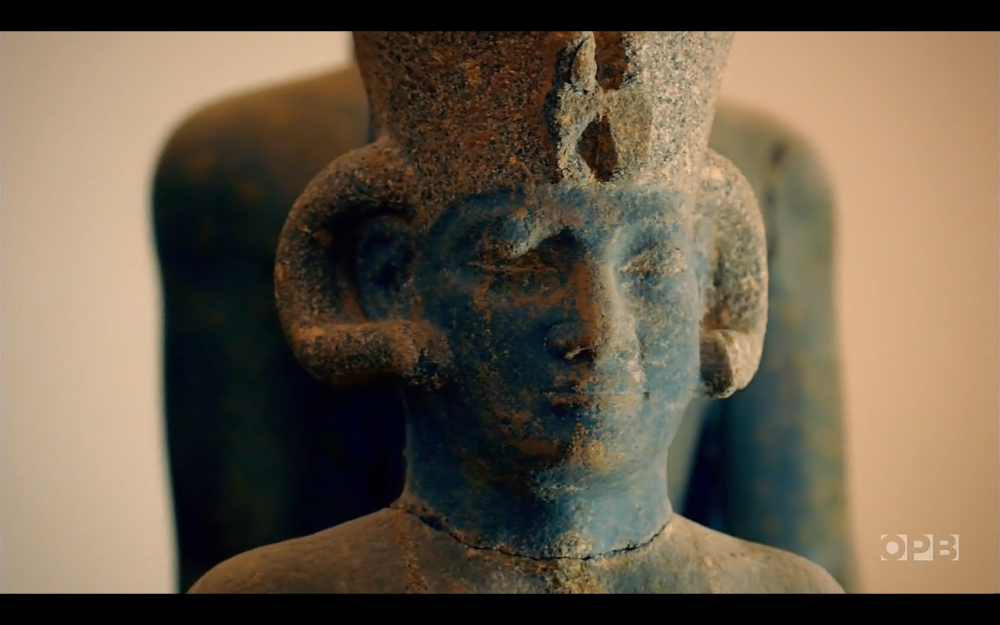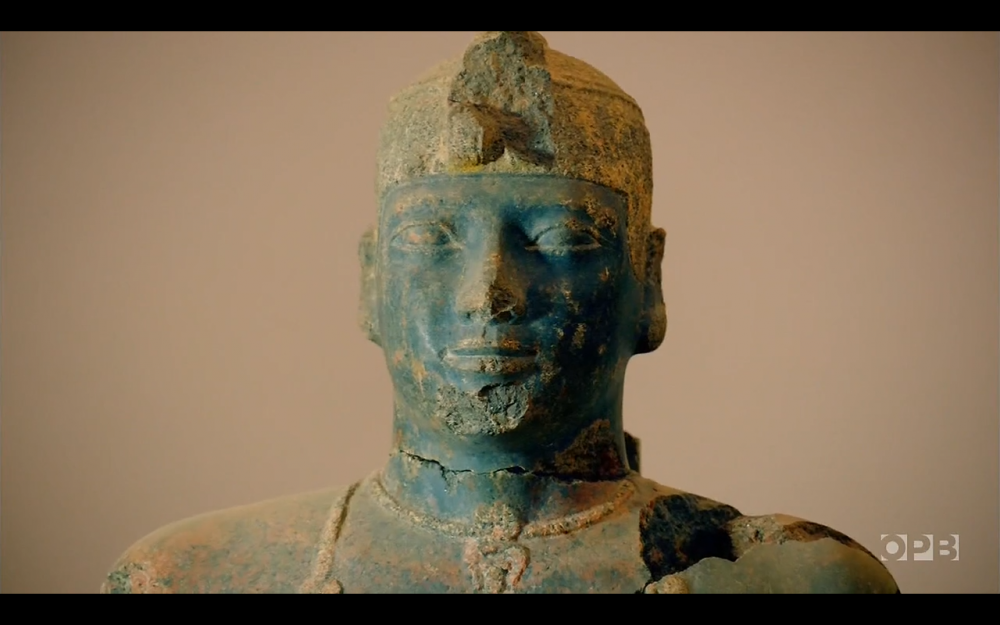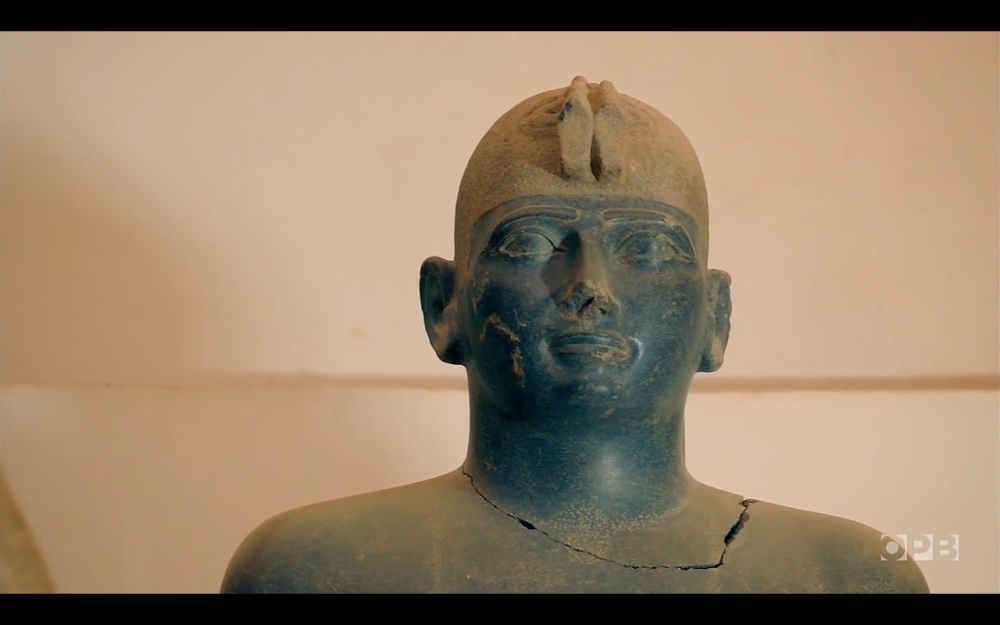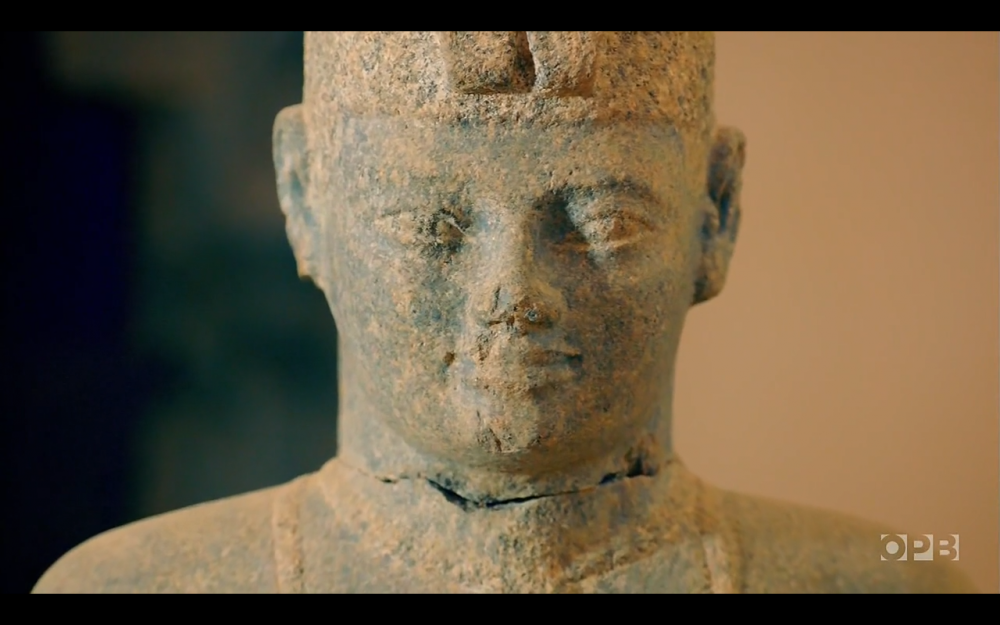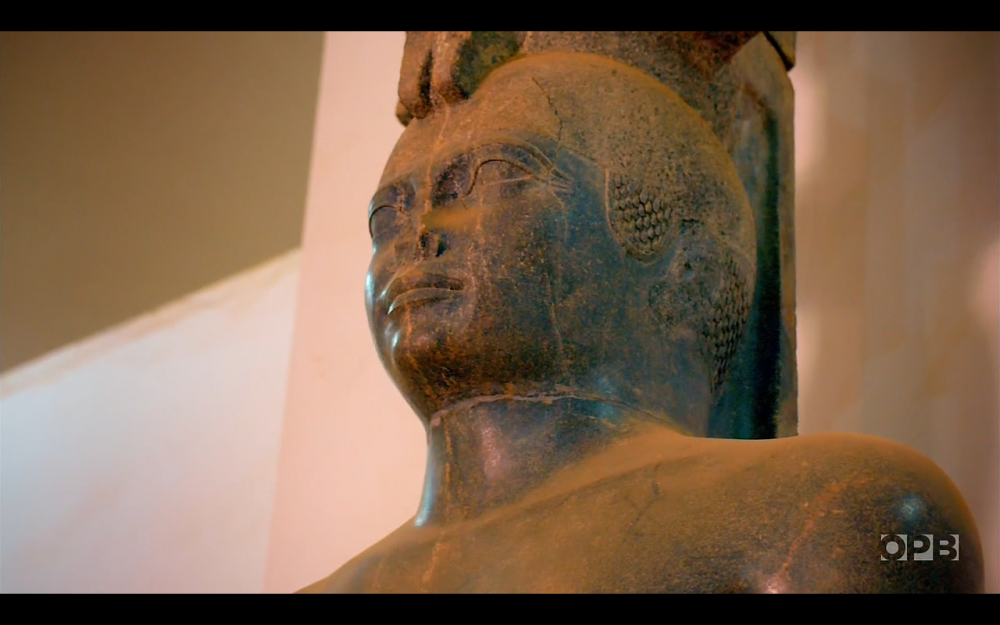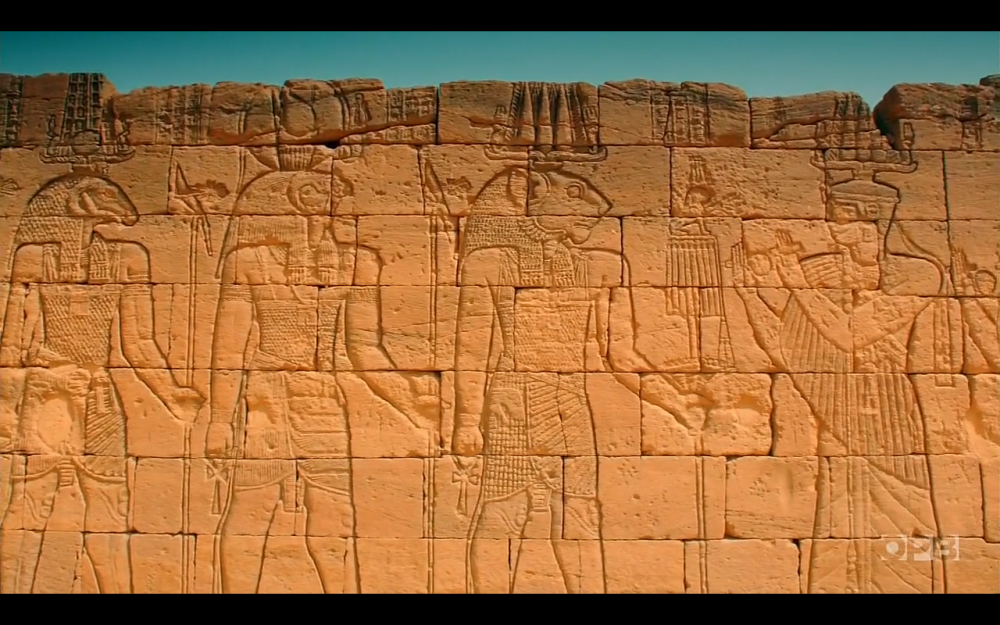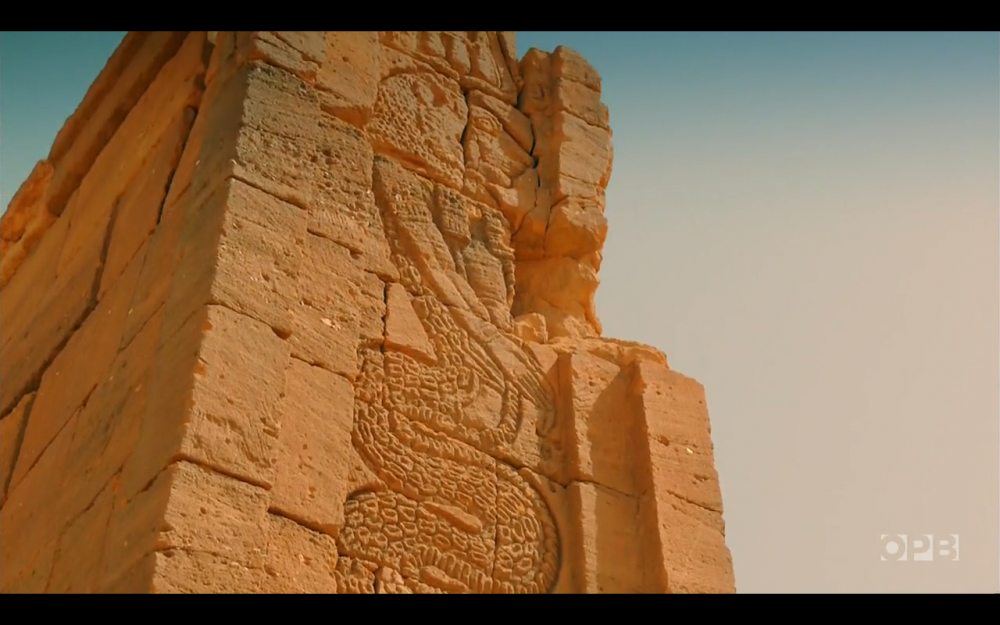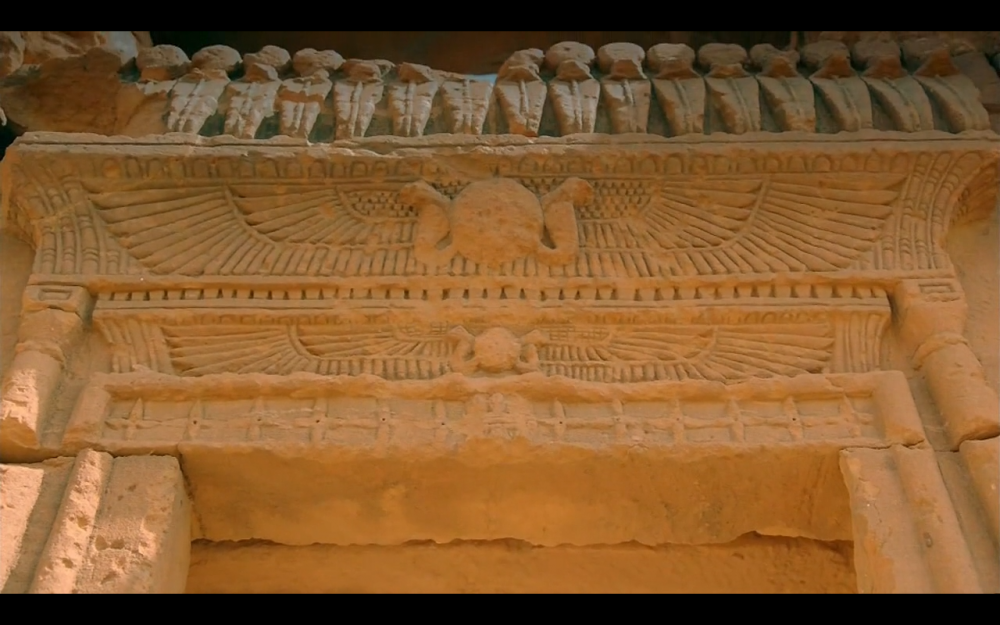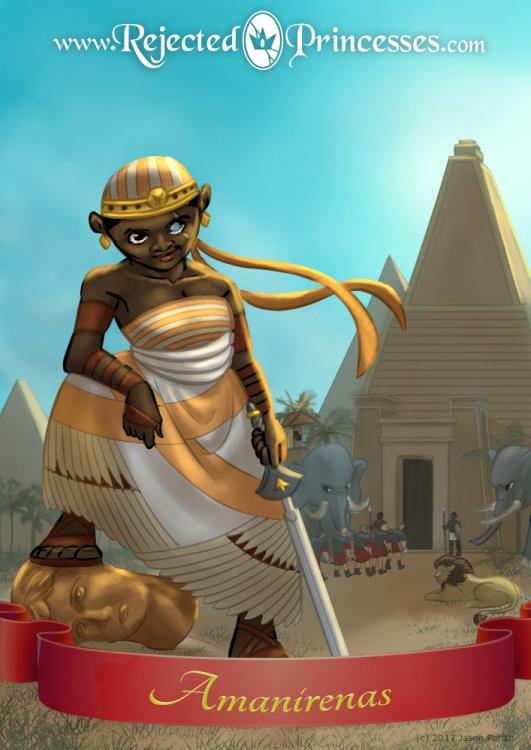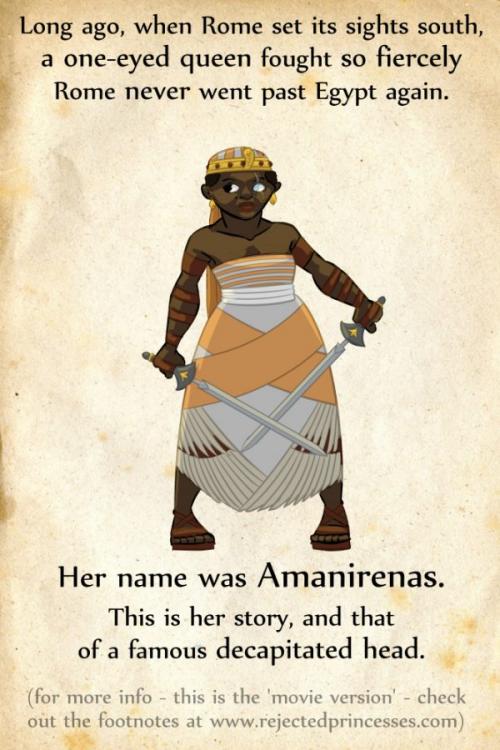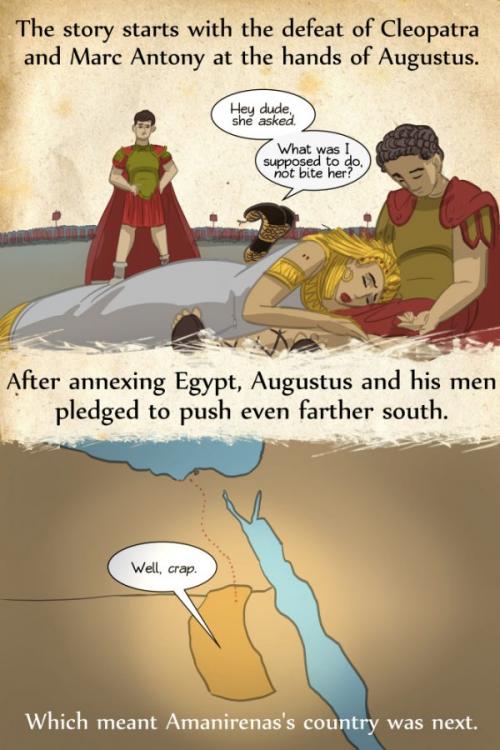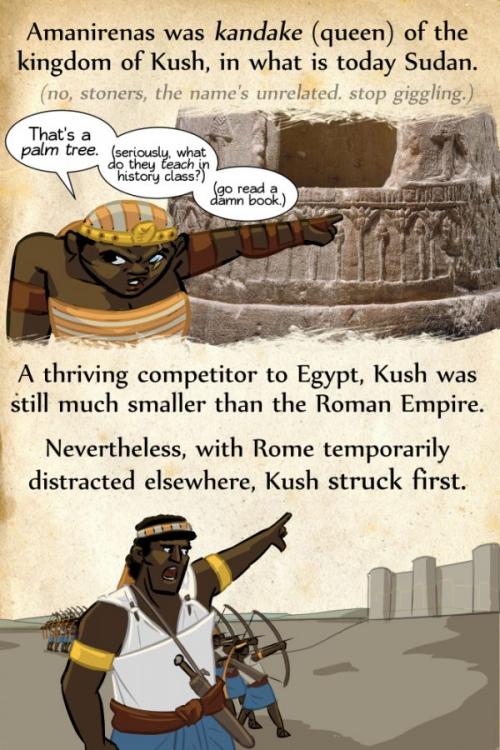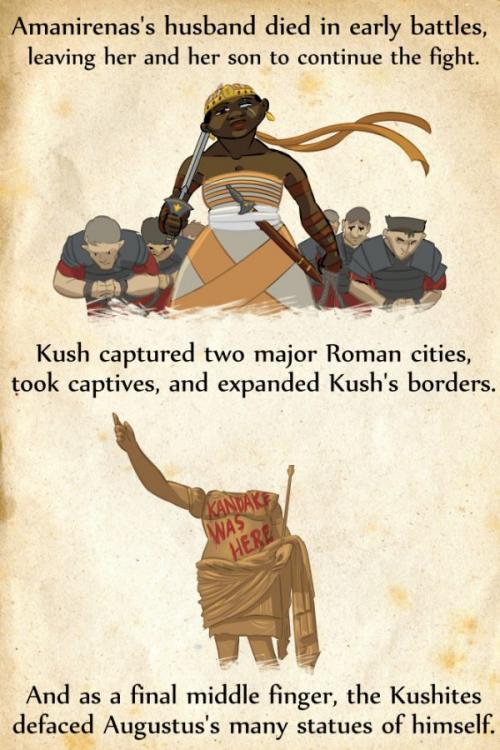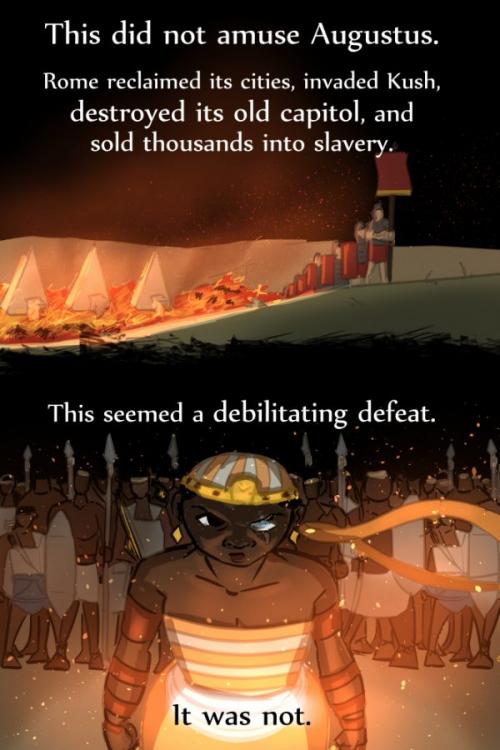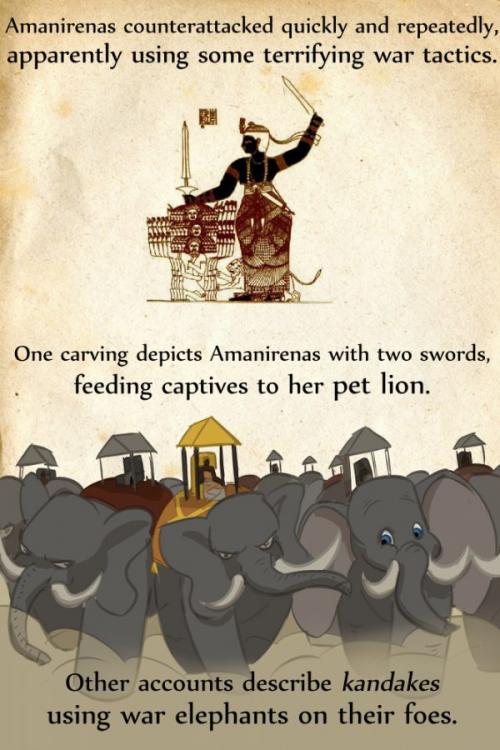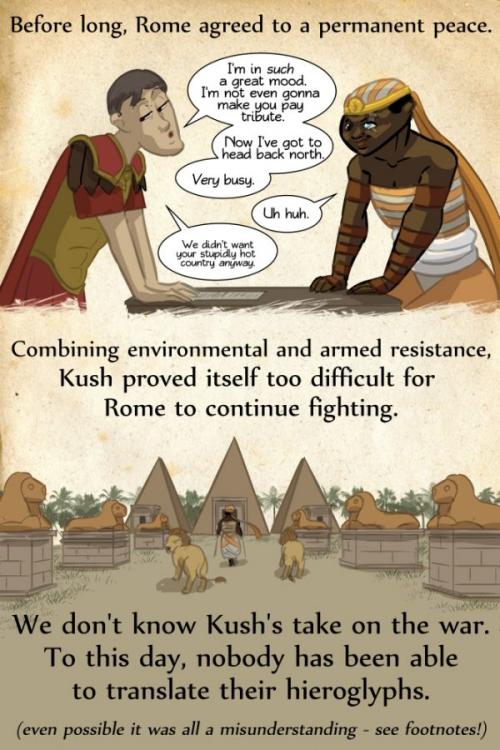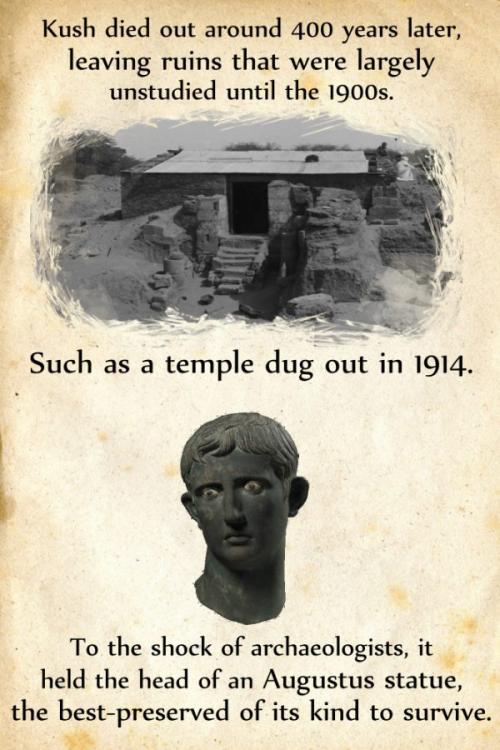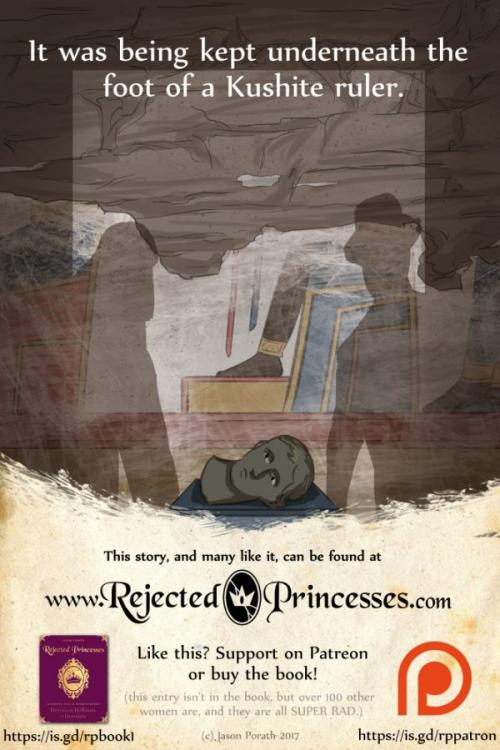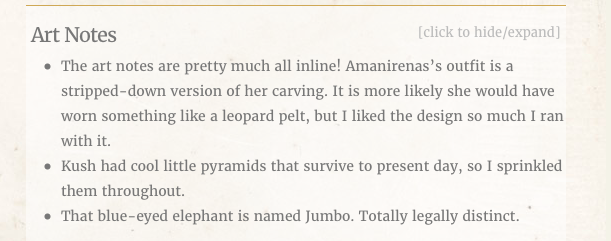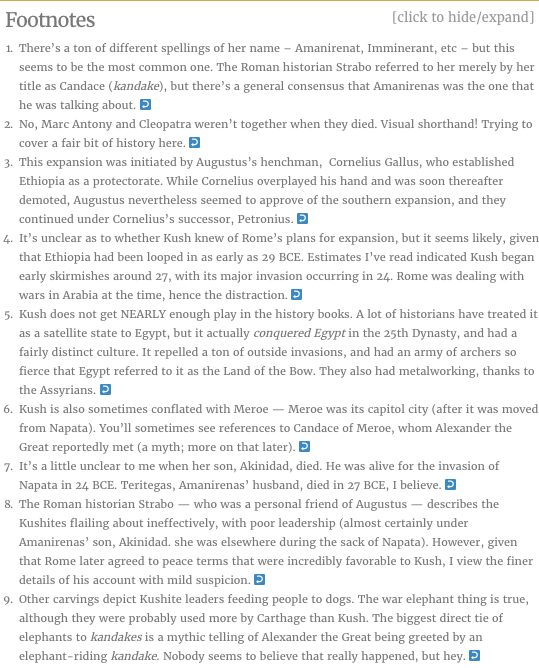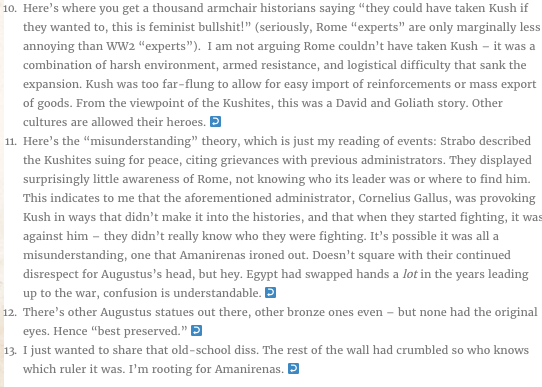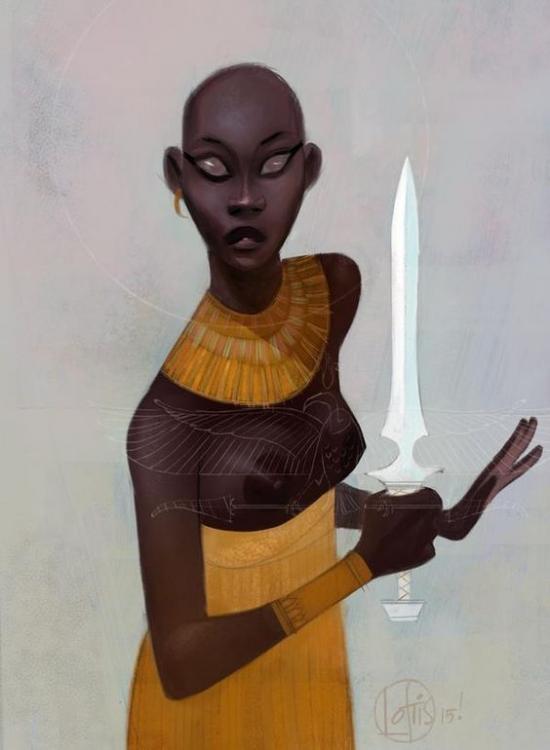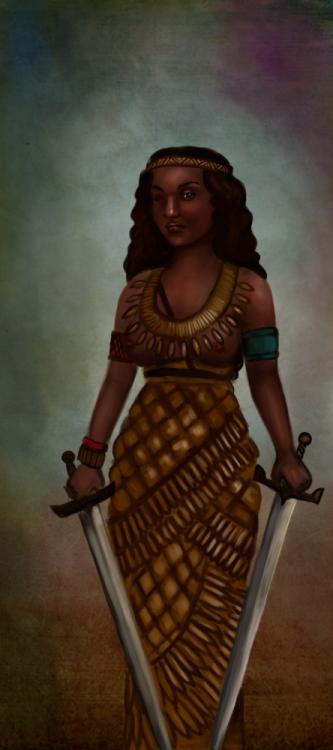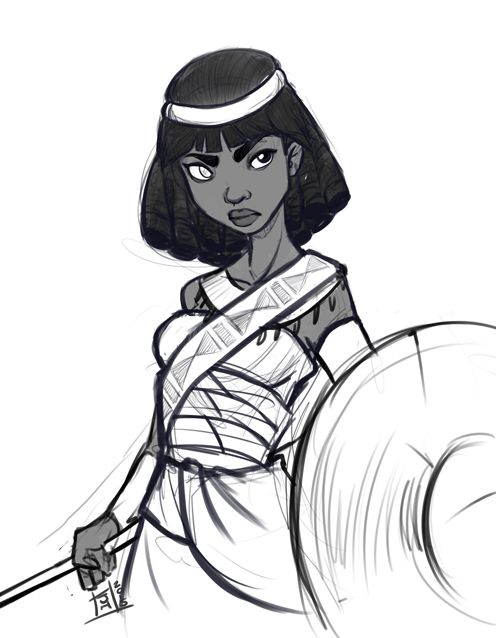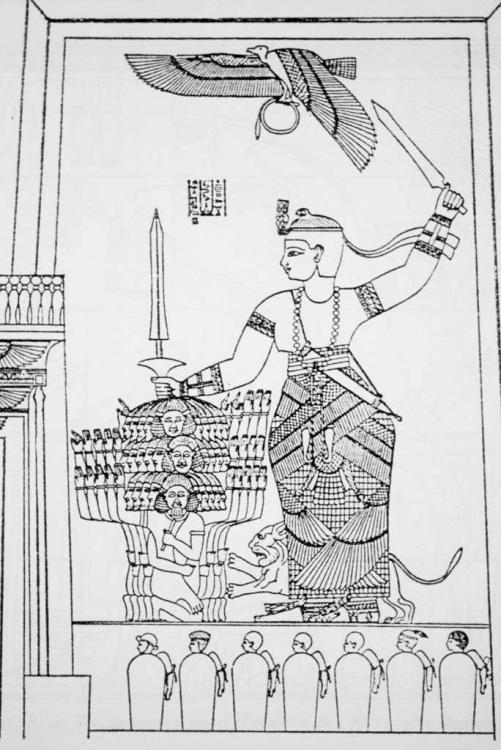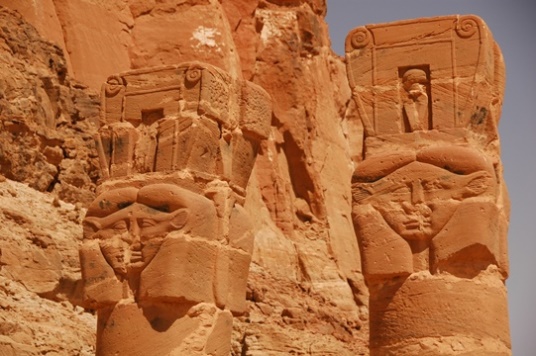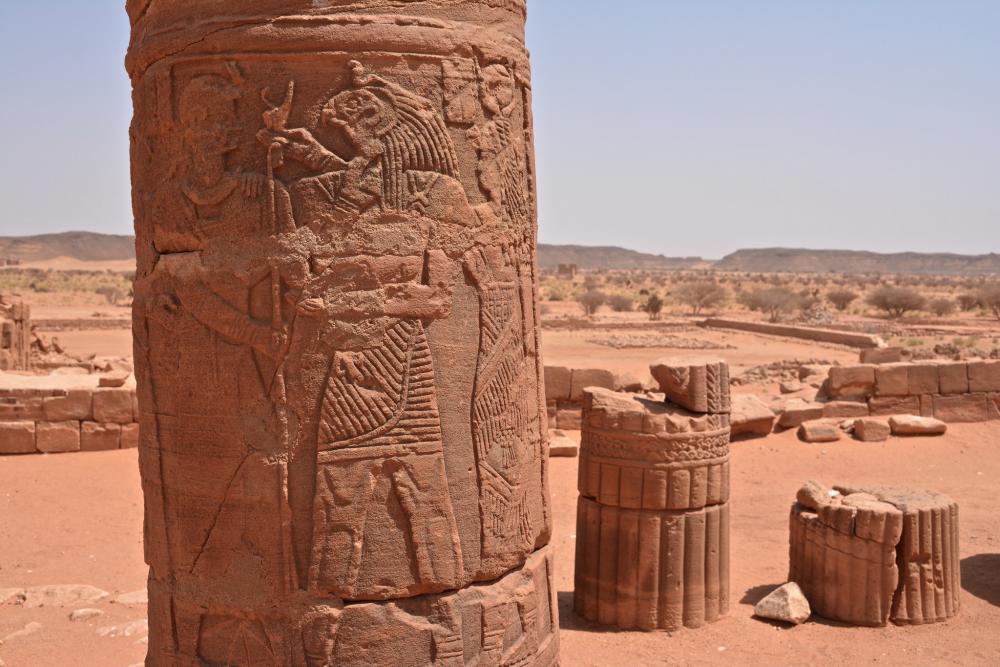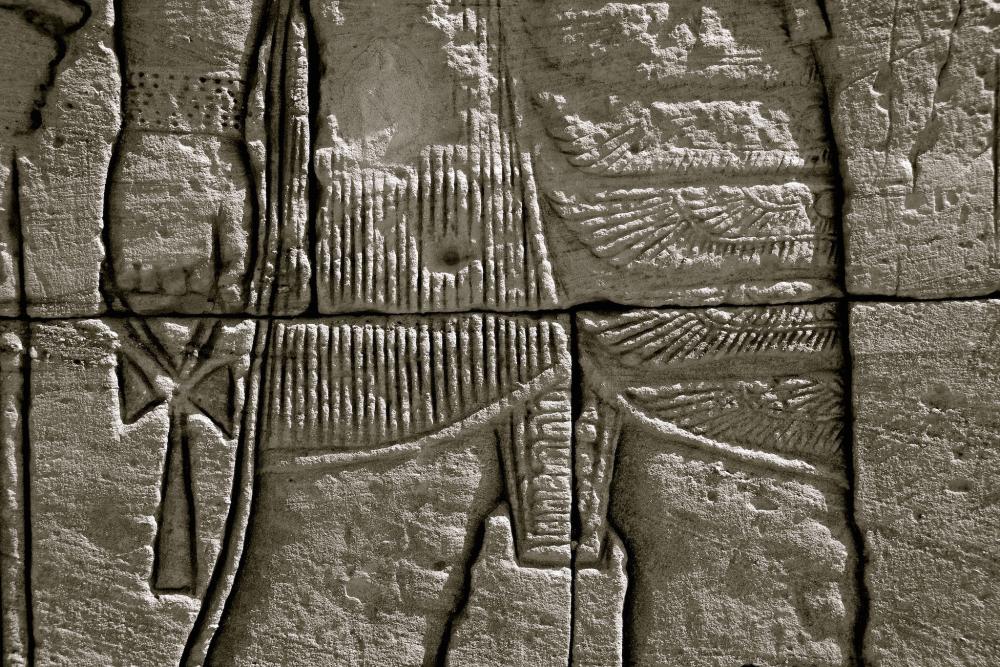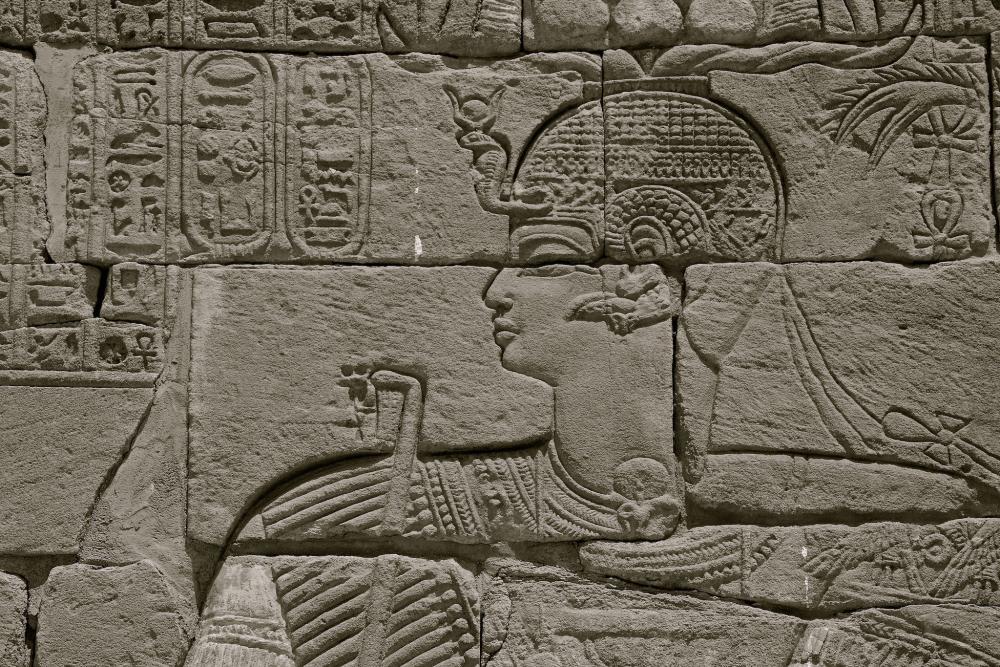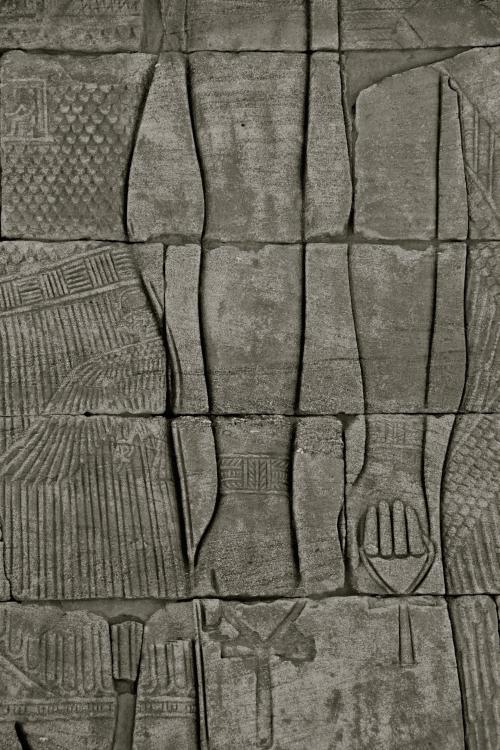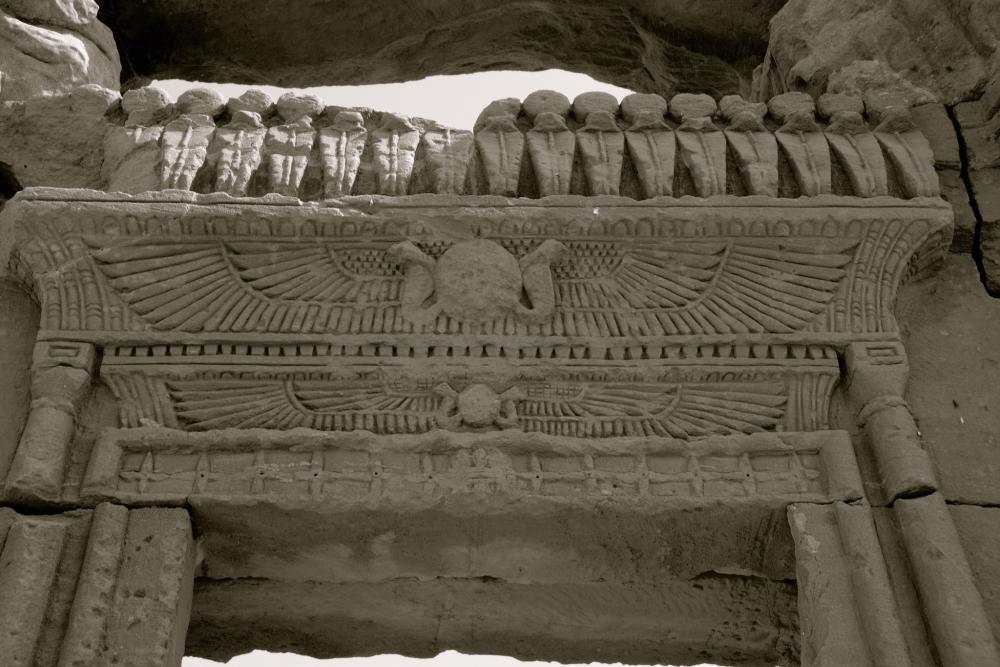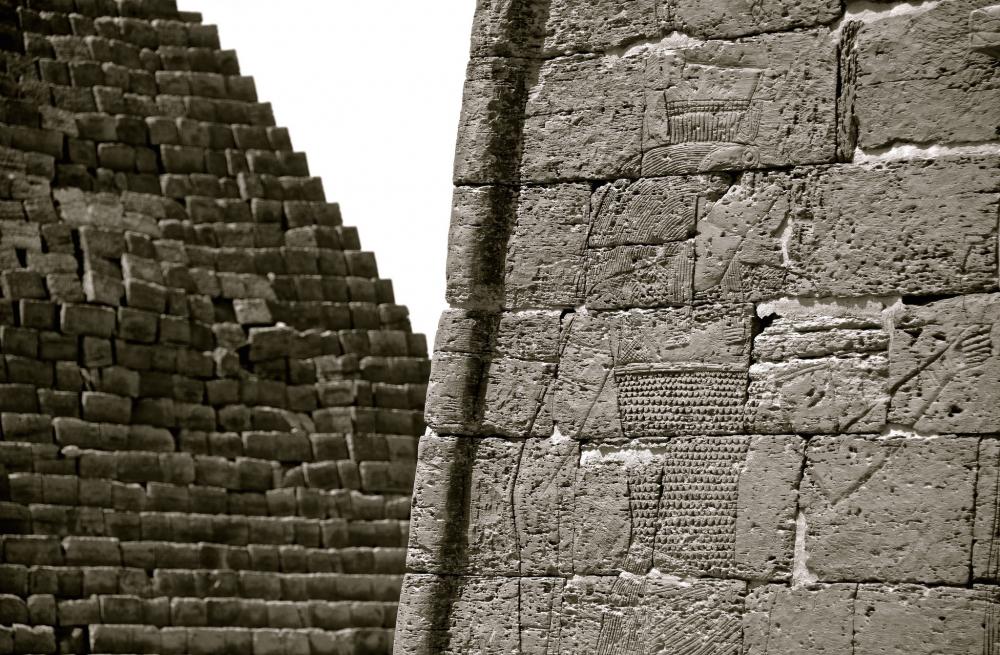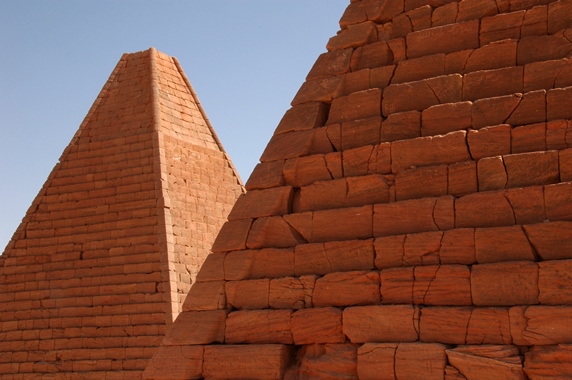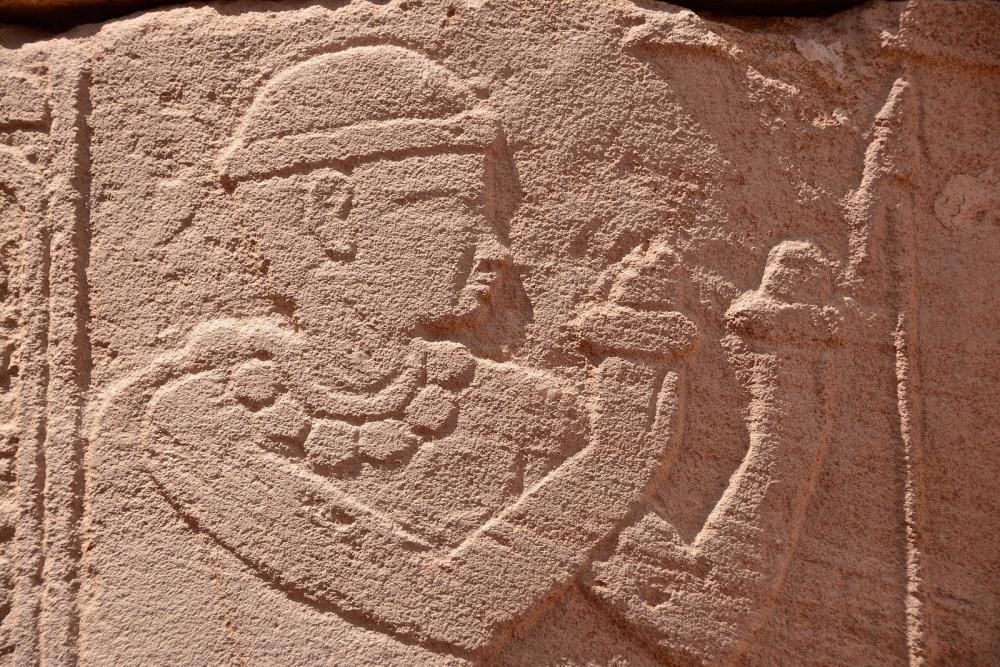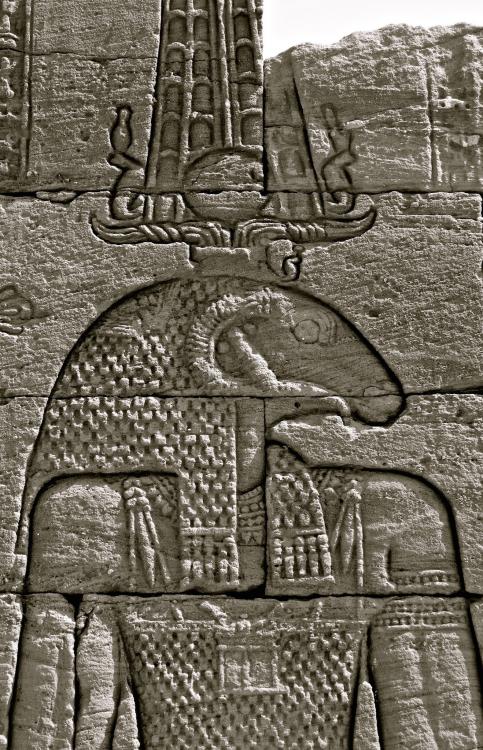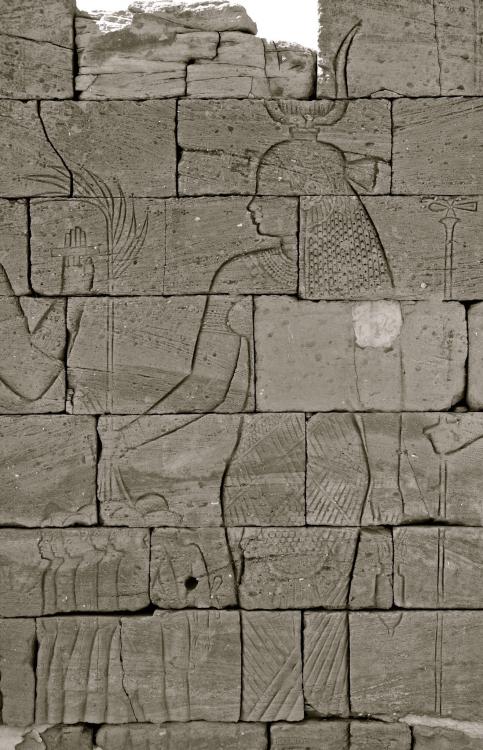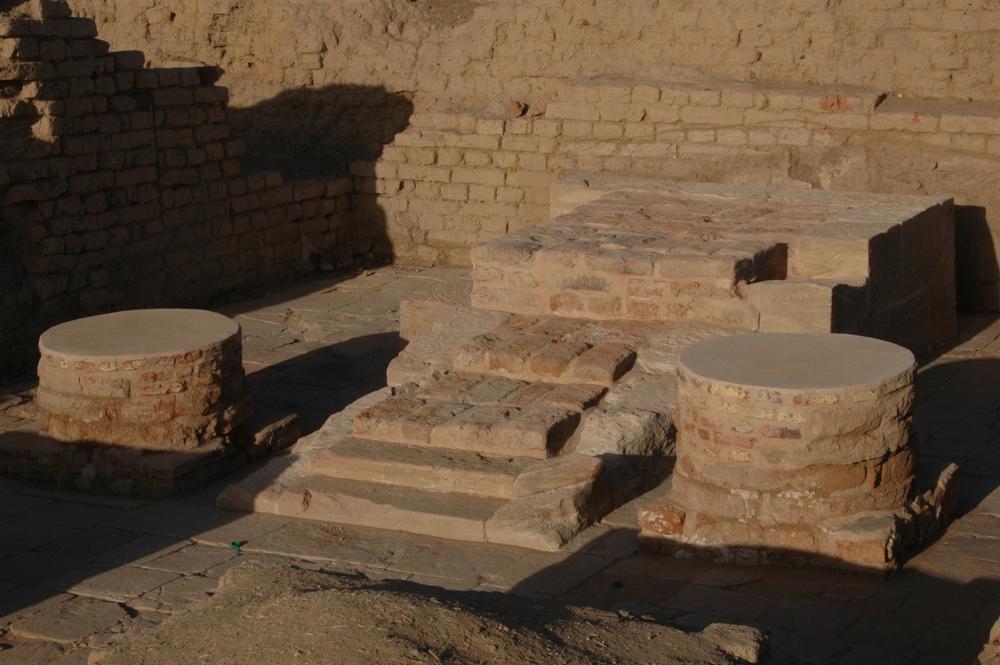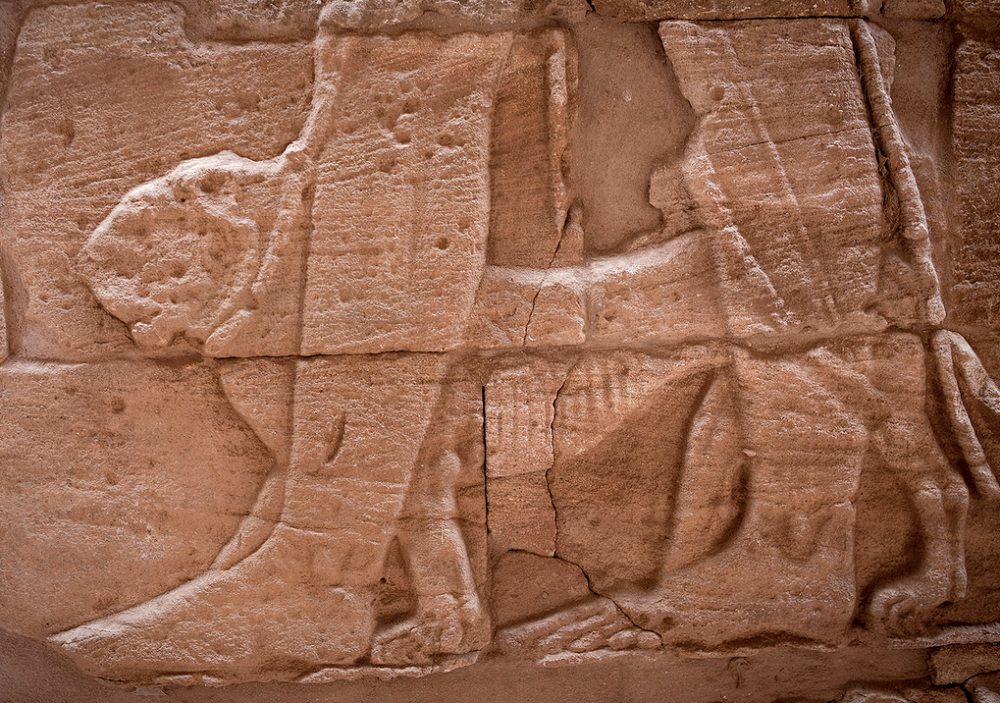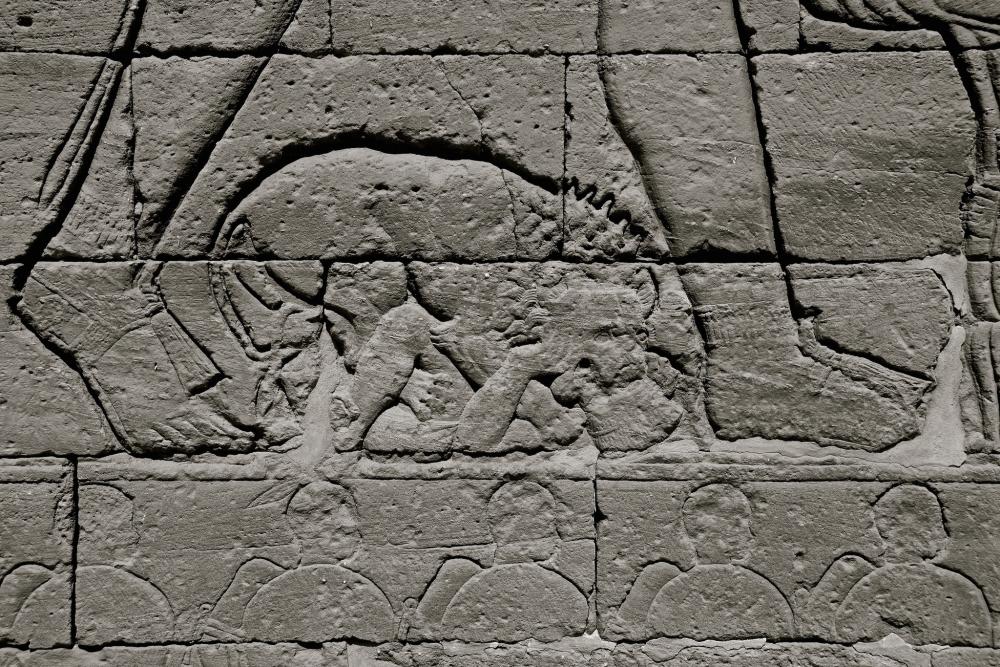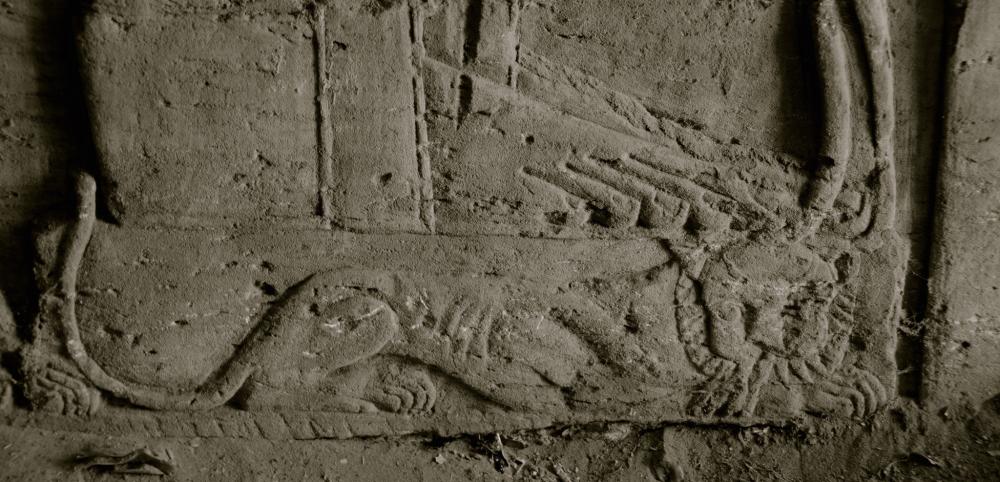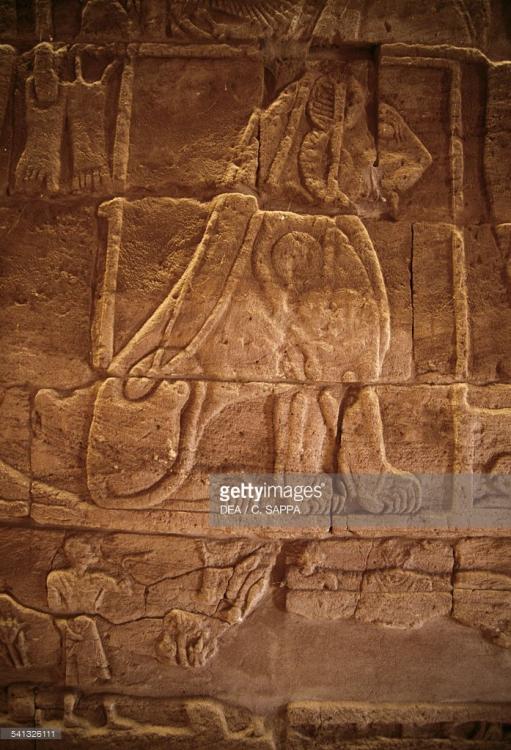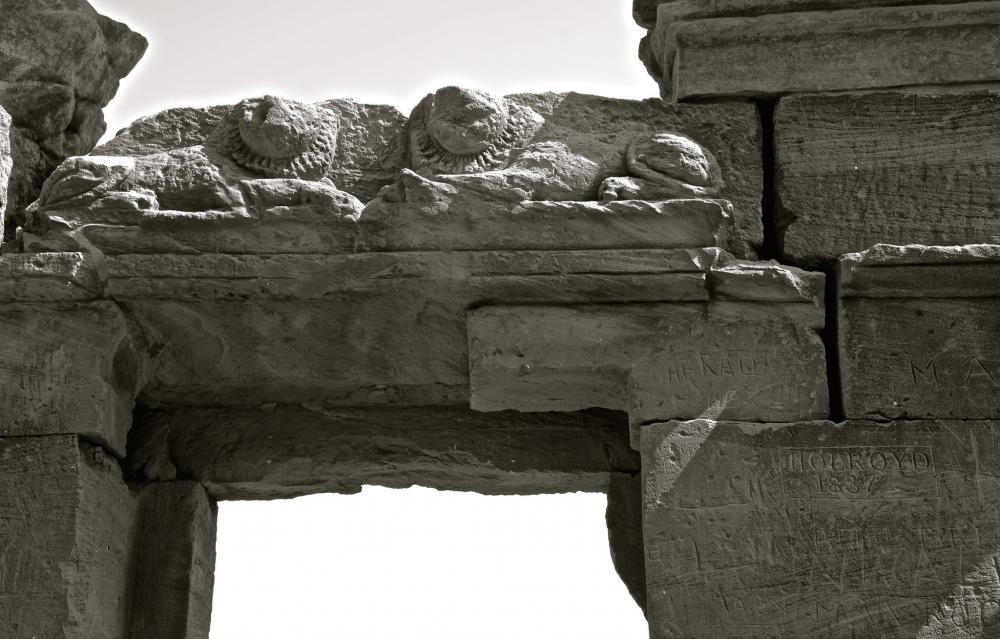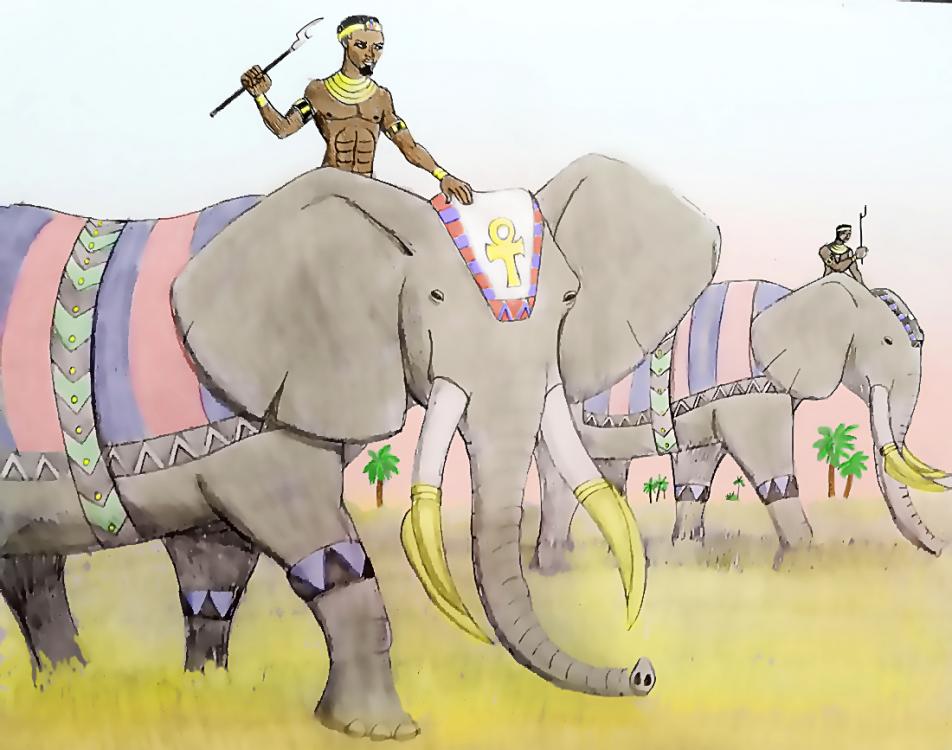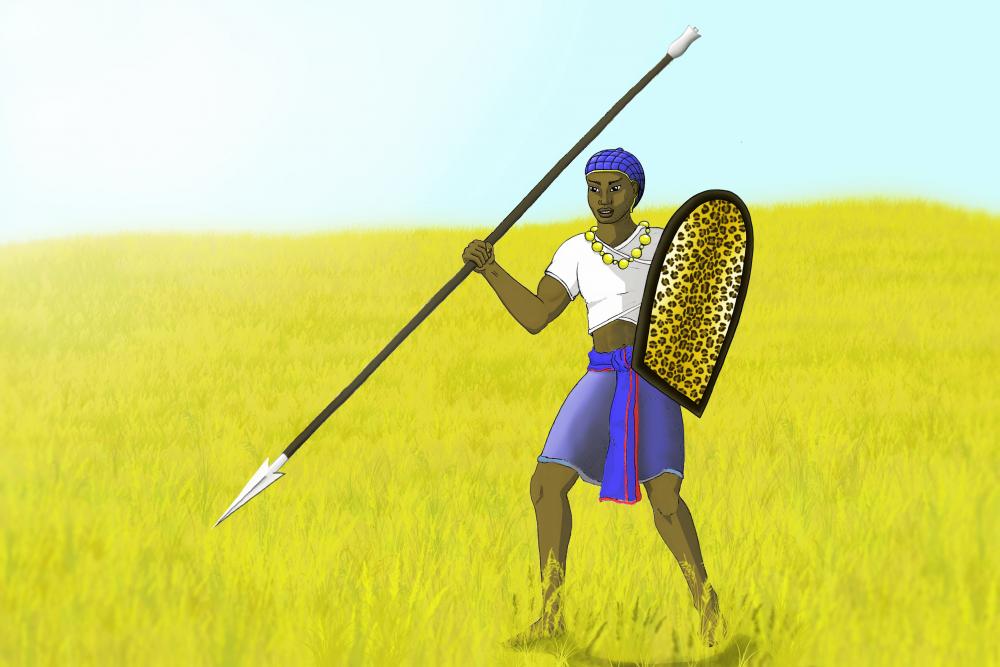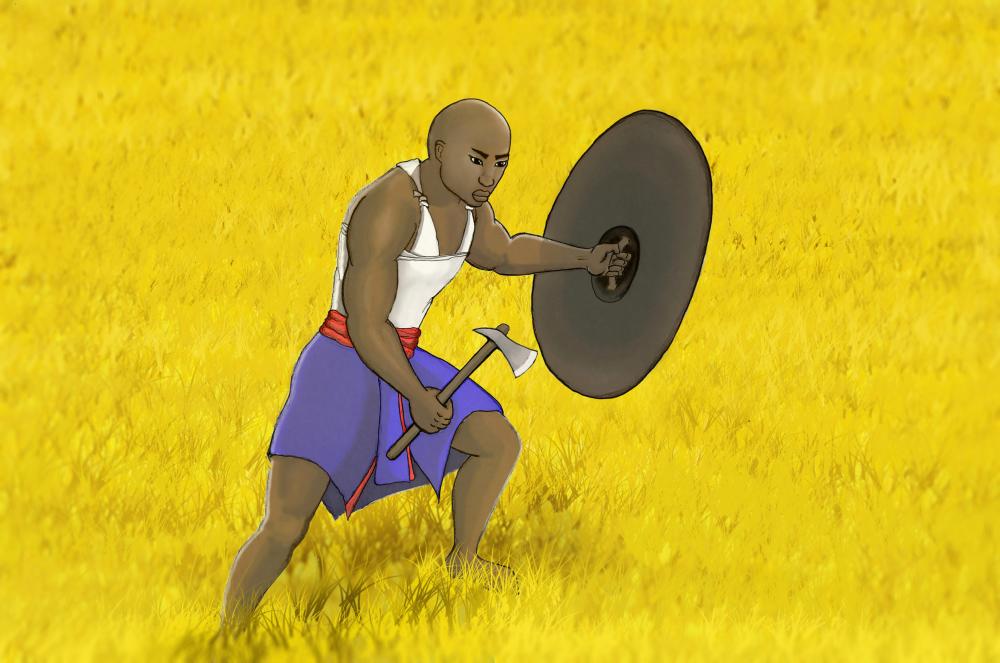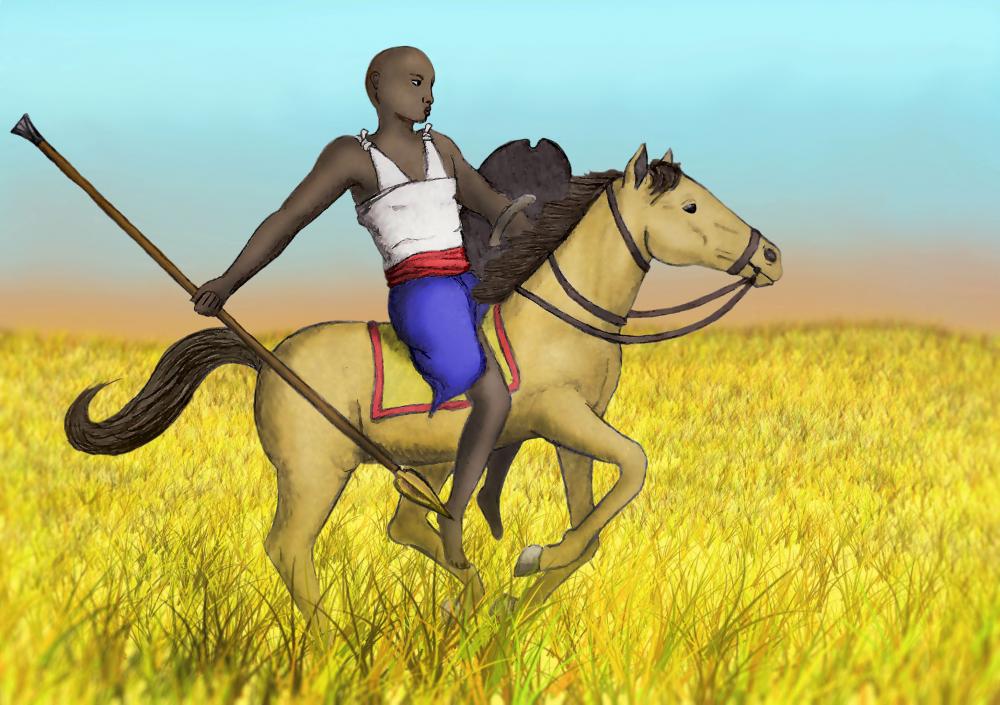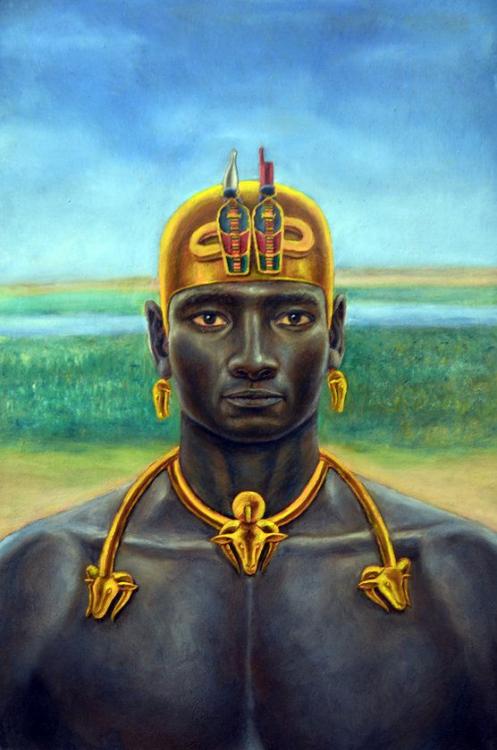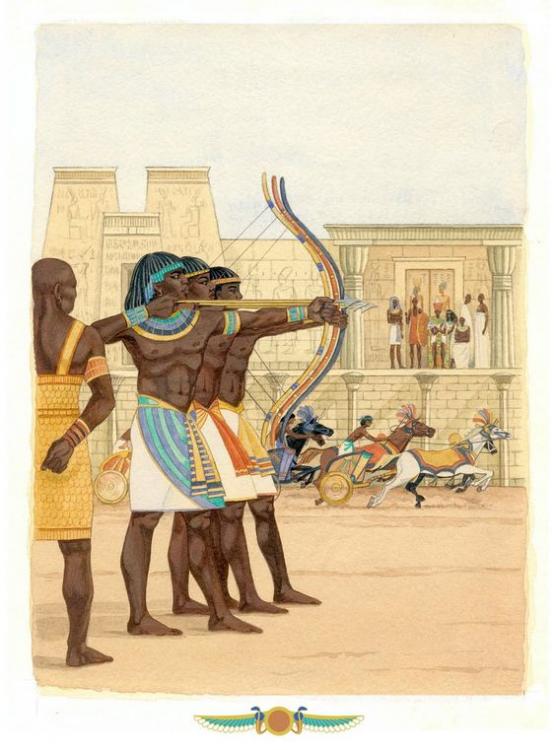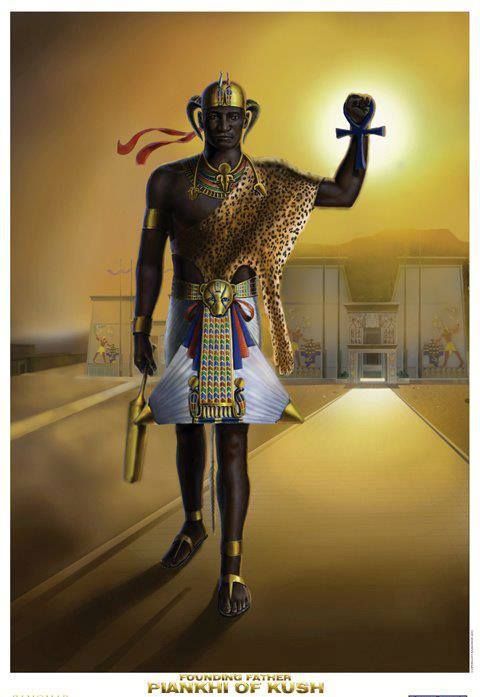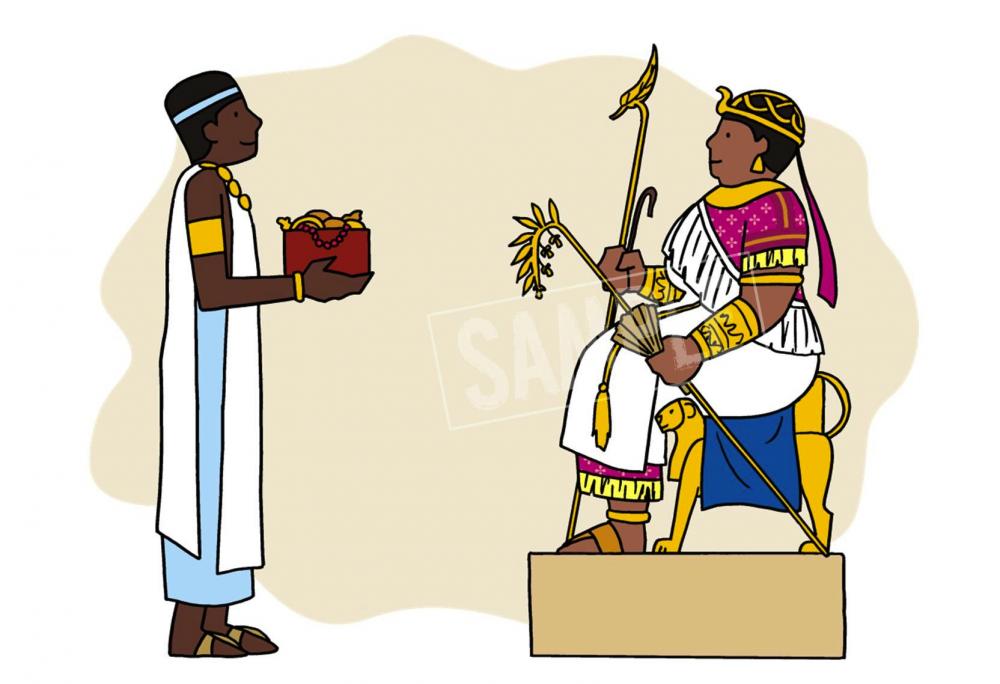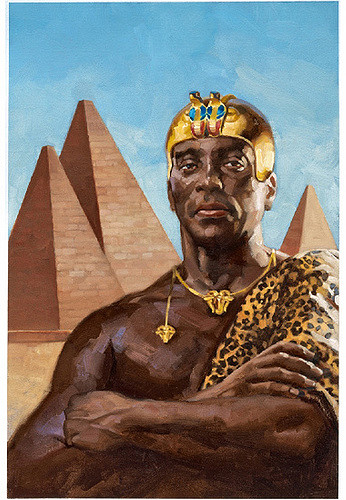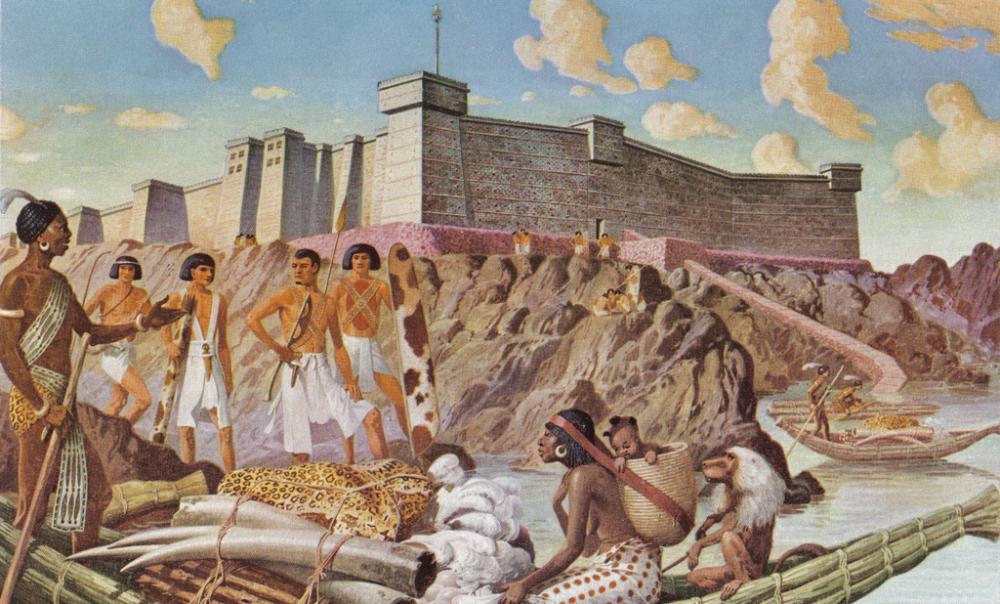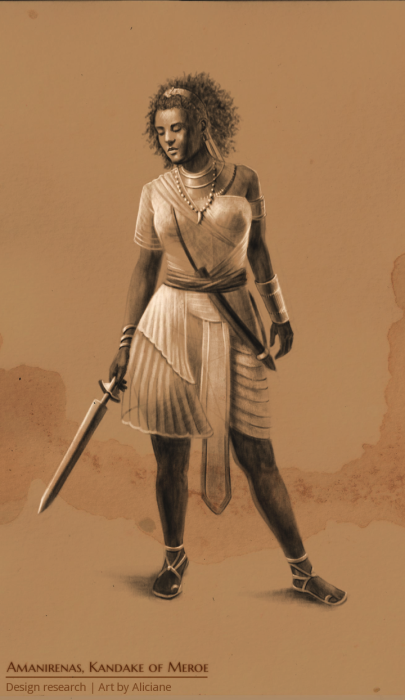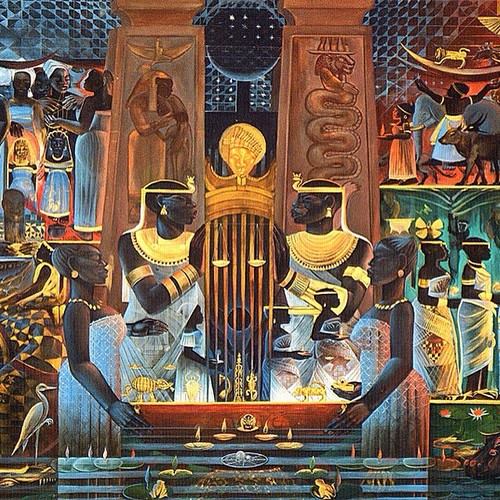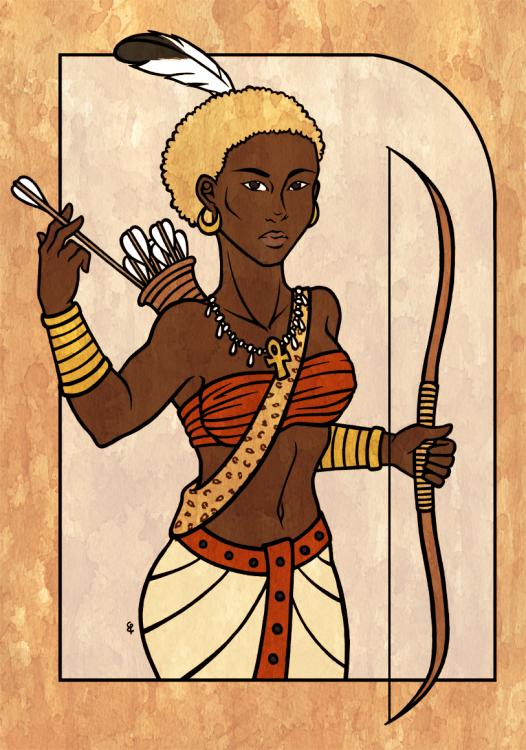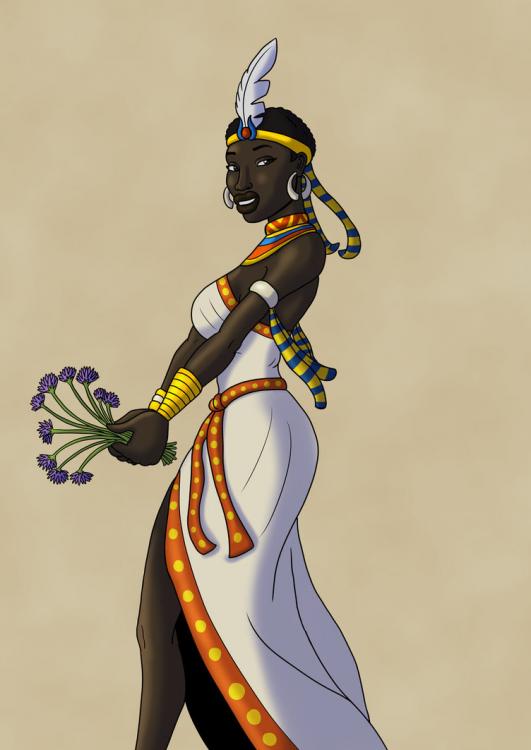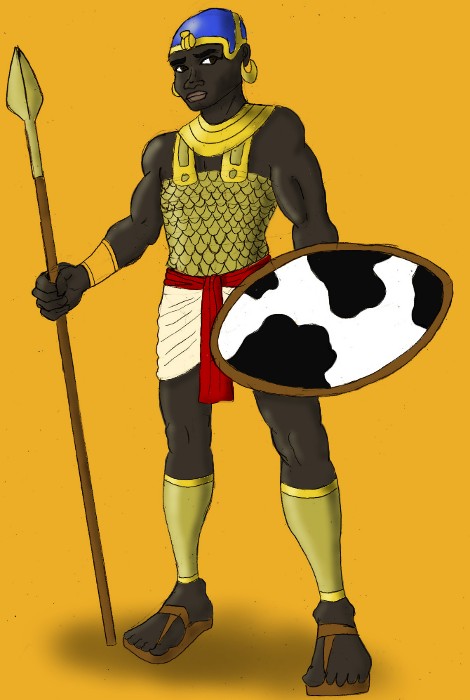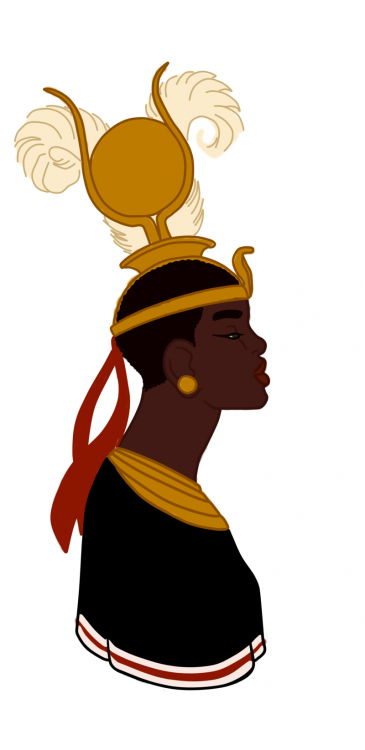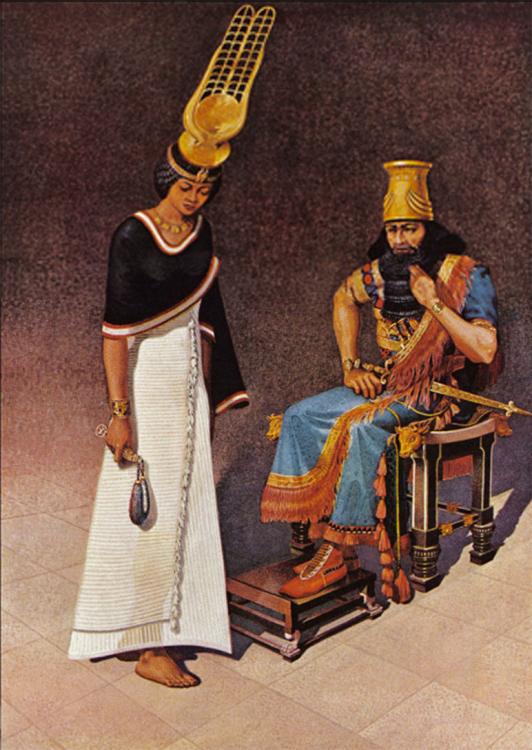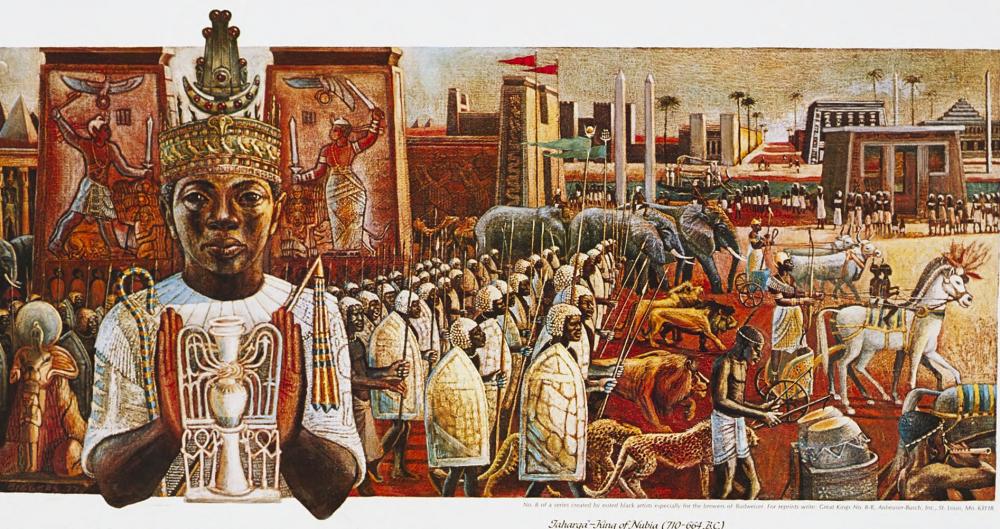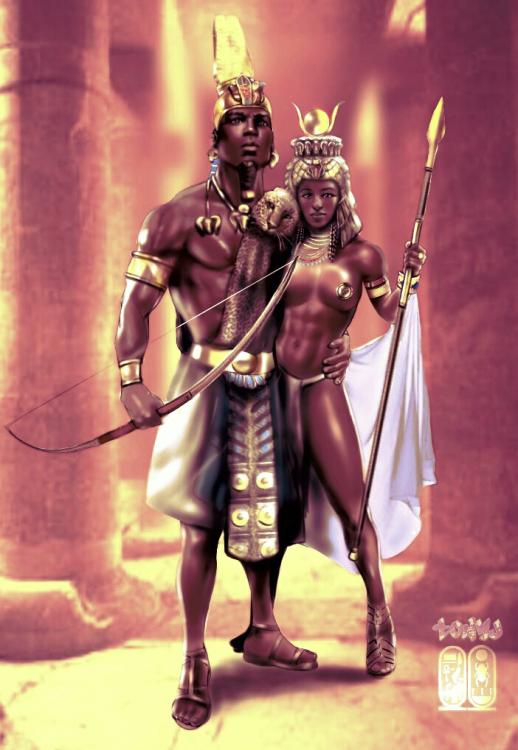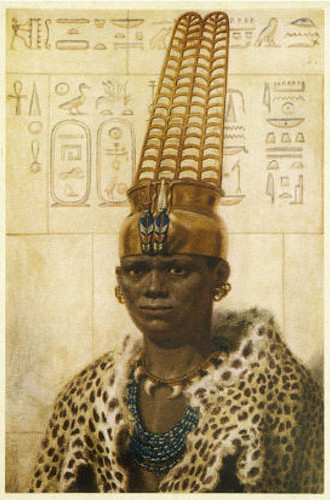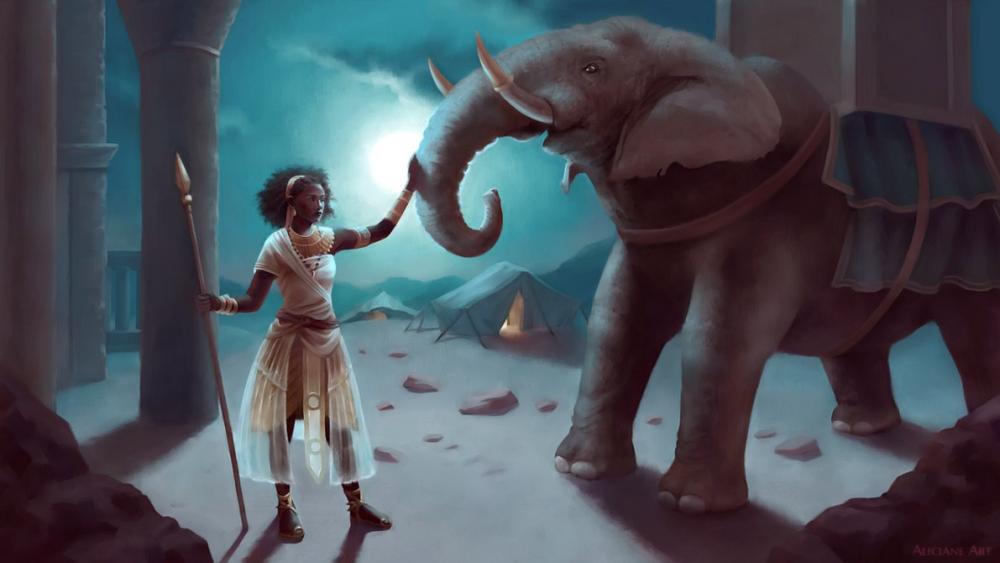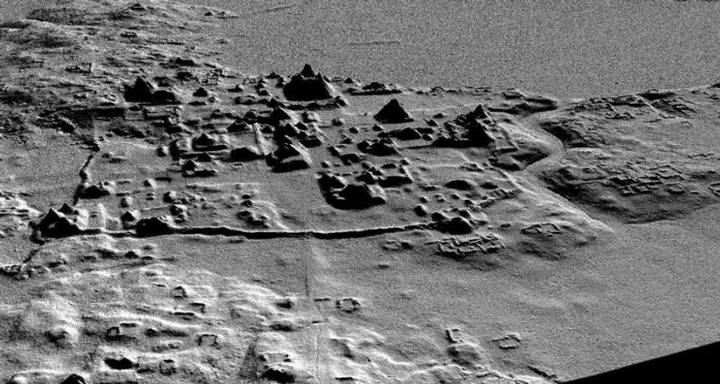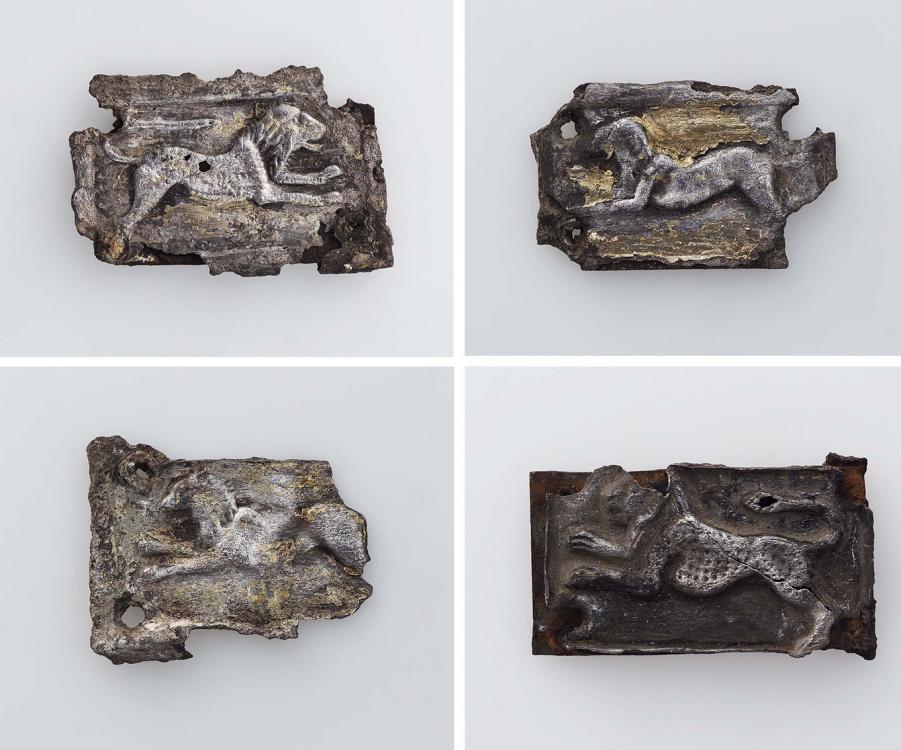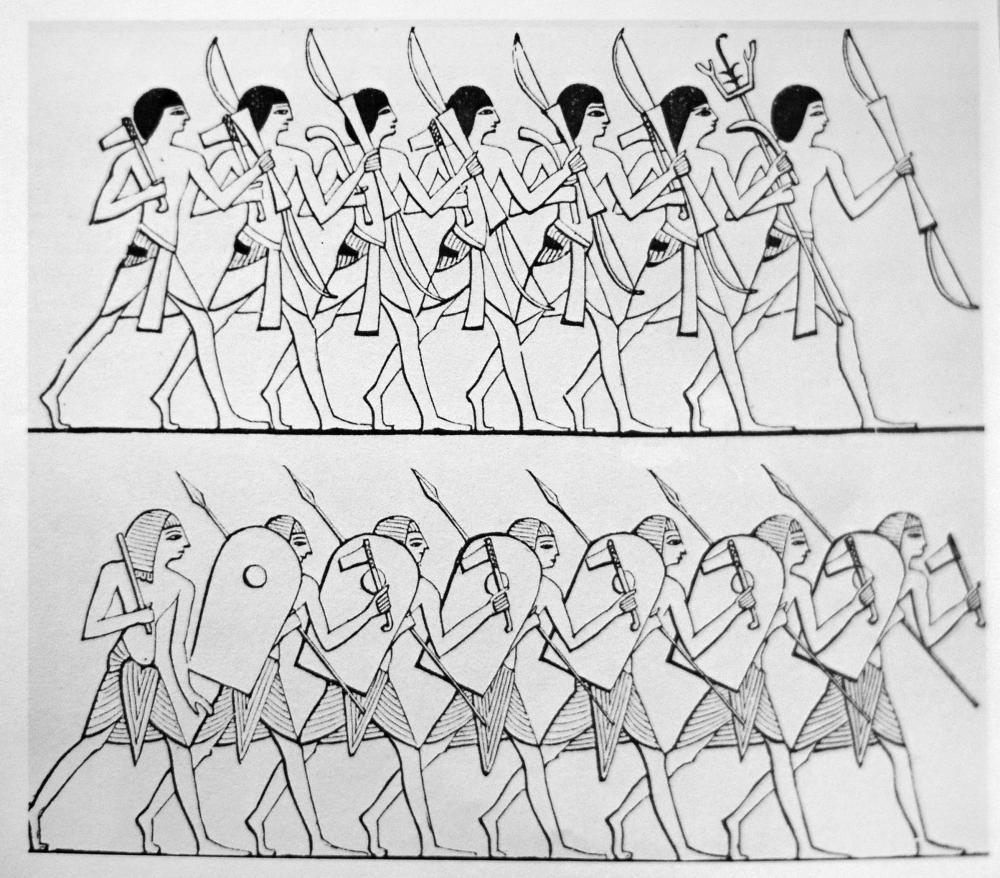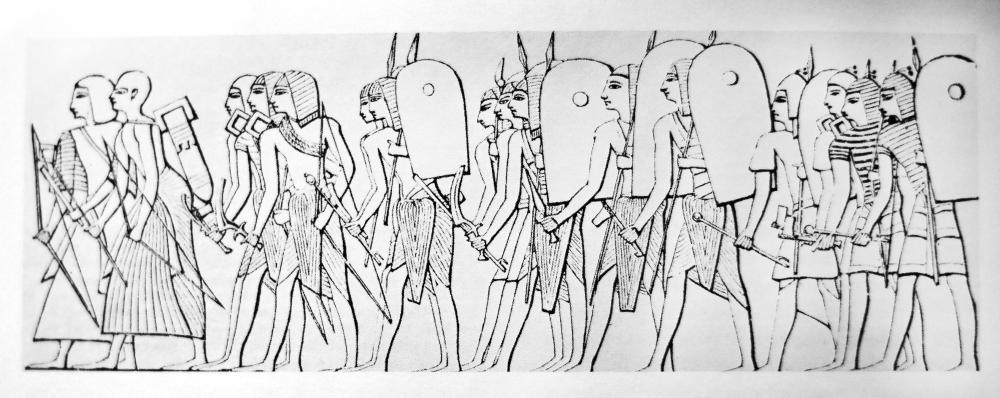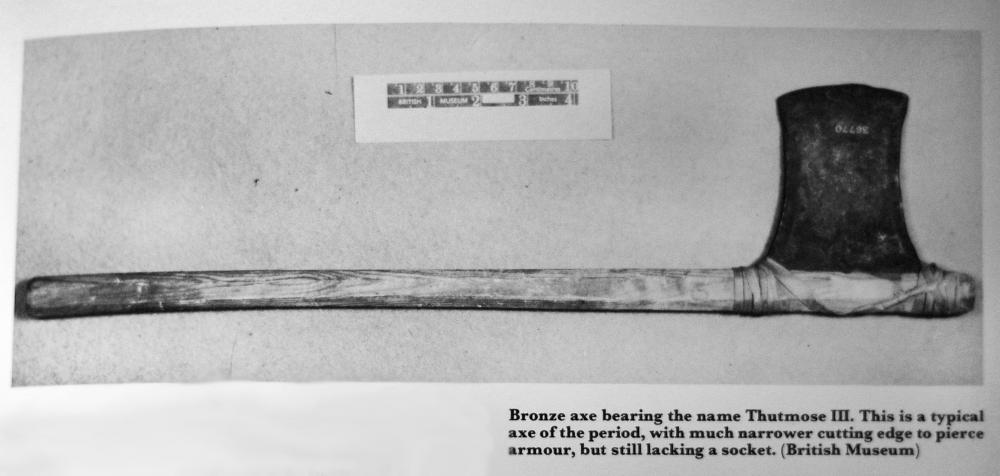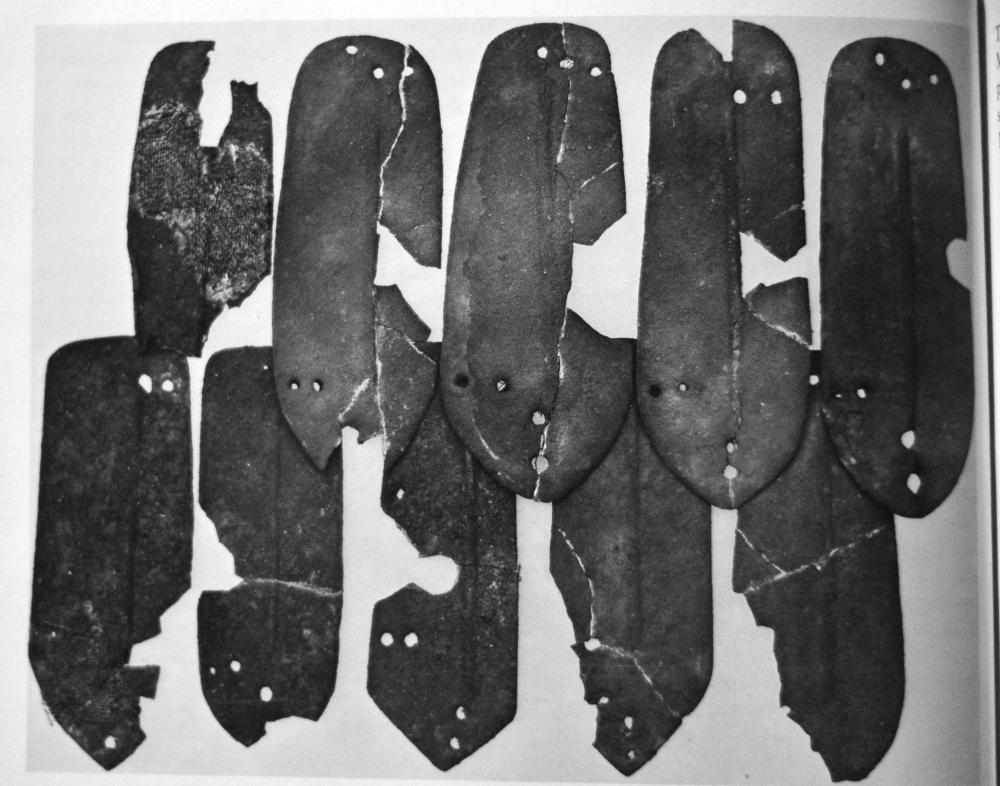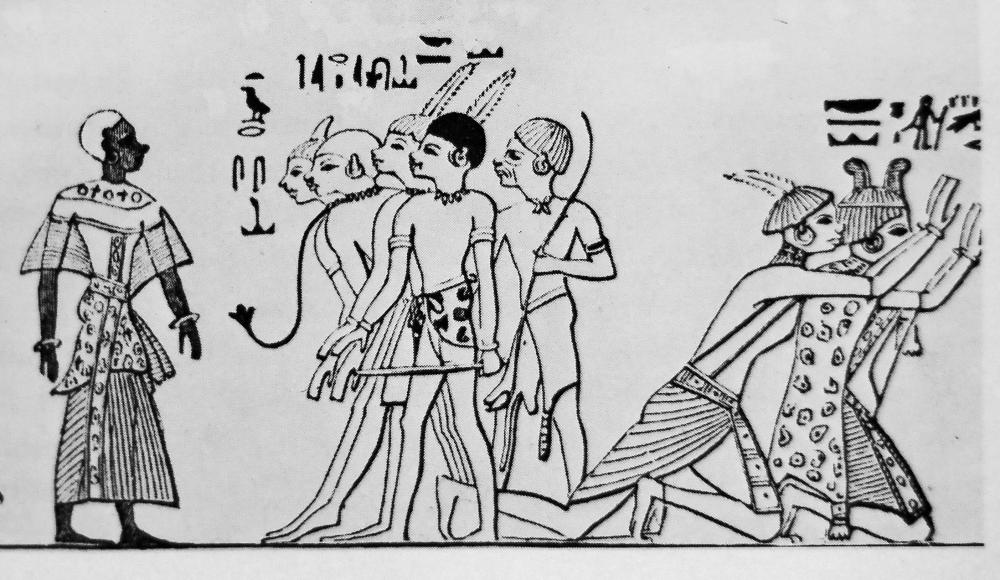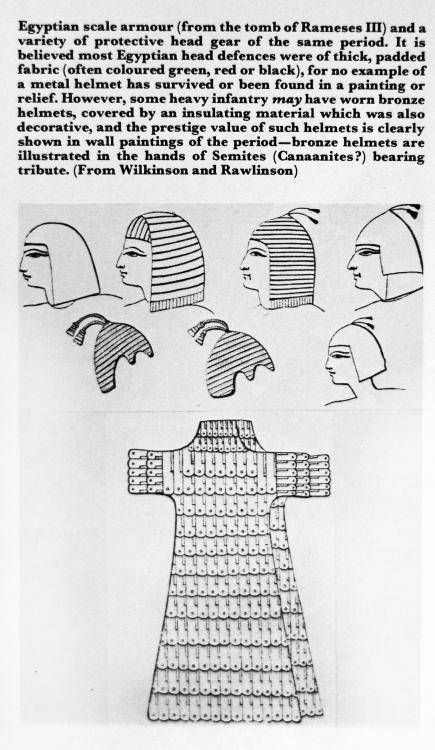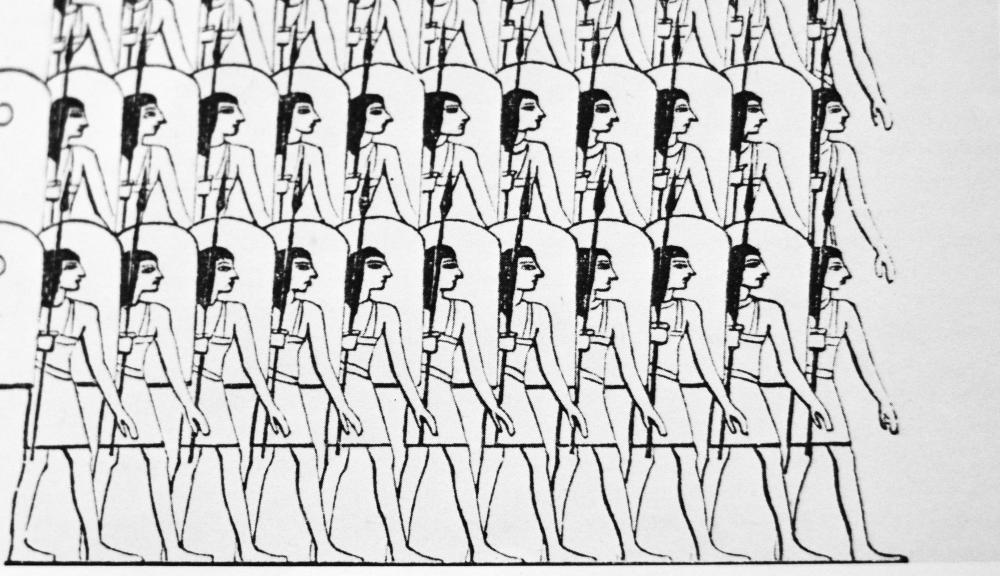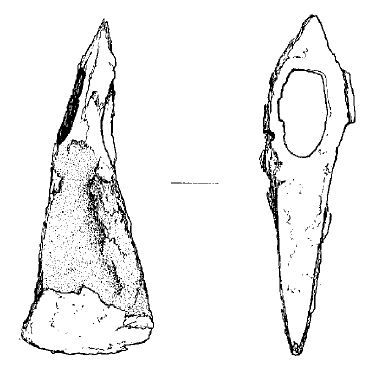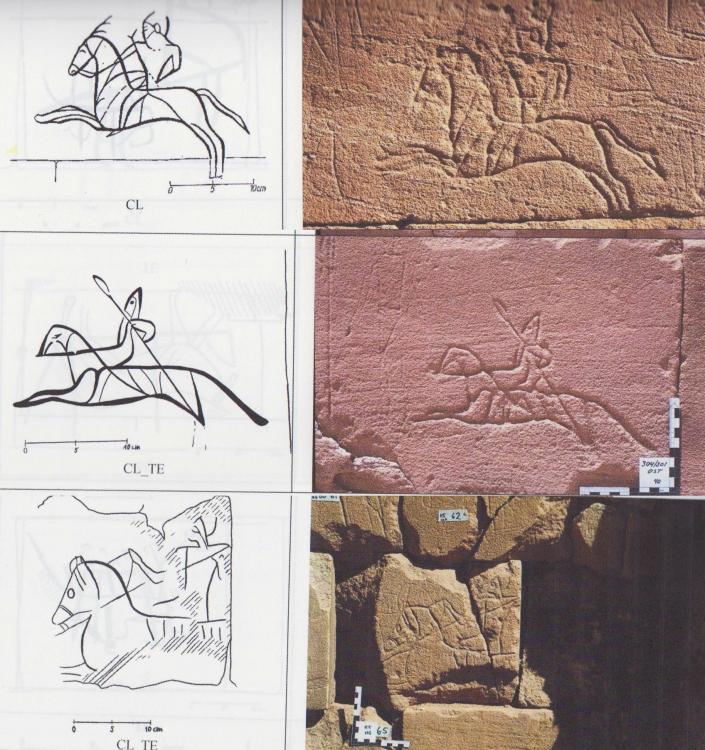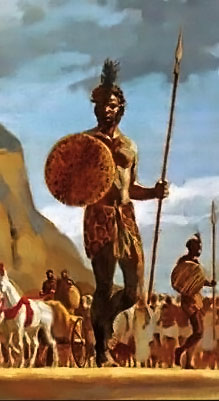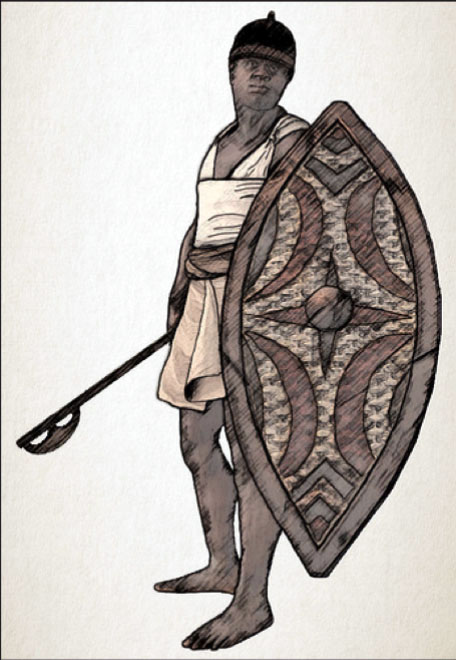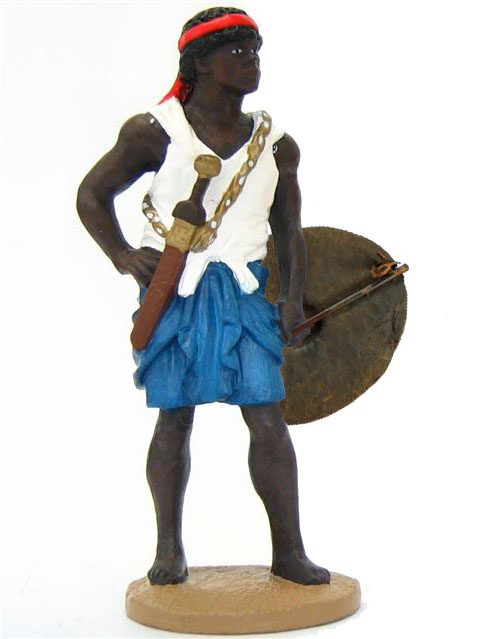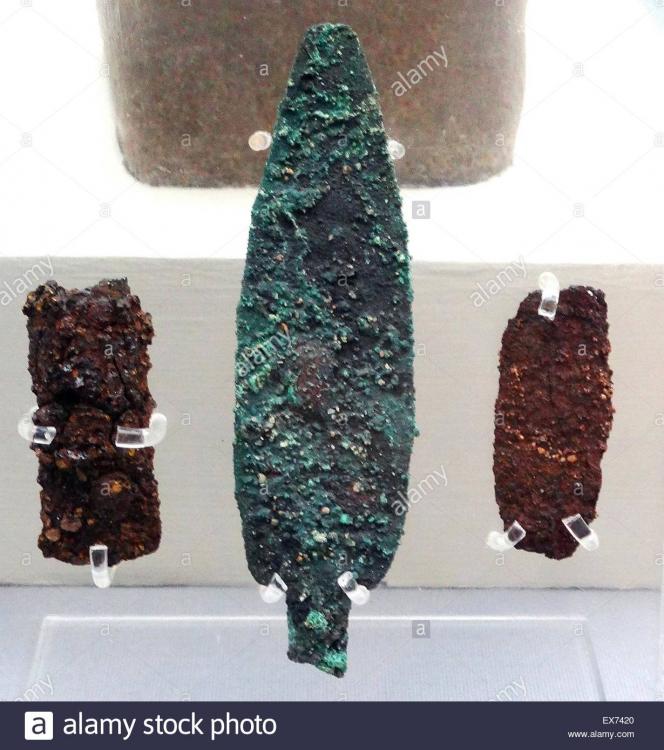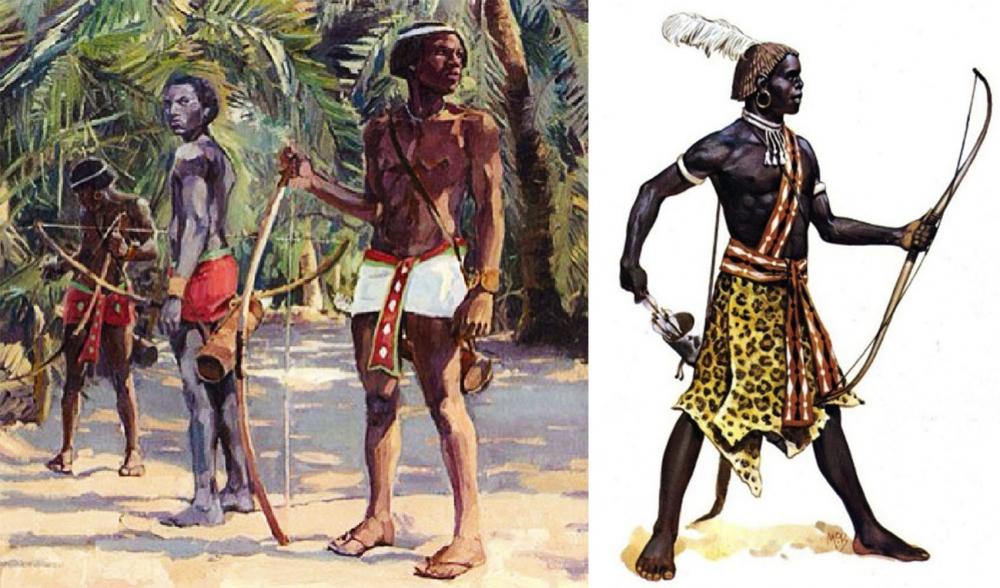-
Posts
2.332 -
Joined
-
Last visited
-
Days Won
60
Everything posted by Sundiata
-
Why do you need mods, cheats or developer mode? Playing alpha 20 (vanilla), just putting population cap to unlimited allowed me have populations of up to 2500 units, and I was able to build as many houses as I wanted. I played with a 5 year old macbook pro. Lag became seriously unpleasant, but I reached those populations nonetheless with a less than ideal laptop.
-

Terra Magna Infrastructure / Kushites Mod Integration
Sundiata replied to balduin's topic in Rise of the East
@wowgetoffyourcellphone Yes please But definitely check out Balduin's specification pdf on github, as it lays out a preliminary design document based on the accumulated references. It still needs updating, and I will provide a list of units and their specifications very soon, as well as a list of important building and unit props. -

The Kingdom of Kush: A proper introduction [Illustrated]
Sundiata replied to Sundiata's topic in Official tasks
I think because most people here only have a limited amount of time to spend on this, by all means, if they feel they can make a contribution now, I think they should just do it when they have that time, even if it may only become relevant or useful later on. We just need to try to keep serious track of what has already been done, and what really needs doing. Personally, I'm currently working full-time, just became uncle/god-father, have limited time before I go back to Ghana, and need to get so many things unrelated to 0 A.D. done, which really drain the amount of time I can spend on this [awesome] project. So anytime someone offers their help, opinion or contribution to this mod, however big or small, I get really excited Thank you @fabio and @Lion.Kanzen for your participation When I find some time, I will be providing a complete preliminary unit roster, as well as necessary lists of building and unit props. On a side note, the homepage for Microsoft's Bing search engine features a beautiful new image everyday. On 25 / 05 / 2017, this image was a photograph of the Begrawiya Royal Necropolis at Meroe. A beautiful illustration of this history, slowly becoming part of the mainstream historical canon.- 1.040 replies
-
- 2
-

-
- civ profile
- history
- (and 5 more)
-

Terra Magna Infrastructure / Kushites Mod Integration
Sundiata replied to balduin's topic in Rise of the East
I really like Lion's original version. Sphyrth's version is very nice too, perhaps with some more polishing.. -

The Kingdom of Kush: A proper introduction [Illustrated]
Sundiata replied to Sundiata's topic in Official tasks
The Kingdom of Kush: Documentaries (screenshots) In this post, I will be discussing three different documentaries about the Kushites, and providing screenshots. The documentaries featured are: Discovery Channel - Nubia, The Forgotten Kingdom PBS/National Geographic - Rise of the Black Pharaohs PBS - Africa's Great Civilizations (ep. 1- 2) All three of these documentaries will offer a concise description of Kushite/Nubian history and offer rich visuals, as well as archaeological excavations. A good stop for anyone trying to get a quick insight in to this complicated history. One of the most useful references I was able source from these docu's, is a complete three-dimensional reconstruction of the Amun Temple in Dangeil, including the temenos walls and gorgeous pylon gate: Nubia, The Forgotten Kingdom (2003) This one hour documentary about the history of the Nubian Kingdom (Kush) features two archaeologists, Julie Anderson and Salah Ahmed, as they unearth a massive temple to Amun in the ancient Kushite city of Dangeil. It also narrates the history of the war with Rome and features some modest historic reenactments, as well as impressive 3d reconstructions of the entire Amun temple complex, both exterior and interior decorations are clearly shown. They made one major mistake, in erroneously identifying the reigning queen at the time of the Roman war as Amanishakheto, while in actuality it was Amanirenas, probably due to the documentary being made in 2003, when the exact dating of the ruling monarchs was more sketchy. Rise of the Black Pharaohs (2014) A more recent, and visually compelling documentary about the history of Kush, centering on the 25th dynasty and the Napatan period. This 54 min long docu focusses on the earliest archaeological excavations, and the controversial history behind this history. The archaeologists Geoff Emberling and Tim Kendall re-examine an ancient Napatan pyramid and the spiraling peak of Jebel Barkal, still bearing 2700 year hieroglyphs commissioned by Taharqa himself. Africa's Great Civilizations (ep. 1- 2) In Africa's Great Civilizations, Louis Henry Gates travels all corners of the continent, visiting archaeological sites and talking to experts and historians about a number of great African civilizations. The first two episodes talk extensively about Kush, and features some very nice cinematography, and shots of statues and reliefs. The narrater over-emphasises the blackness and Africanness of the people he's discussing (as if to prove the point that Africans achieved high levels of civilization throughout history), but a lot of really nice information is shared. Definitely worth a watch. Quality torrents of all three documentaries exist, but shhh, you didn't hear that from me….- 1.040 replies
-
- 4
-

-
- civ profile
- history
- (and 5 more)
-

SCENARIO submission/ repository
Sundiata replied to shieldwolf23's topic in Scenario Design/Map making
By the way, I also like the idea... -

The Kingdom of Kush: A proper introduction [Illustrated]
Sundiata replied to Sundiata's topic in Official tasks
@stanislas69 I'm honored you're offering your help. I really admire your work on Rise Of The East, and we could definitely use somebody like you, who is so familiar with 0AD, and modding in particular. You can make any props you feel would be useful to this faction, or anything really, that can be referenced. I'll try to provide you with a list of possible props in the coming week, or maybe you already had something in mind? @balduin 3D Artists are some of the most valuable (and scarce) resources in the creation of new content. Please just let the artists be artists, and do their thing. There's 11 pages of reference material on this thread alone, hundreds of uselful images and page after page of written texts and sources (I'm sure Stanislas69 will find something to do). Sure, we don't know every little detail about every possible unit, but that's not necessary information for the creation of props. In addition, I'm working in conjunction with another artist to visualize all the possible units. This other artist is considerably more skilled than me, and we have both spent considerable time familiarizing ourselves with all the weapons and attire used by the Kushites… Don't worry too much about the "open questions", this faction is already quite thoroughly researched, and more is coming. We might not be able to implement any of these models yet, in an actually playable mod, but it will be good to already have a "library" of models, which will speed up the work once we get to that stage.- 1.040 replies
-
- civ profile
- history
- (and 5 more)
-

The Kingdom of Kush: A proper introduction [Illustrated]
Sundiata replied to Sundiata's topic in Official tasks
The Kingdom of Kush: The Story of Queen Amanirenas and the war with Rome An illustrated short, by Jason Porath Here are three more interesting ideas of what Amanirenas might have looked like:- 1.040 replies
-
- 2
-

-
- civ profile
- history
- (and 5 more)
-

The Kingdom of Kush: A proper introduction [Illustrated]
Sundiata replied to Sundiata's topic in Official tasks
The Kingdom of Kush: Sophie Hay photography & The Lions of Kush In anticipation of more dedicated art, I will use this post to highlight some beautiful photography of Kushite reliefs by Sophie Hay, providing some nice details on Kushite attire. I will also share a collection of depictions of lions, some of them on a leash, indicating the probability of lions being kept as exotic pets (show-animals) and possibly even being used in a military context, reminiscent of the days of Ramesses and finding parallels in much more modern Ethiopian examples of royals keeping pet lions. Seen as Kush was a known exporter of exotic animals (including giraffes, elephants, leopards, cheetah's and monkeys), it seems natural that lions were among them. Perhaps one of the Kushite Heroes, maybe the queen Amanirenas, or her son, prince Akinidad, could recruit a lion or two as their bodyguard? Here's a pic of Queen Amanitore smiting her enemies, with her pet lion: Sophie Hay photography & The Lions of Kush:- 1.040 replies
-
- 2
-

-
- civ profile
- history
- (and 5 more)
-
@Gyrion Perhaps you'd like to check out this thread: Your support and contributions would be more than welcome
-

The Kingdom of Kush: A proper introduction [Illustrated]
Sundiata replied to Sundiata's topic in Official tasks
Cool!- 1.040 replies
-
- civ profile
- history
- (and 5 more)
-

The Kingdom of Kush: A proper introduction [Illustrated]
Sundiata replied to Sundiata's topic in Official tasks
@Tyrannosaurus Thank you for your support and contributions! I love your illustrations, and they are quite useful as well.. I would like to see a bigger drive of historical artists contributing towards the visualization of ancient Kush (and other African civilizations for that matter), and your work goes a long way, partly because of the rarity of it. [By the way, I really like the Ram's head outline on the shield embossment of the two spearmen, representing Amun.] Using our references, do you think we might expect more work from you? I'd love to see what you'd make of it...- 1.040 replies
-
- 1
-

-
- civ profile
- history
- (and 5 more)
-

The Kingdom of Kush: A proper introduction [Illustrated]
Sundiata replied to Sundiata's topic in Official tasks
The Kingdom of Kush: Unit: Meroitic Pikeman 0 A.D.-Dedicated Art by Sundiata The third in this series of ancient Kushite warriors, depicts a Meroitic Pikeman. Probably due to both New Kingdom Egyptian influence as well as later Hellenic influences, the rulers of Kush were able to field pikemen, fighting in phalanx. The unit I depicted is referenced in part by the Egyptian Nakhtu-aa "strong arm boys". Parallels of the general shape of the shield can be found on the graffito of Musawwarat. In this context, the leopard skin covering the wooden shield can be seen as a sign of devotion to Amun. His cotton armor showcases a variation of the type I already depicted in the two previous units. The tightly fitting blue skullcap (bronze cap, covered by padded cotton) is amply attested in Kushite reliefs, and seems to have been a prized object. The pike he wields is copied from a relief depicting Queen Amanishakheto executing prisoners, and the thick bronze or golden necklace is also attested in a variety of Kushite reliefs, indicating some level of nobility. Meroitic Pikeman, by Malcolm Kwadwo Kwarte Quartey (Sundiata) [Licensed CC BY-SA 3.0] @Tiber7 You're absolutely right, in future I will be making more use of spoilers if I share a large quantity of images again.- 1.040 replies
-
- 6
-

-
- civ profile
- history
- (and 5 more)
-
Interesting stuff.. What do you know about early Tamil history (chola dynasty)? Seems like a nice complementary civ...
- 5 replies
-
- 1
-

-
- sinhalese
- anuradhapura
-
(and 2 more)
Tagged with:
-
@andrea.bettini Please take a look at this: With hard work and dedication, together with the help and support from everyone that's interested, I hope to create a fully functional mod to include the Kingdom of Kush as a fully playable civilization, and show the development team that the addition of the Kushites to the vanilla game is a logical addition of value, in terms of historically relevant diversity (ethnic/religious/cultural as well as ecological, biotope/maps), interesting and unique gameplay, beautiful aesthetics and a fresh, exotic new faction to boast about in a future alpha release. A similar, much more developed (playable) mod has already been developed, featuring the Han Chinese, called Rise of the East: https://wildfiregames.com/forum/index.php?/forum/423-rise-of-the-east/
-

The Kingdom of Kush: A proper introduction [Illustrated]
Sundiata replied to Sundiata's topic in Official tasks
The Kingdom of Kush : Unit : Meroitic Axeman 0 A.D.-Dedicated art by Sundiata The second, in a series of illustrations depicting Kushite military units as accurate as possible, depicts a Meroitic axeman, with an armor-piercing battle-axe, an elephant- rhino- or hippo- hide round shield, layered cotton around his torso for basic protection and a linnen or cotton loincloth. A pretty basic unit packing a heavy punch. Low armor, but having a bonus against other armored units because of his armor piercing axe, and a speed bonus as well. As with the previous unit, I have drawn this unit with a bald head, but they might as well have had a short hair cut, or even a modest afro. A common hairdo for men seems to be about a cm long, ochre red-dyed kinky hair. Kushite axe-men used a variety of battle axes, beginning with the bronze epsilon axe, then the Egyptian armor piercing axe and finally their own design of iron armor piercing axe, as the one found at Soba (which is also the one I used as a reference). Meroitic Axe-man, by Malcolm Kwadwo Kwarte Quartey (Sundiata) [licenced under CC BY-SA 3.0] [I'm not sure why, but the image seems to be over-saturated, as it is portrayed here, but when clicked on shows the original saturation I uploaded it with]- 1.040 replies
-
- 3
-

-
- civ profile
- history
- (and 5 more)
-

The Kingdom of Kush: A proper introduction [Illustrated]
Sundiata replied to Sundiata's topic in Official tasks
@balduin Thanks, understood, and done I have read several cursory mentions of horse archers in ancient Kush, but nothing detailed. It's logical that a people with such a fondness of horses and archery would employ horse archers, and the use of mounted archery units by their enemies, the Assyrians seems to lend credence to this idea in a broader ancient context of early horse archers (don't forget that horses and their handlers were an important export from Kush to Assyria in the peaceful years). I have several ideas about how they may have looked, but it will take some time to visualize properly.- 1.040 replies
-
- 1
-

-
- civ profile
- history
- (and 5 more)
-

The Kingdom of Kush: A proper introduction [Illustrated]
Sundiata replied to Sundiata's topic in Official tasks
The Kingdom of Kush: Unit: Meroitic Cavalry Lancer 0 A.D.-Dedicated art by Sundiata (Malcolm Kwadwo Kwarte Quartey, yes, that's my given name) This is the first of a series of illustrations I'm working on, depicting Kushite units from the late Napatan, through to the Meroitic period. There are only a small handful of historical illustrations by contemporary artists on this subject, so I decided to illustrate them as historically accurate as possible, specifically so that 3d artists can get to work on them. Another artist-friend is working hard doing the same. Horses were a loved and prized commodity in ancient Kush, attested by the ritual burial of horses in some royal graves. Horses have an ancient presence in Kush, and were primarily used to draw 2-span chariots in the earlier periods. By the time of Meroe's rise to importance, mounted cavalry became important, and remained important until the late 19th century. There are ample examples of graffiti of mounted warriors (regrettably with little detail), which, together with our accumulated knowledge on dress, attire and weapons, allow us to reconstruct several variations of Meroitic cavalry. Cavalry lancers were the most important (basic) type of mounted unit in Kush, recruited from the upper (-middle) classes, or as a dedicated retinue assembled by an important royal, noble or chief. It is also the earliest cavalry unit available to Kush. Equipped with an animal hide round shield (ox- elephant- or rhino-leather) and a bronze tipped spear (upgradable to iron). Apart from the modest layered cotton strips around his torso, which provide some basic protection, this unit barely used armor. This, combined with strong, fast, quality horses, creates a lightening fast unit, with a strong attack, and mediocre defense. A perfect unit to supplement the relatively poor Nubian Spearman and Bowmen you get at the beginning of the game. As the unit gains experience, quilted cotton armor and a skull cap become available. This will be a comparatively strong basic cavalry unit, perfect for hit and run tactics. Meroitic Cavalry Lancer, performing maneuvers on the Butana Steppe, not long after the annual rains, by Malcolm Kwadwo Kwarte Quartey (a.k.a Sundiata) [Licenced under CC BY-SA 3.0]- 1.040 replies
-
- 4
-

-
- civ profile
- history
- (and 5 more)
-

The Kingdom of Kush: A proper introduction [Illustrated]
Sundiata replied to Sundiata's topic in Official tasks
As a final note, to this long series of visual posts, I present a new list of sources and further reading directly related to the Kingdom of Kush, for those who wish to have more in-depth knowledge of ancient Kush (previous lists of sources can be found here, at the end of this post and at the end of this post). I based virtually all my writing on these sources, and each of the listed sites are interesting in their own right, worth a browse. I thank everybody that has been through this thread so far, and supported our research and ideas. I will now be focussing more on dedicated art, illustrating Kushite units. Any questions and remarks are welcome. - Boat Building in the Sudan: Material culture and its contribution to the understanding of Sudanese cultural morphology, by Yousif Hassan Madani - Musawwarat es-Sufra: Interpreting the Great Enclosure by S. Wenig –Sudan & Nubia, No 5, published by The Sudan Research and Archaeological Society, 2001 https://issuu.com/sudarchrs/docs/s_n05-wenig/13 - Rediscovery of the Kushite site - Naga, 15 years of excavation (1995-2010). Surprises and Innovation by K. Kroeper — Sudan & Nubia, No 15, published by The Sudan Archaeological Research Society, 2011 https://issuu.com/sudarchrs/docs/s_n15_kroeper - The Royal Pyramids of Meroe. Architecture, Construction and Reconstruction of a Sacred Landscape by F.W. Hinkel — Sudan & Nubia, No 4, published by The Sudan Archaeological Research Society, 2000 https://issuu.com/sudarchrs/docs/s_n04-hinkel - http://www.musawwarat.com - http://www.zamaniproject.org/index.php/musawwarat.html - http://what-when-how.com/archaeology-of-ancient-egypt/meroitic-culture-to-metallurgy-archaeology-of-ancient-egypt/ - http://what-when-how.com/archaeology-of-ancient-egypt/meroe-city-to-meroe-the-sun-temple-archaeology-of-ancient-egypt/ - http://nubie-international.fr/accueil.php?a=page145000 - http://whc.unesco.org/uploads/nominations/1336.pdf - http://chs.harvard.edu/CHS/article/display/1301 - https://www.slideshare.net/jehuti/ancient-african-kingdom-of-kush - http://egypte-eternelle.org/index.php/nubie/haute-nubie/meroe - https://garstangmuseum.wordpress.com/2015/03/26/rome-through-the-eyes-of-meroe-an-enemy-trampled-underfoot/ - https://garstangmuseum.wordpress.com/2014/02/10/object-in-focus-a-meroitic-lion-statuette-e-8003/ - https://archaeologistsdiary.wordpress.com/2015/10/30/treasure-of-amanishakheto/ - http://web.archive.org/web/20070913062518/http://arkamani.org/arkamani-library/library-contents.htm#Meroitic Kingdom - http://publishing.cdlib.org/ucpressebooks/view?docId=ft0000035f&chunk.id=ch2&toc.id=ch2&brand=ucpress - https://en.wikipedia.org/wiki/List_of_monarchs_of_Kush- 1.040 replies
-
- 1
-

-
- civ profile
- history
- (and 5 more)
-

The Kingdom of Kush: A proper introduction [Illustrated]
Sundiata replied to Sundiata's topic in Official tasks
The Kingdom of Kush in popular culture Here I will share a collection of images of Kushites created by various artists around the world. I focused only on those images that showcase relatively credible dress and attire and can be used as inspiration for other works and unit models. Images of Pharaoh Taharqa at the zenith of the 25th dynasty: One remark on this image is that the crown Taharqa is wearing actually dates to the Post Meroitic era. Apart from that, this image is an excellent collage of Napatan Kush. Portrait of queen Takahatenamun, wife of the 25th dynasty Pharaoh Taharqa by leviathaninutero Queen Amun-dyek-het high priestesss of Hathor (and possible wife of Taharqa) bows before her captor, King Esarhaddon of Assyria Queen Amanirenas Queen Amanirenas, "Will you fight for me again?" by aliciane 25th dynasty pharaoh, Piye, also known as Piankhi in front of the Amun temple at Napata. Ancient Kush Kushite queen Female archer from Kush Kushite Noble Spearman Kushite debutante by dabrandonsphere Ancient Nubians trading with Egyptians A royal scene- 1.040 replies
-
- 2
-

-
- civ profile
- history
- (and 5 more)
-

Heroes and Champion Unit for Han Dyanasty
Sundiata replied to Mega Mania's topic in Rise of the East
Although the Han Chinese are indeed awesome in their own right, I believe the addition of the "Western" Scythians, and the "Eastern" Xiongnu, either as playable civs or as mini-civs, would firmly link China to the other civs already in the game. It would be very interesting for future campaigns and lays the foundation of the Silk Road. -
Yes, I think Mayans of the Pre-classic period should be included (1000BC - 250AD)… They are among the most powerful and influential people of that time, in turn influenced by the earlier Olmecs… They were arguably more important than Zapotecs. I believe some people might have been caught up by the term Preclassic Maya, as if they weren't important, or recognizably Mayan at that time. They were. Preclassic is just a term to refer to a period in time. Some of the most important sites in the Maya world were established and peaked around 0AD's timeframe, such as El Mirador… "LIDAR scan reveals a network of roads, canals, corrals, pyramids and terraces at El Mirador [Credit: Archaeological Project Cuenca Mirador]" https://en.wikipedia.org/wiki/Preclassic_Maya http://www.latinamericanstudies.org/nakbe.htm https://archaeologynewsnetwork.blogspot.be/2017/02/ancient-maya-developed-super-highways.html#zkFQqkf7GpElu9ih.97
-

The Kingdom of Kush: A proper introduction [Illustrated]
Sundiata replied to Sundiata's topic in Official tasks
@balduin You're right, I will be going through the posts again to number them soon. I posted an example of horse harness remains from the royal cemeteries here Yes, women could rise to the highest position of power in Kush: Amanitore, Amanirenas, Amanishakheto, Shanakdakhete, Nawidemak, Amanikhatashan, Maleqorobar and Lakhideamani. They were called by the title "Kandake", or queen of Kush. Most of the rulers of Kush have been men though. About scale armor, I'm pretty sure it was worn by anybody able to afford it (for themselves or their retinues). As Kush was quite wealthy and advanced, they were able to import, as well as probably produce it. They were introduced to the technology from around 1650 BCE onwards, when their Hyksos allies invaded and occupied Egypt as the 15th dynasty, and introduced many new military technologies to the Nile Valley, including scale armor. Scale armor would have been worn by royals and nobles able to afford it (Heroes and champion units). Egyptian contact with the Middle East influenced the development of the New Kingdom army in many ways. The 25th Kushite dynasty ruled all of Egypt, and laid a very strong foundation for the Napatan as well as the Meroitic period. During the 25th dynasty, Kushite pharaoh's had unlimited access to everything produced in Egypt and Canaan as well, and these influences diffused in to Sudan, attested in many different ways (architecture, luxury imports, new technologies, artistic and religious influences). I believe we can safely assume New Kingdom Egyptian military systems laid the foundation for the formal army setup of ancient Kush (the 25th dynasty was essentially an Egyptian [-styled] dynasty, ruled by Kushites, modeled on the New Kingdom). Therefore I will share a number of images relating to the New Kingdom Egyptian military, in order to contextualize the the 25th dynasty's military heritage, and influence on later periods of Kush. These images can be used to some extent as a source of inspiration for Kushite units. All the images are from "109 Osprey Men-At-Arms Series: Ancient Armies of the Middle East" "Bronze scales from a 14th century [BC] body armour, found in the palace of Amenhotep III in Thebes. Clearly visible are the holes through which the scales were sewn on to a leather or thickly padded fabric coat, the way the scales were fitted to each other, and the central spine which gave greater strength without increasing weight" Egyptian scale armor, reminiscent of some examples from Kushite reliefs. New Kingdom armor piercing battle axe, identical to the some of the axes used by Kushites. New Kingdom Egyptian army, based on wall paintings at Thebes. New Kingdom Egyptian army, 18th dynasty. New Kingdom Egyptian phalanx, based on wall paintings at Thebes. New Kingdom Egyptian princes driving a chariot, probably identical to the ones produced and exported from Kush. @Zophim This image of bound captives is particularly interesting (some of them wearing helmets)… Thanks! Lastly, another New Kingdom depiction of "Kushites and Nubians"- 1.040 replies
-
- 1
-

-
- civ profile
- history
- (and 5 more)
-

The Kingdom of Kush: A proper introduction [Illustrated]
Sundiata replied to Sundiata's topic in Official tasks
The Kingdom of Kush: Military The following post will aim to discuss some more aspects of the Kushite military and units. As in the previous posts, I will refrain from posting doubles, as many images on the subject are already highlighted here (towards the end of the 1st post), here and here, as well as other places throughout the thread. Coincidentally @Zophim sourced the exact same book I'm about to quote, as an introduction to the images: Osprey Military: Men-At-Arms Series, 243 Rome’s Enemies 5, The Desert Frontier David Nicolle PhD p. 9 – 12 The Nile Valley Following the Roman occupation of Egypt the Empire’s frontier reached Nubia, beyond which lay the Meroitic Kingdom of central Sudan. Between the two was the Dodekaschoenos, a region stretching from Aswan to Kosha (which has now been almost entirely flooded by the Aswan High Dam). This Rome also seized. The desert between the Nile and Red Sea was partly inhabited by Arabs in the north and Blemmye (the present –day Beja people) in the south, while deserts west of the Nile, but South of a chain of oases (now known as the Nile Valley) were virtually uninhabited. After an initial clash between Rome and Meroe, relations remained peaceful for several centuries, but by the 3rd century Meroe was in decline. The Blemmye nomads raided Nubia and southern Egypt; in reply Rome withdrew from the Dodekaschoenos and invited a new people to defend the area. These were the Noba (present-day Nubians), who probably came from Kordofan in Western Sudan, further isolating Meroe. The Kingdoms south of Roman Egypt were in some ways more highly developed than those of Berber North Africa, although iron-working had only reached Meroe in the 4th century BC. In other respects Meroe remained within the ancient Egyptian tradition, and the fall of Meroe spelled the real end of Pharaonic civilization. […] Armies of the Nile Valley states Meroe was an agricultural but urbanized state drawing great wealth from trade. Though occasionally involved in wars Meroe was generally peaceable, while it’s rulers were more interested in the African south than the Roman north. Many of its warriors still used bronze weapons, some perhaps imported from Egypt, and although swords appear in Meroitic art none have yet been found. Spears and bows were the preferred weapons, while Meroe’s archers used leather quivers, plus iron- and even stone-tipped arrows of wood or cane, often poisoned. Judging by other aspects of Meroitic administration the army was probably well organized, although a rare description of a late Meroitic army in action against Roman troops has them poorly marshaled behind large oxhide shields with axes, spears and the occasional sword. Many men were tattooed and also scarred their faces, as some Sudanese still do. Elephants were used ceremonially and occasionally in war. Such animals may have been of the now-extinct North African or Saharan type, as the true African elephant is regarded as untrainable. Meroitic fortifications could be built upon earlier Egyptian structures, as at Qasr Ibrim in Nubia, or could consist of massive three storey whitewashed mud-brick citadels as at Karanog. The warlike Blemmye (Beja) had generally lived in a mutually beneficial, symbiotic relationship with the peoples of the fertile river banks, their nomadic society being built around family groups, each with their herd of animals. Yet when the Blemmye eventually established their own organized kingdom they used the Meroitic model. Their formidable camel-mounted armies clad in wild animal skins, armed with spears and bows, joined Queen Zenobia of Palmyra’s invasion of Egypt in AD 270. Even in the 10th century Beja archers still used the poisoned arrows of their Blemmye and Meroitic predecessors. Blemmye raiders roamed the Red Sea, sometimes in captured Byzantine ships. One group hoped to attack Clysma (near modern Suez), but eventually settled for scaling the walls of a Christian monastery in Sinai using the trunks of Palm trees they had chopped down. "A-D: Graffiti of warriors & huntsmen, meroitic 2-4 cents AD in situ great enclosure at Musawwarat al Sufra", from "Rome's enemies 5, the desert frontier". Battle axe, Soba. "An axe of the very same type can be seen on a graffito on Musawwarat es-Sufra" Objects from a foundation deposit of King Harsiotef Napatan Period, about 404-369 BC From Nuri, pyramid Nu 13. "model blade of iron, copper dagger and arrowhead" @balduin Graffito of Meroitic cavalry men from the walls of Musawwarat es Sufra. Based on the historic descriptions, period depictions in graffiti and reliefs, as well as the occasional archaeological finds, a comprehensive and historic unit roster can be compiled. I will begin with contemporary depictions of 5 basic Kushite unit types, recruitable early in the game. From left to right: Nubian Spearman, Meroitic Noble Archer, Meroitic Swordsman, Meroitic Axeman, Nubian Bowmen. The Nubian Spearman is one of the earliest units available. With no armor, and only a simple oxhide shield and spear, this unit is quite weak. It's only redemptive qualities are the fact that they're very cheap, and very fast moving (can outrun any armored infantry unit) Nubian Bowmen, as with the Nubian Spearman, this is one of the earliest units available to the Kushite faction, and as with the Nubian Spearman, they are very basic. No Armor, armed only with a bow and arrow and a dagger for close quarter self defense, available after an upgrade. Their redemptive qualities are, once again, a very cheap cost, and being a fast moving infantry unit. What makes them special is their high accuracy and range, and the use of poisoned arrows. Meroitic Noble Archer, an elite archery unit. These units, recruited from the upper middle classes, are equipped with the best bows and arrows, basic cotton armor and a formidable short sword as well as a little bling. These might very well become the best archers in the game (high range and accuracy). Fast moving, good melee defense, relatively costly. Meroitic Swordsman, recruited from the upper middle classes, and equipped with a Greco-Romanesque short sword, rhinoceros hide round shield and basic cotton armor. Relatively costly, but fast-moving and good against spear units, and ranged infantry. Meroitic Axeman, a heavy and strong unit, designed to break enemy lines, and moral. Equipped with a large oval shield (I believe the shield depicted in the image is an anachronism) possibly made of finely woven wicker overspun with animal hide, an Egyptian style battle axe and simple cotton armor as well as a simple skullcap. Relatively strong against armored infantry (especially after an armor piercing battle axe upgrade) Work is being done by myself and another artist to illustrate every unit in the Kushite roster, as historically accurate as possible. Expect some dedicated artwork soon, including cavalry and champion units. And finally, as a cherry on the cake, an actual Kushite army in action against their traditional enemies/partners, Ptolemaic Egypt:- 1.040 replies
-
- 4
-

-
- civ profile
- history
- (and 5 more)
-

Take Dropsite Away from Civic Center
Sundiata replied to wowgetoffyourcellphone's topic in Gameplay Discussion
To be clear, I definitely don't think the term slave should disappear or be euphemized (at all), I just don't think it should be the only dedicated labor force you can recruit. I just love diversity in a game, and the ability to recruit slaves (cheap and vulnerable) vs (paid) laborers (more expensive but stronger and more efficient) would be something I'd personally enjoy a lot. Just as much as recruiting farmers for my fields, or builders for construction. Someone very naughty always tells me, "variety is the spice of life"...

